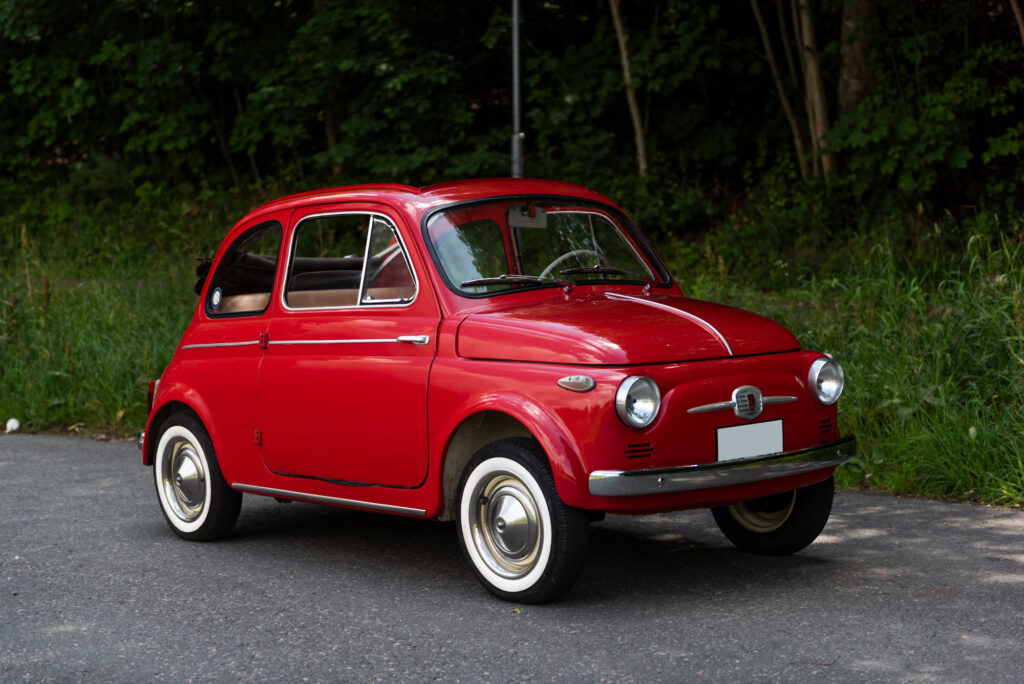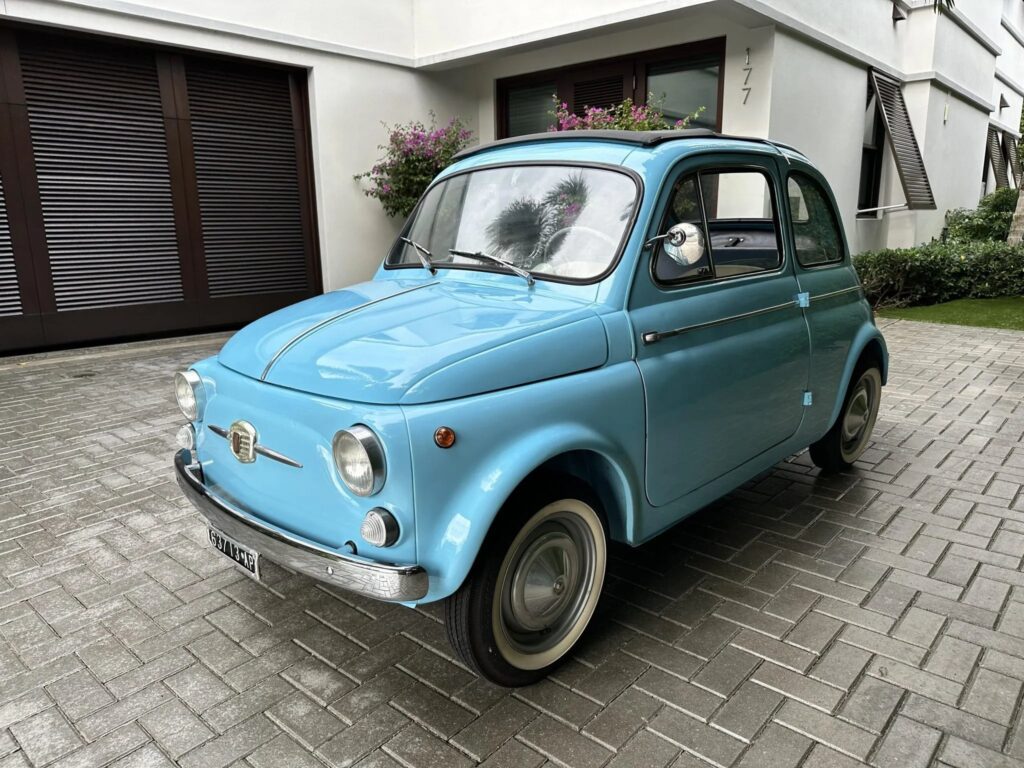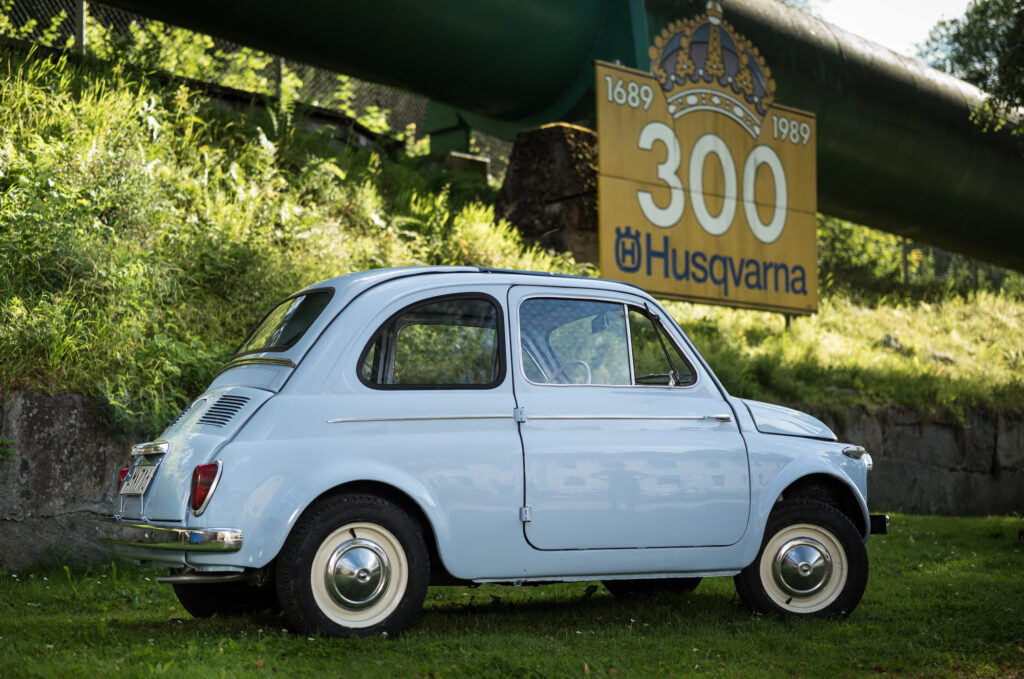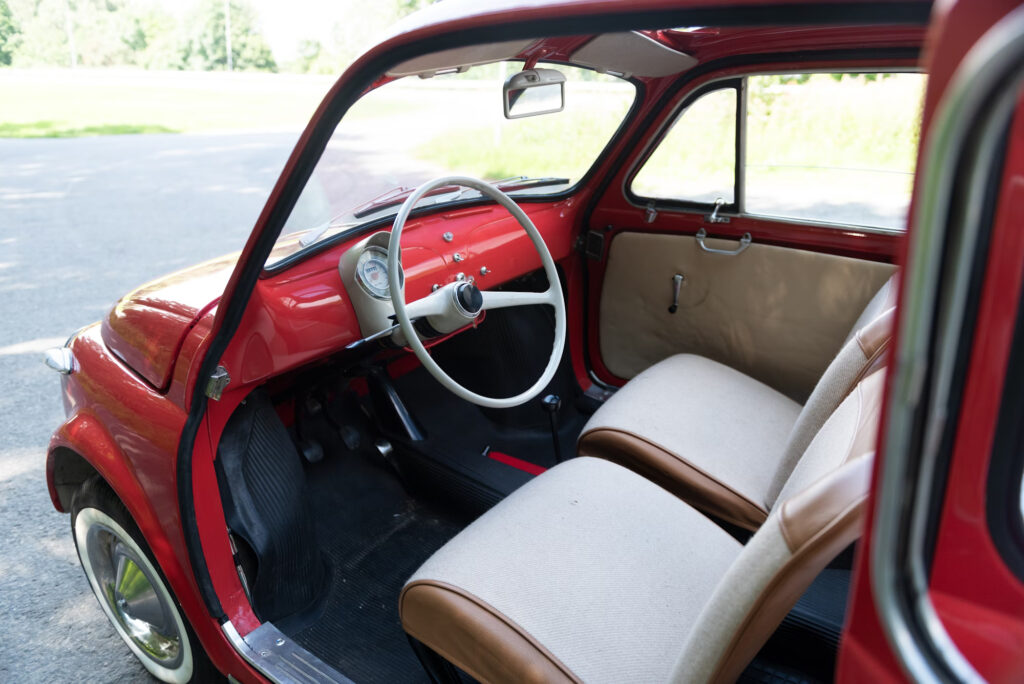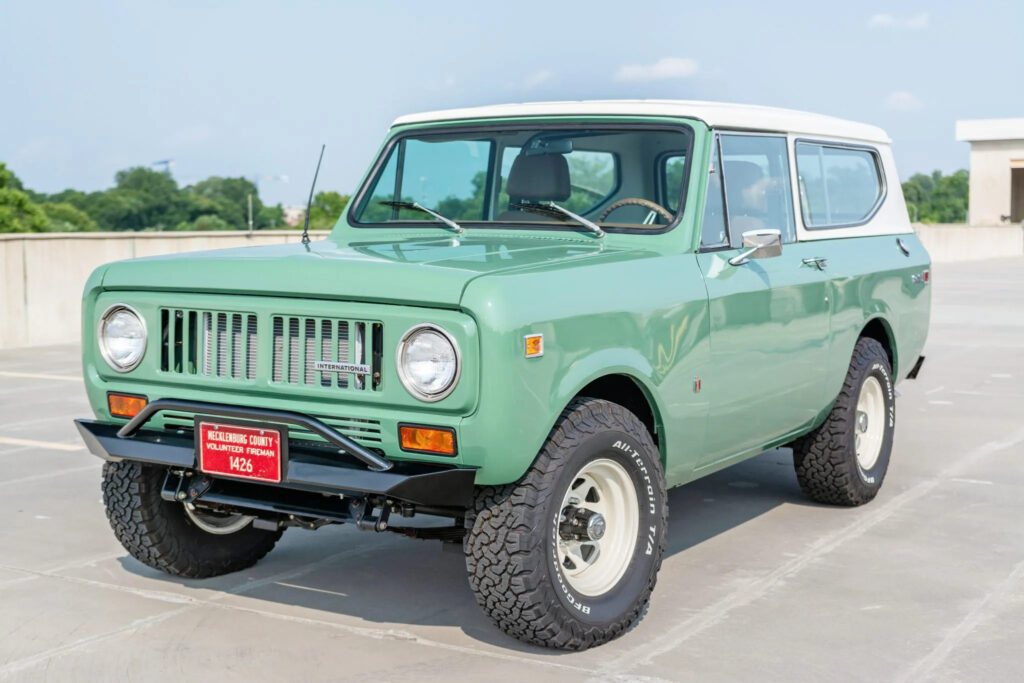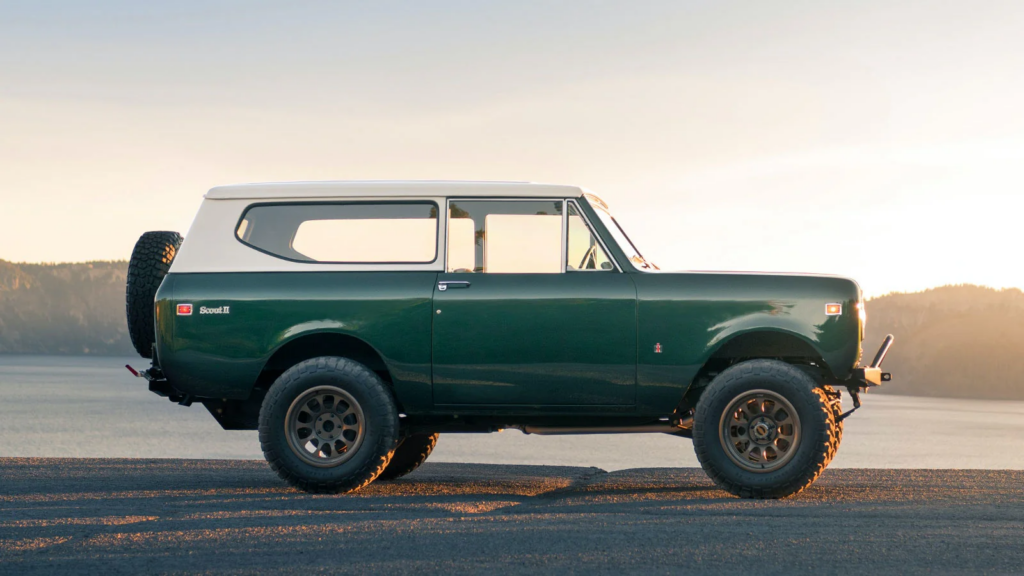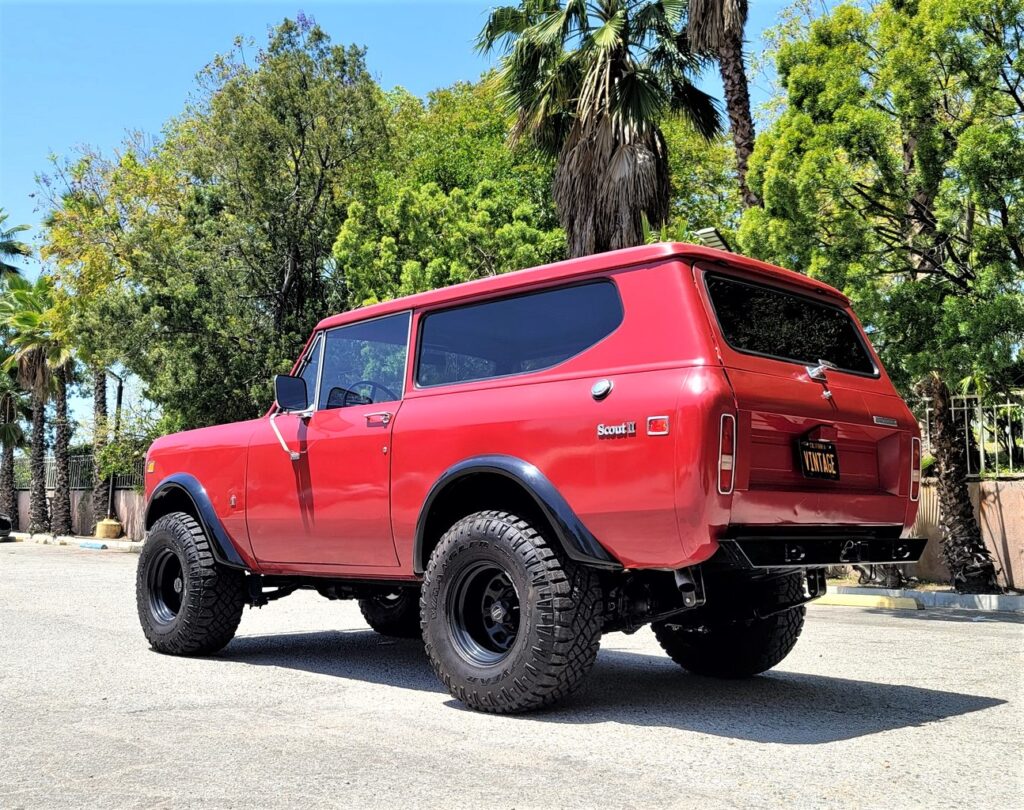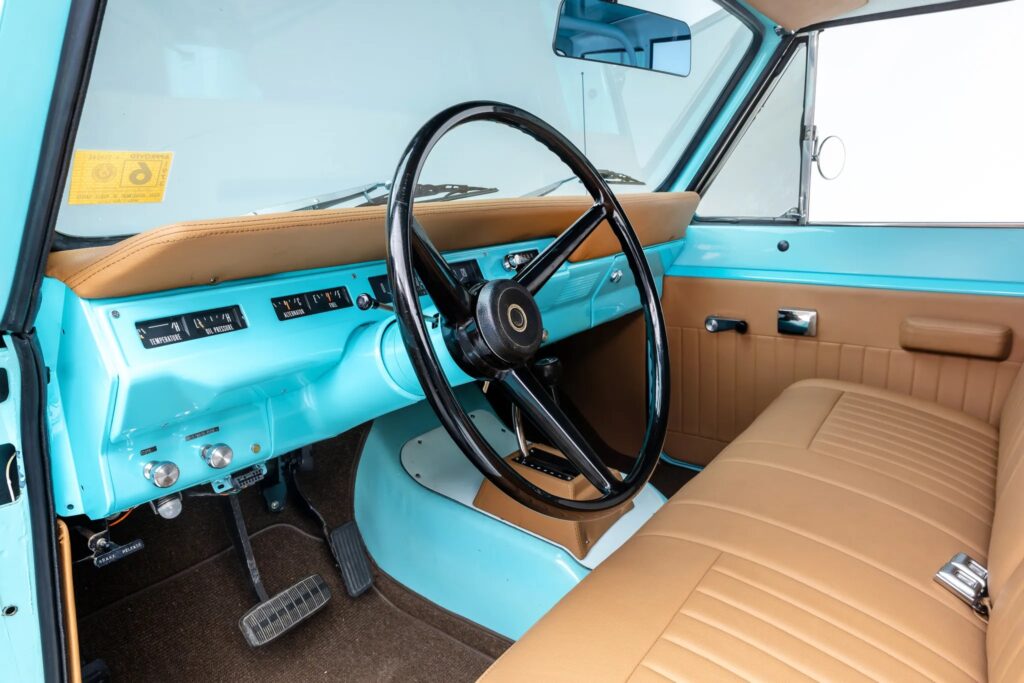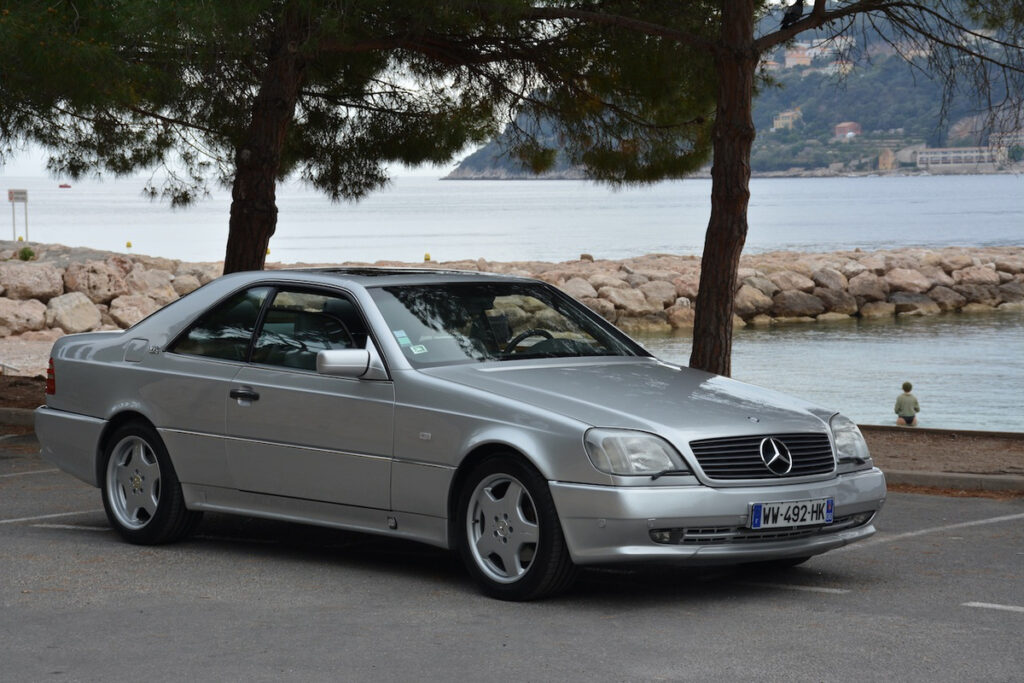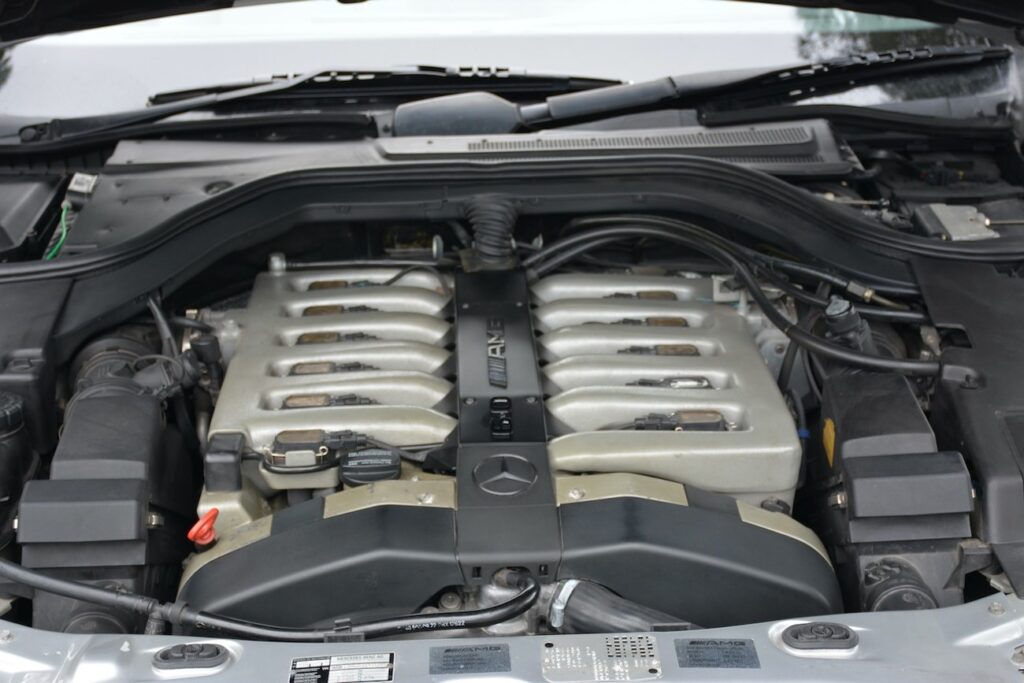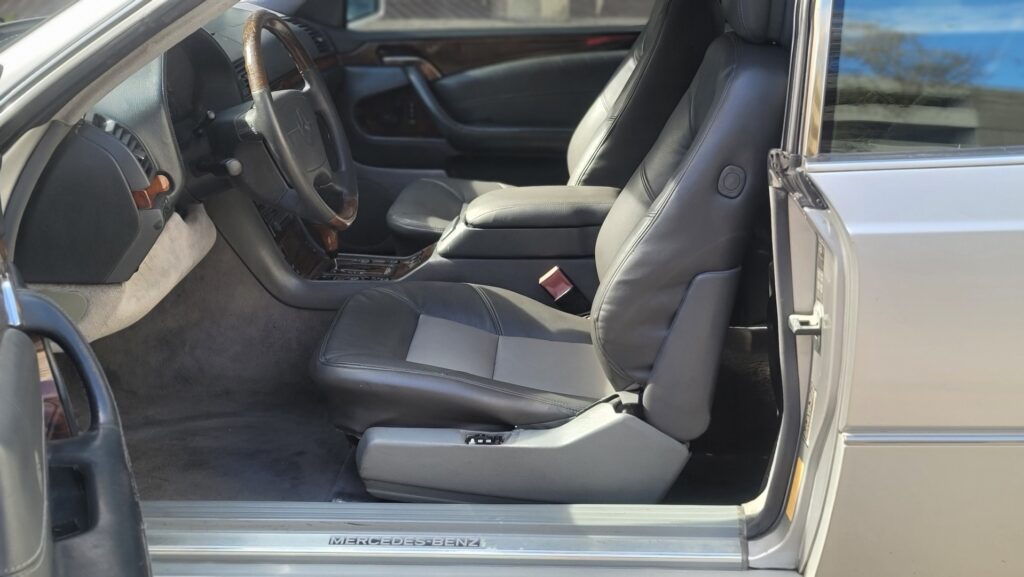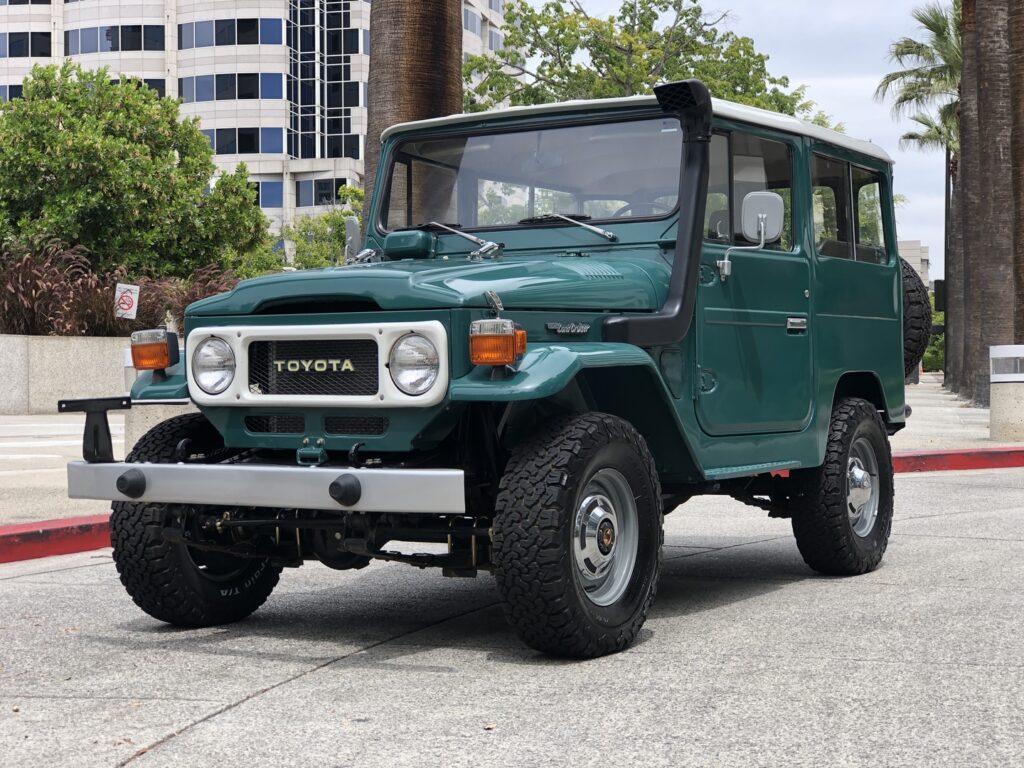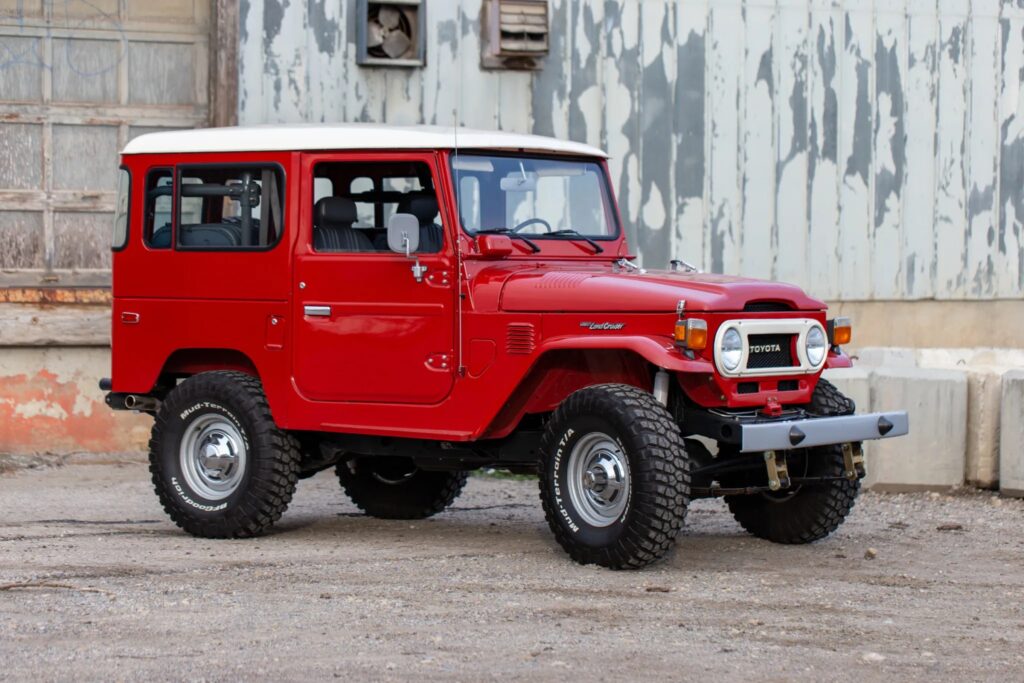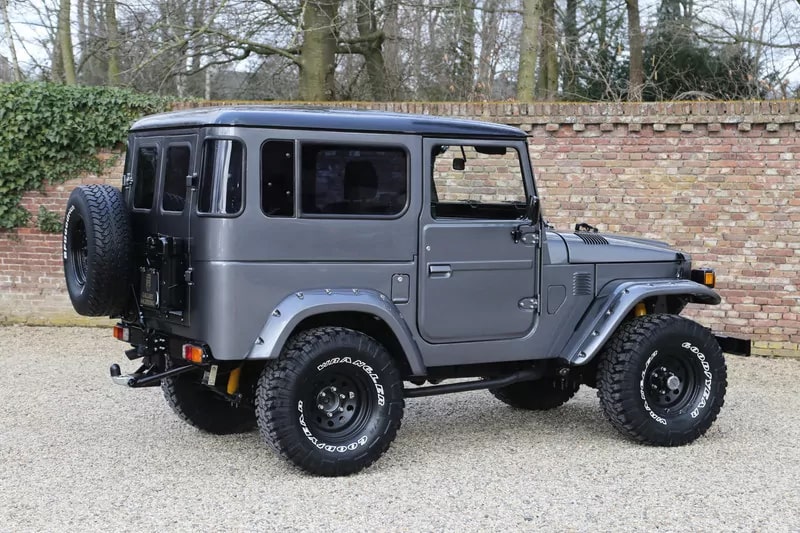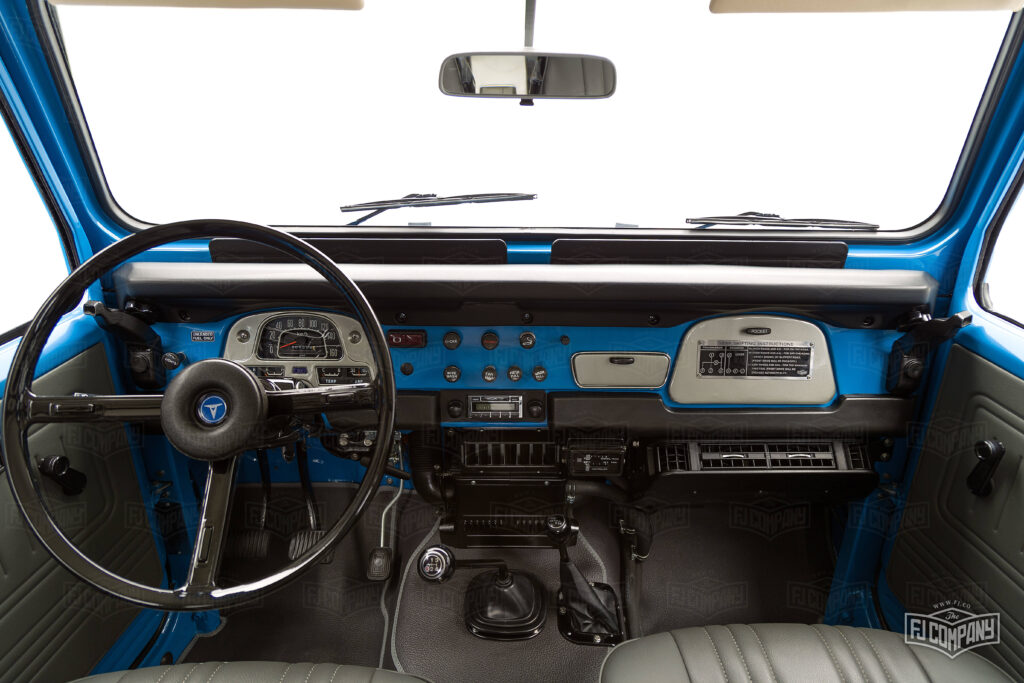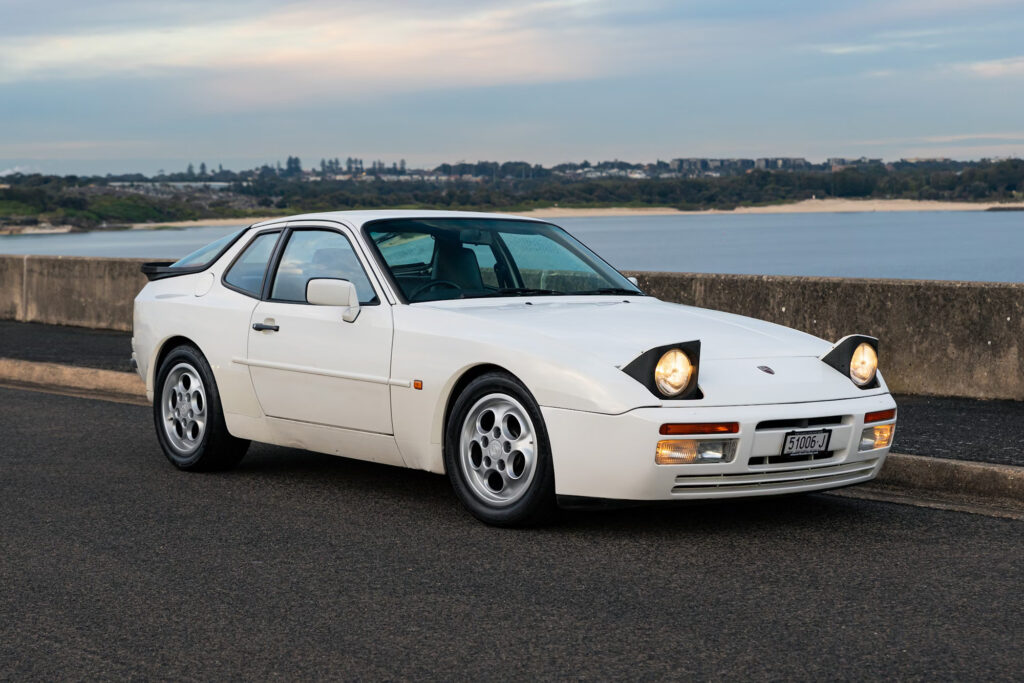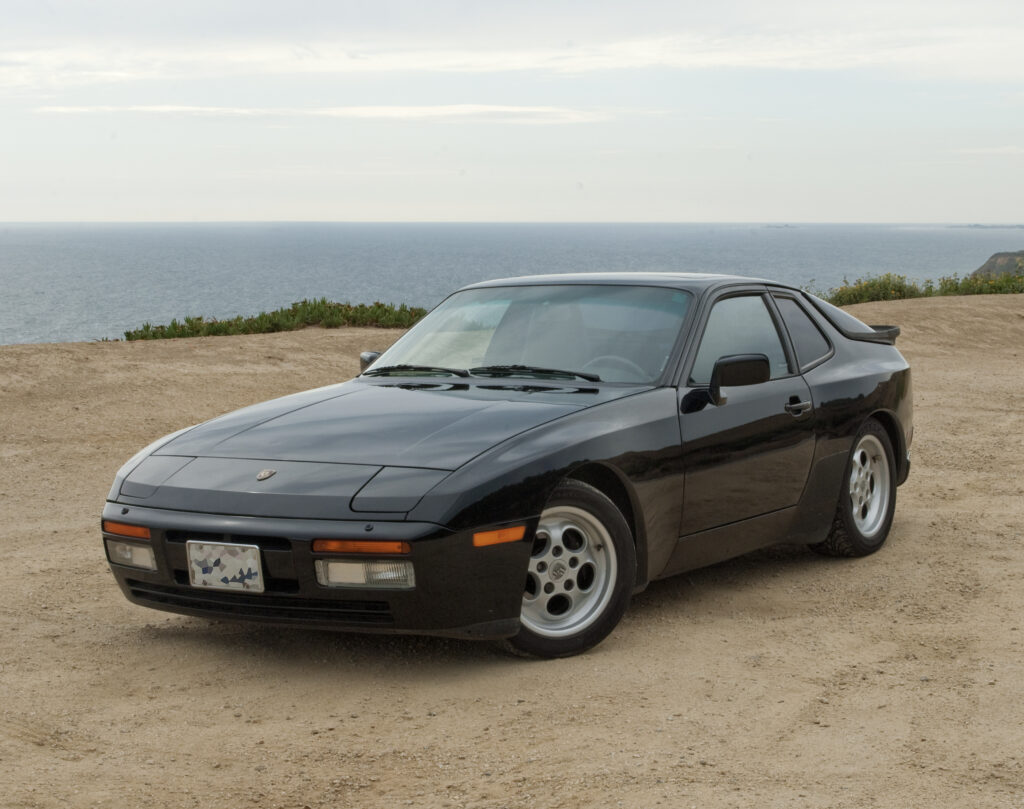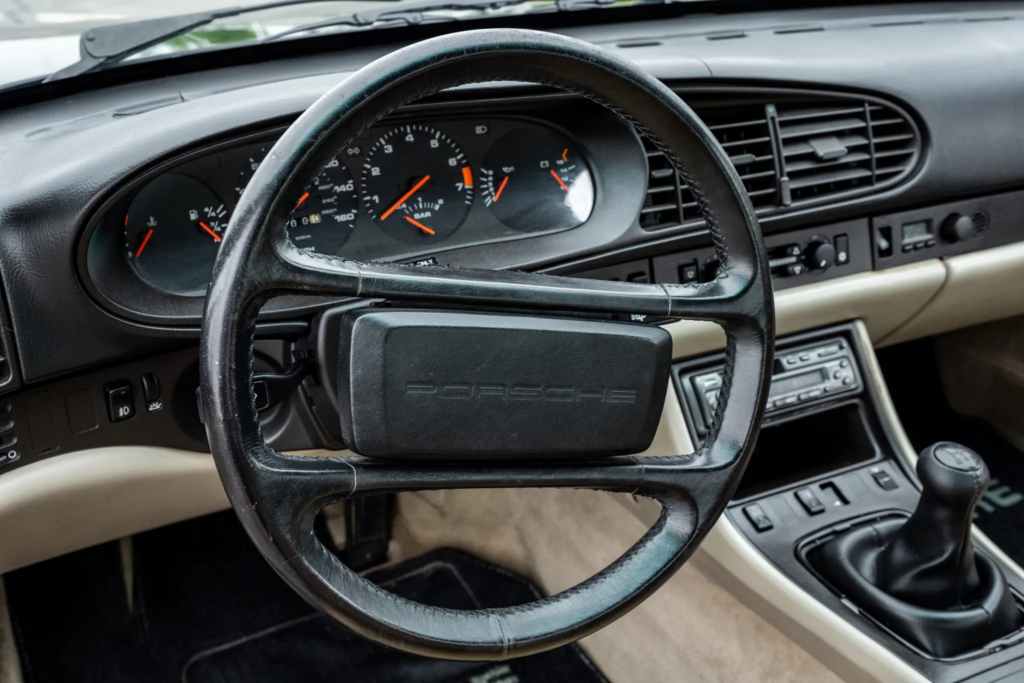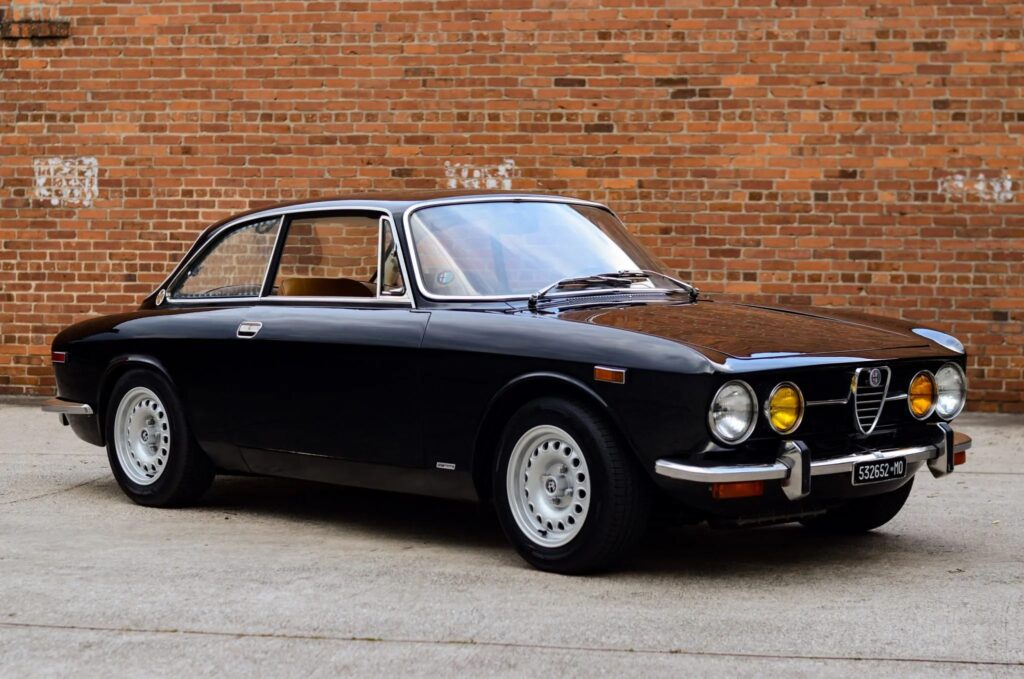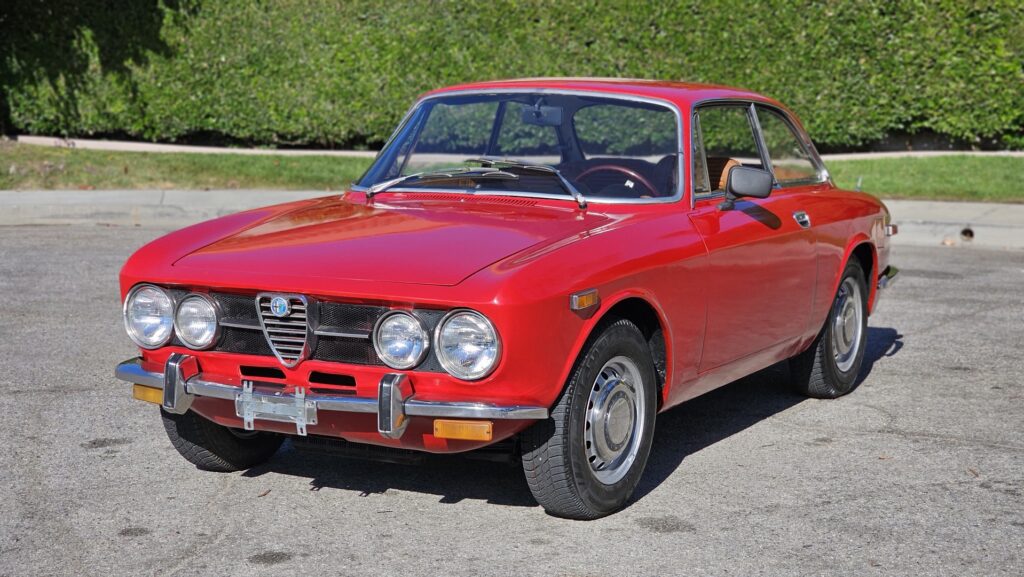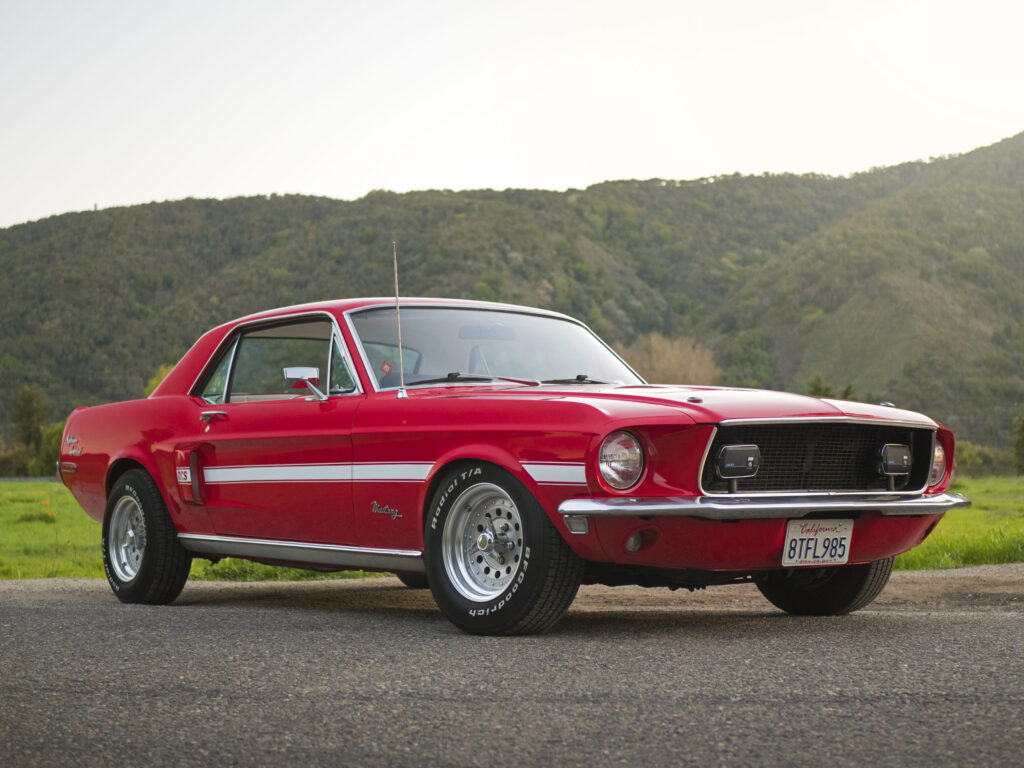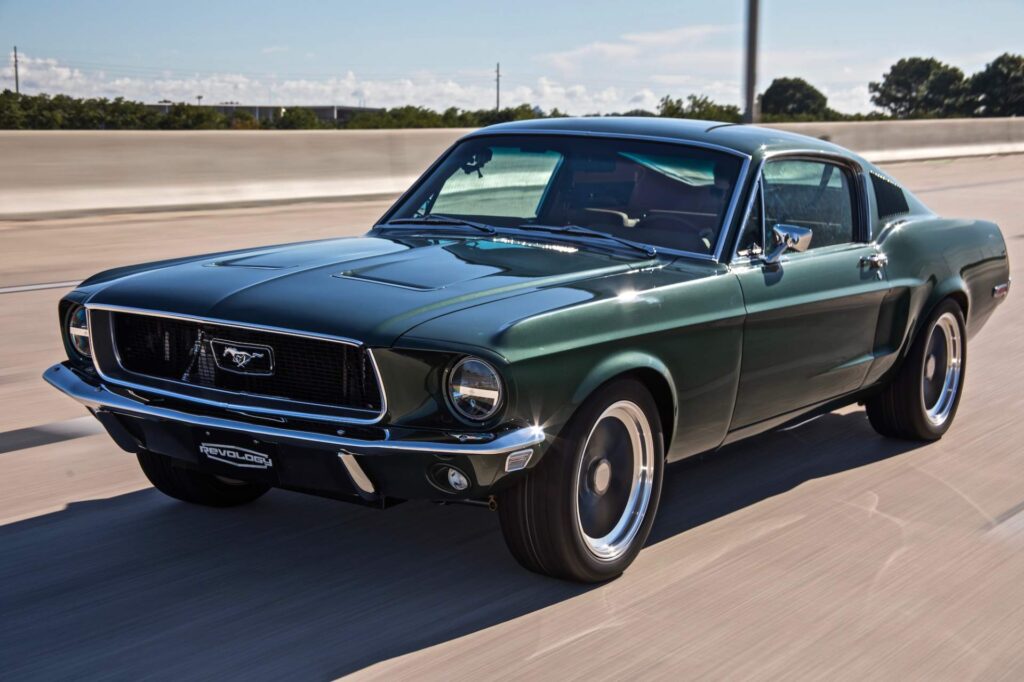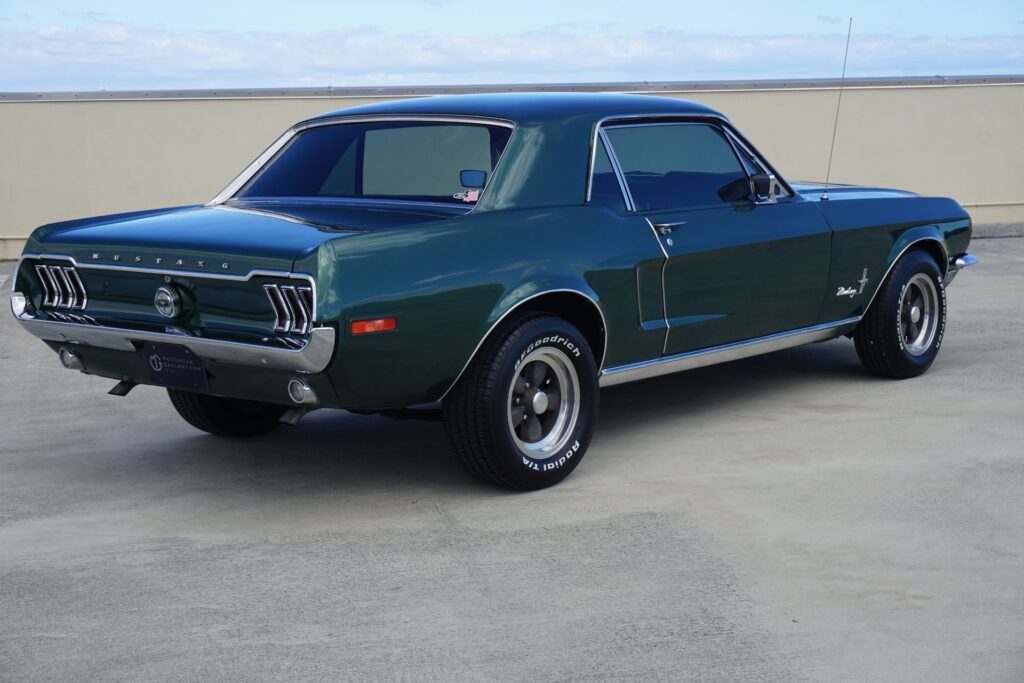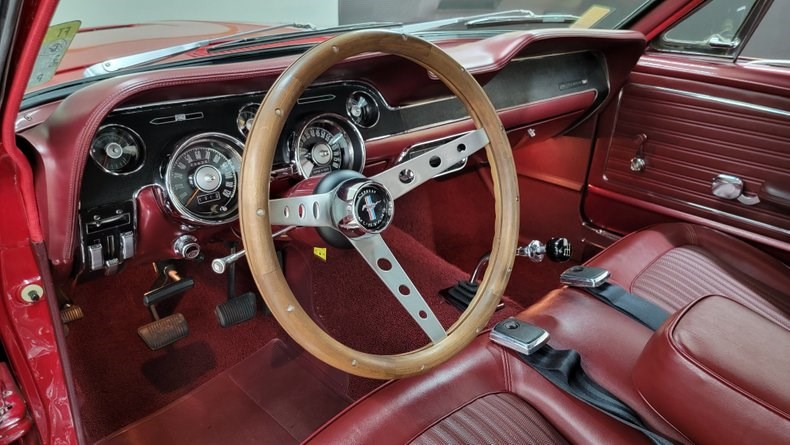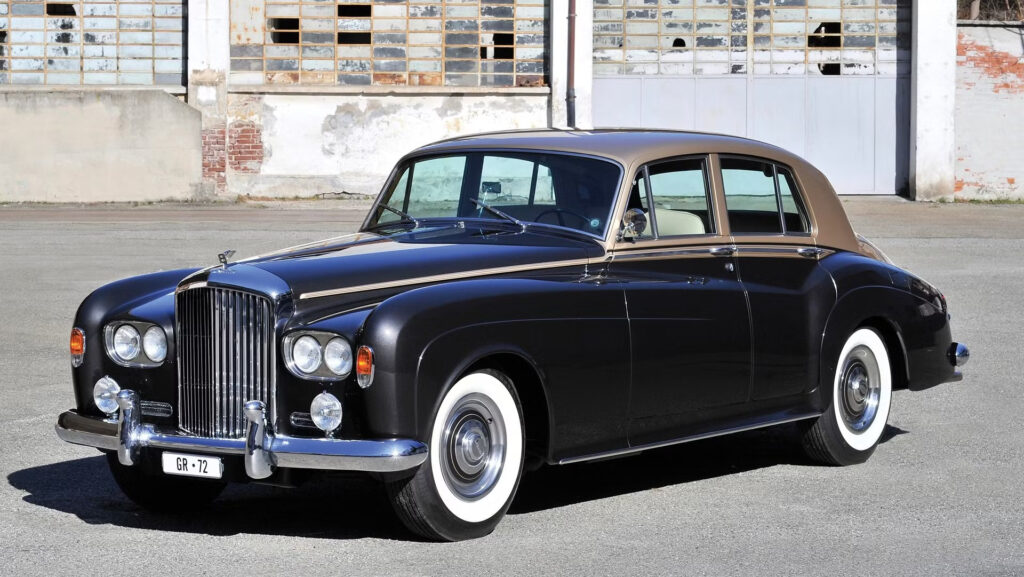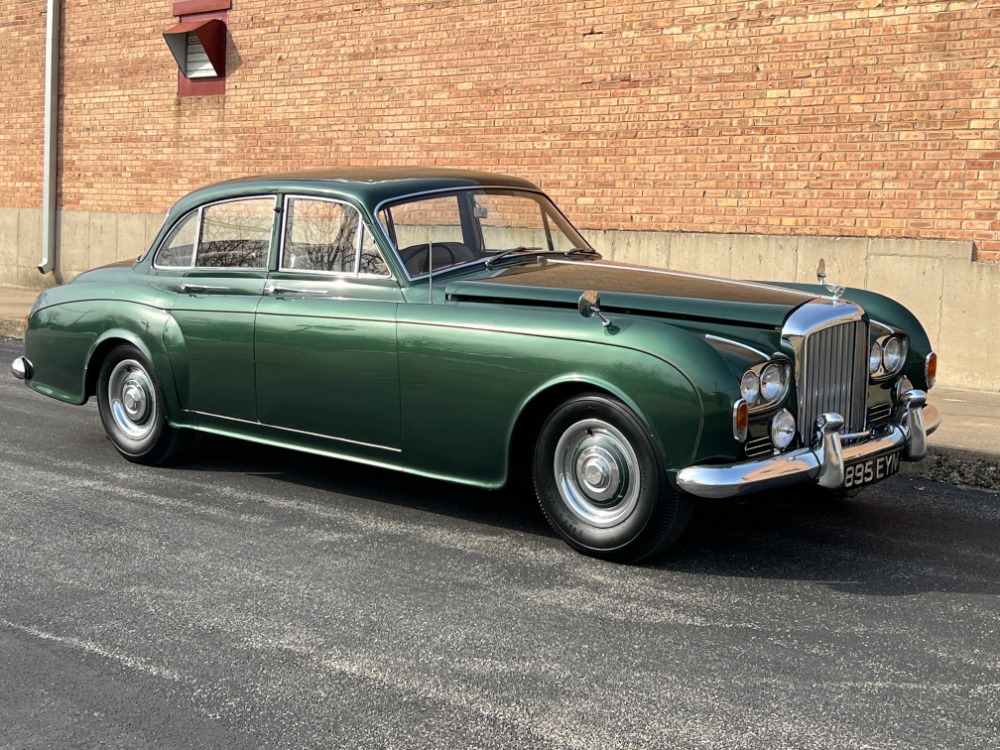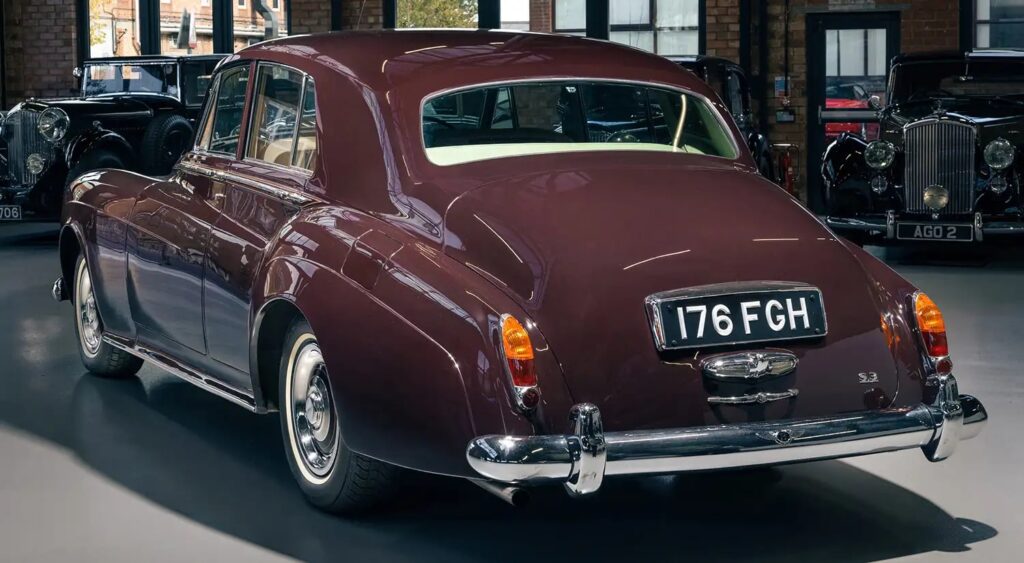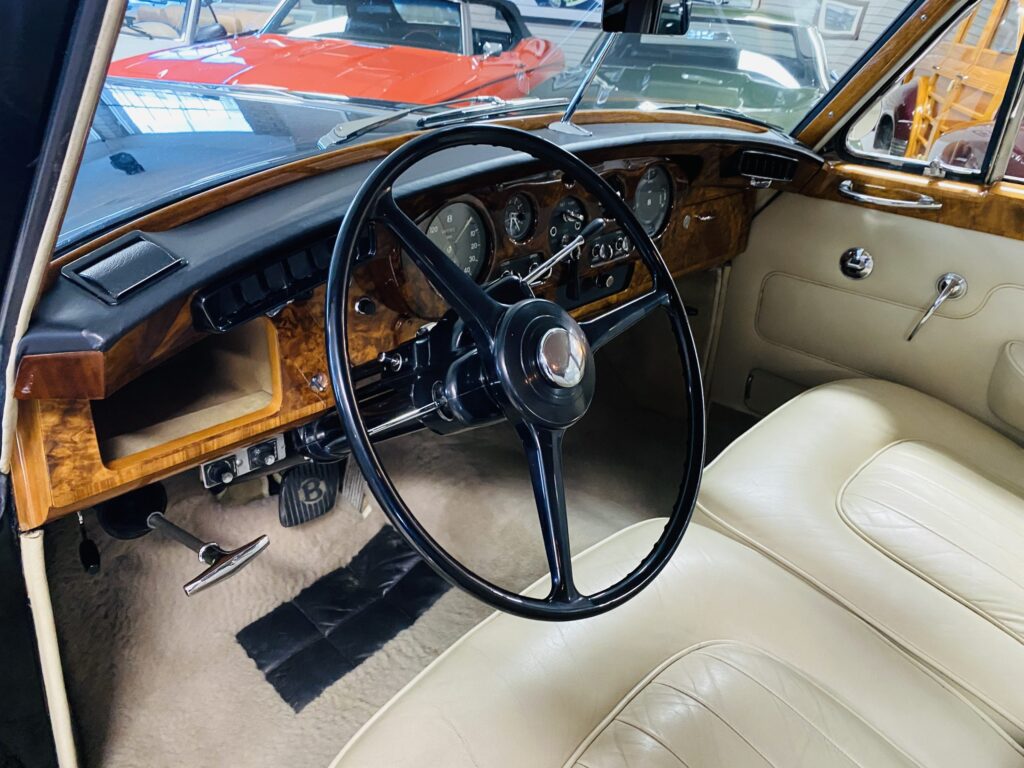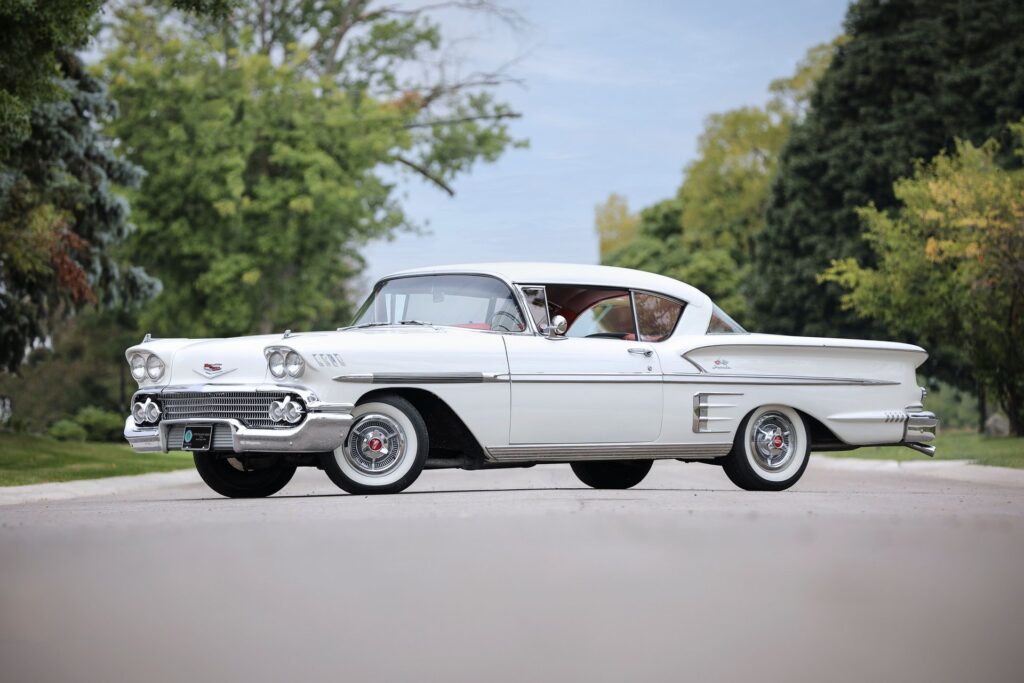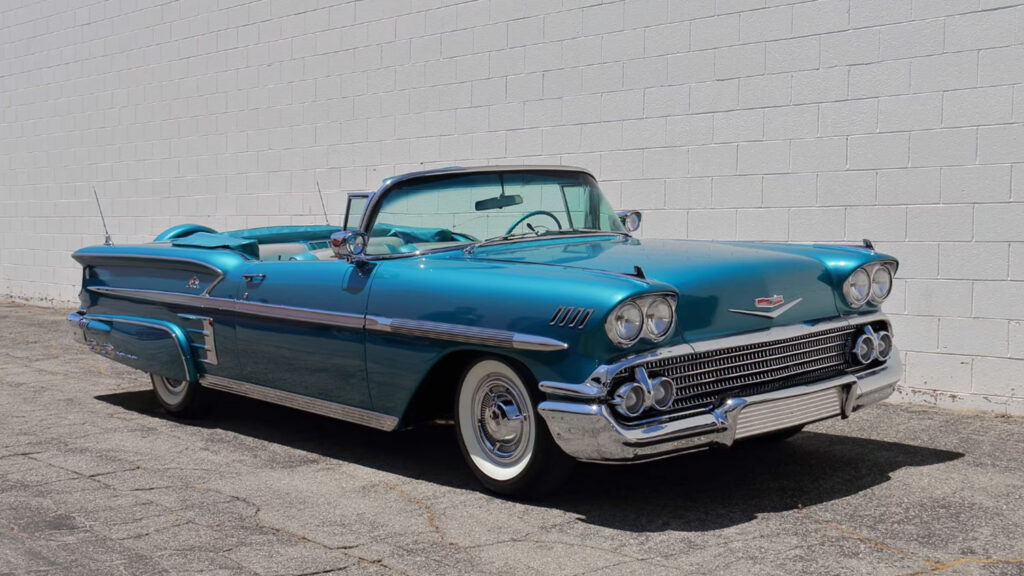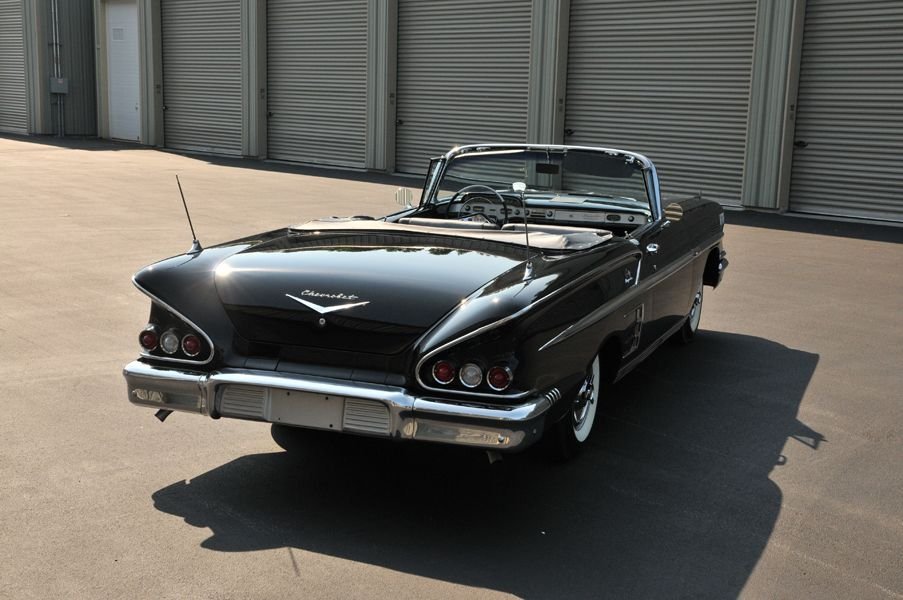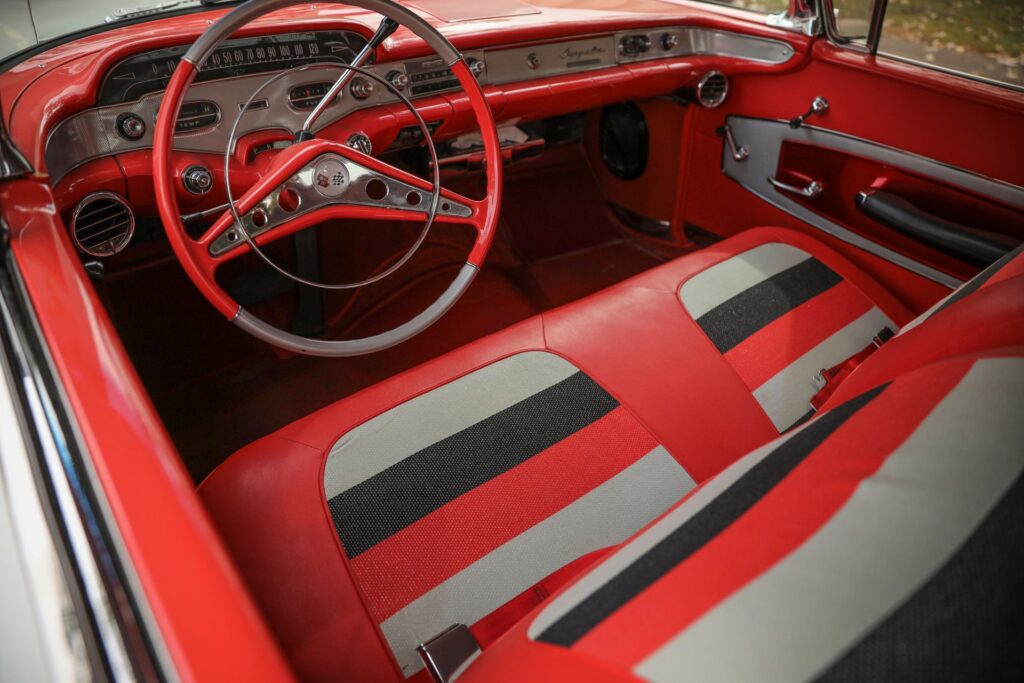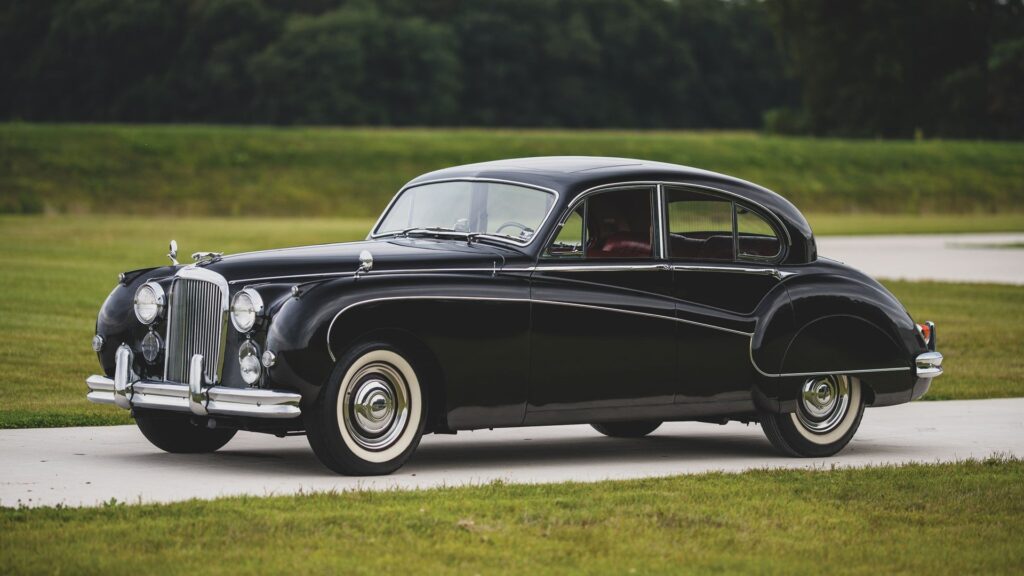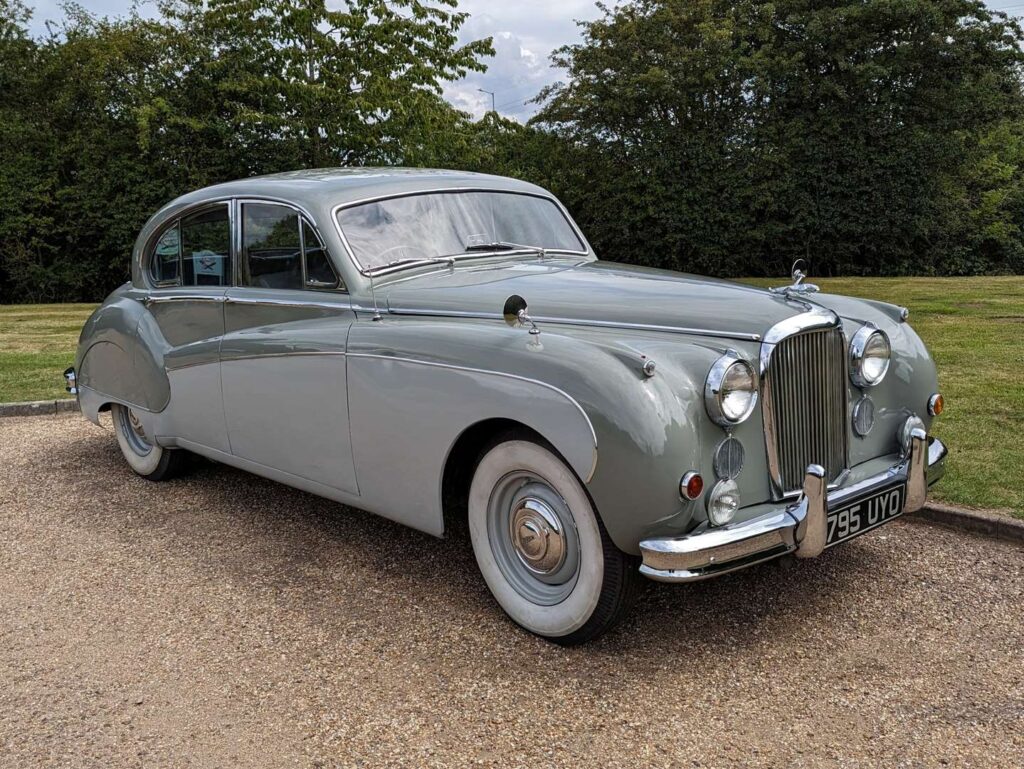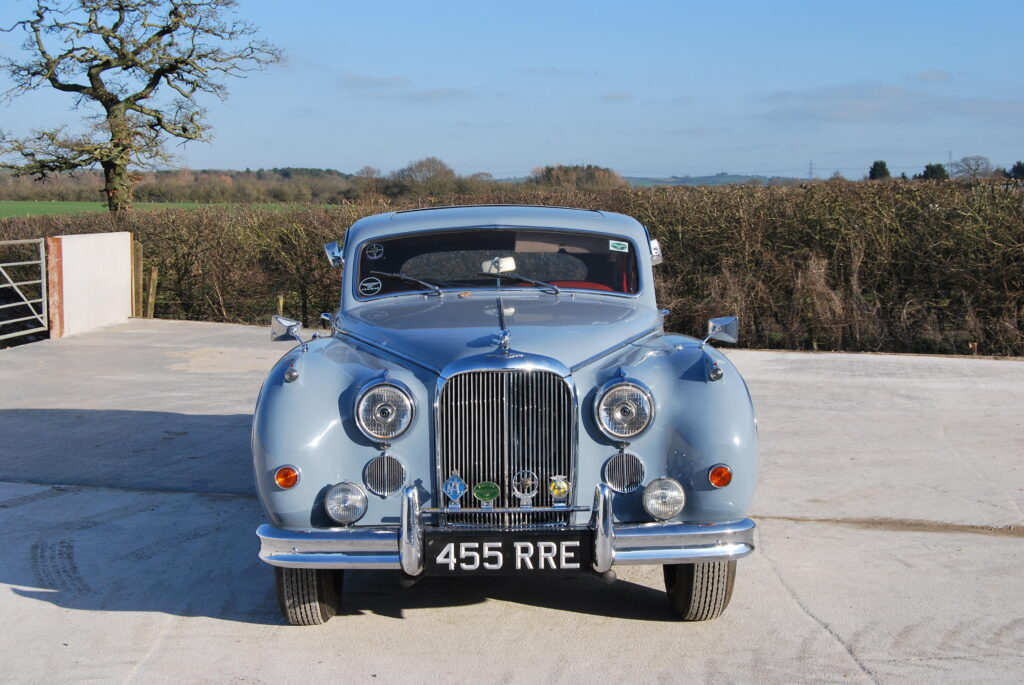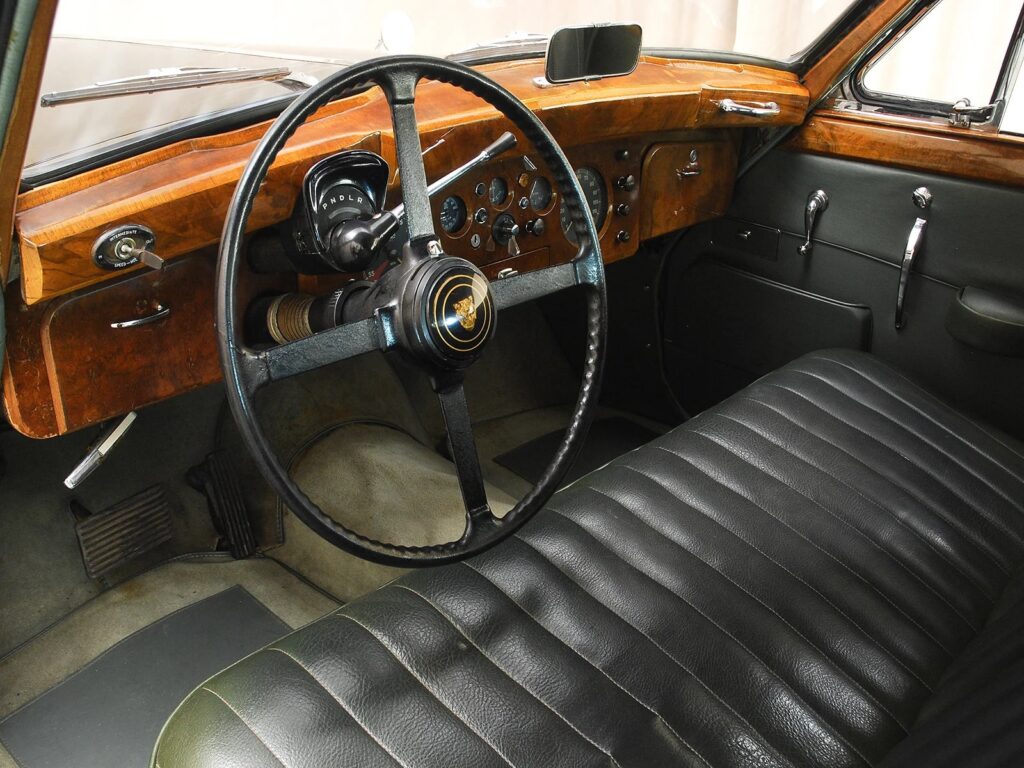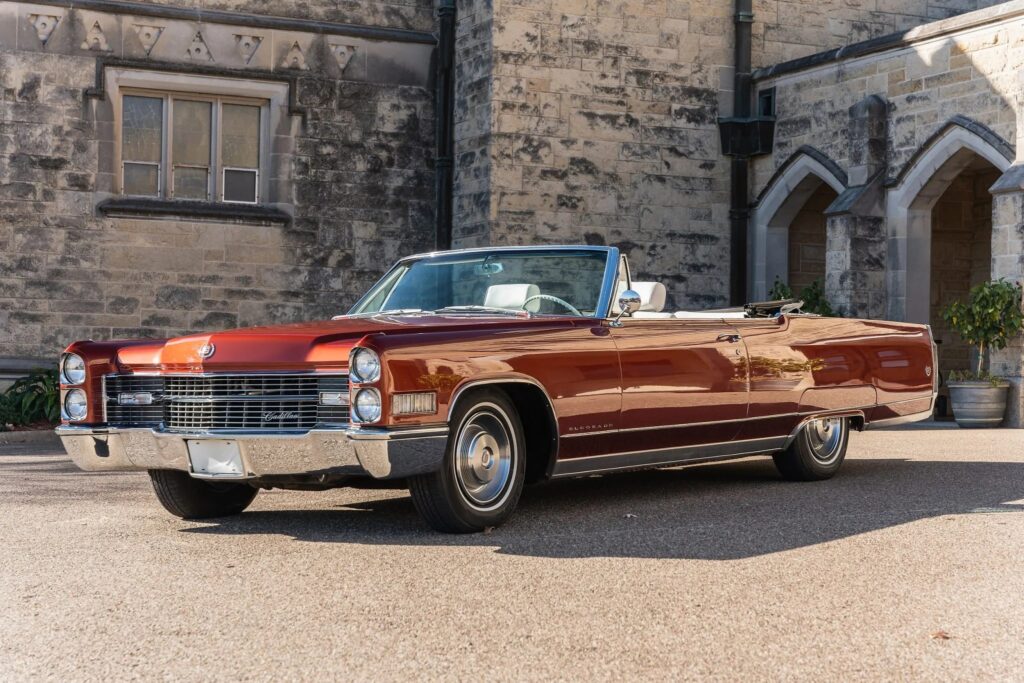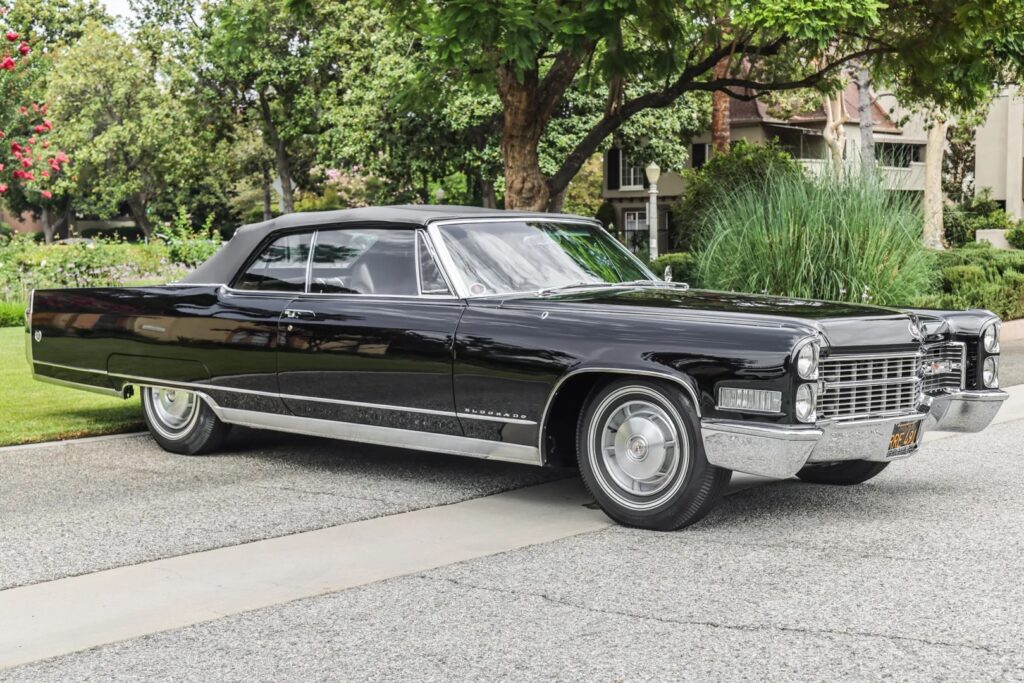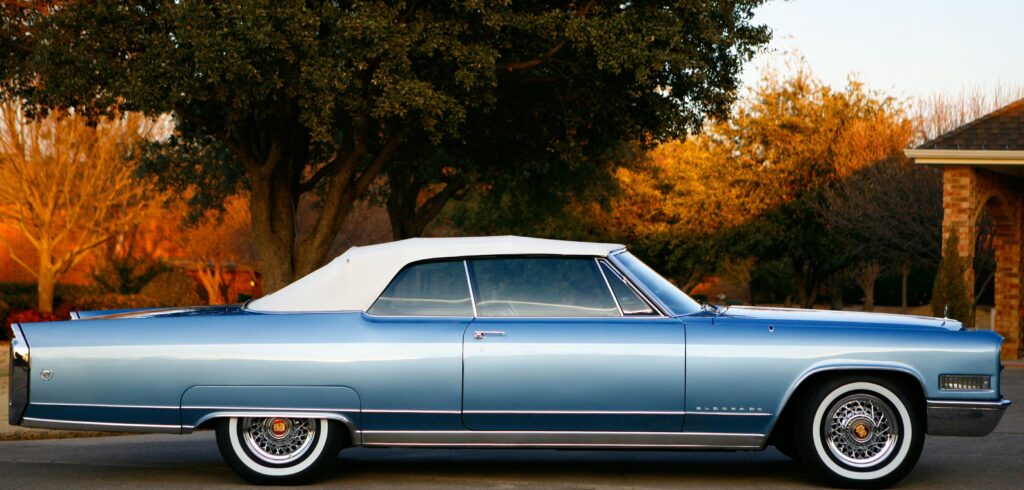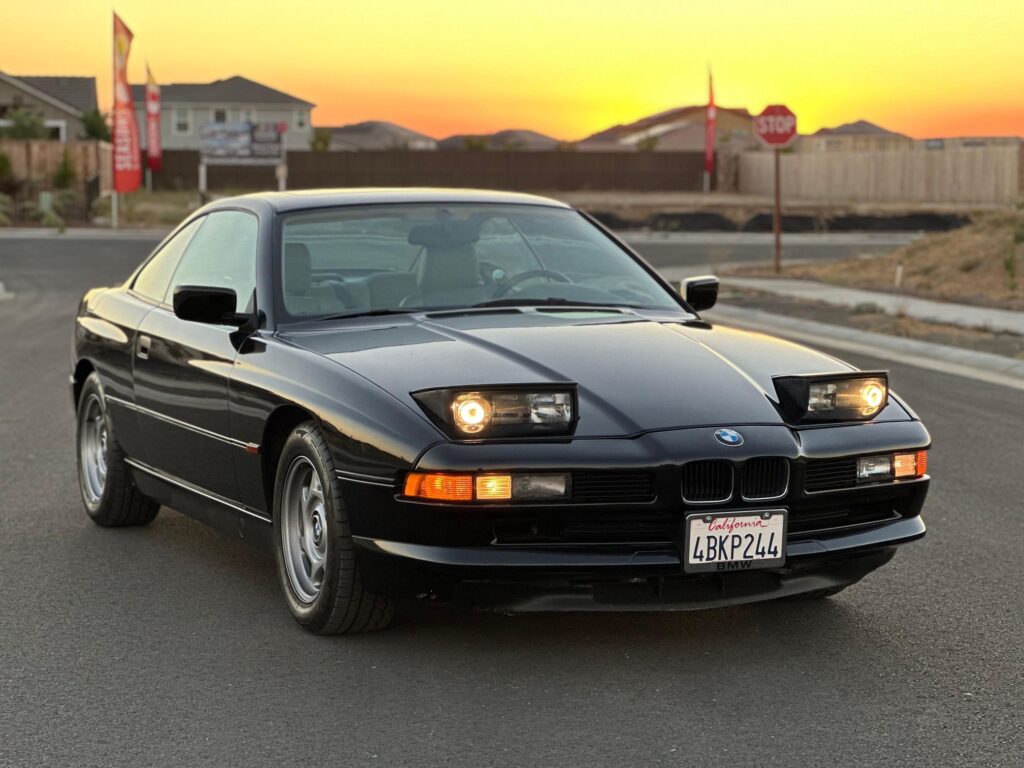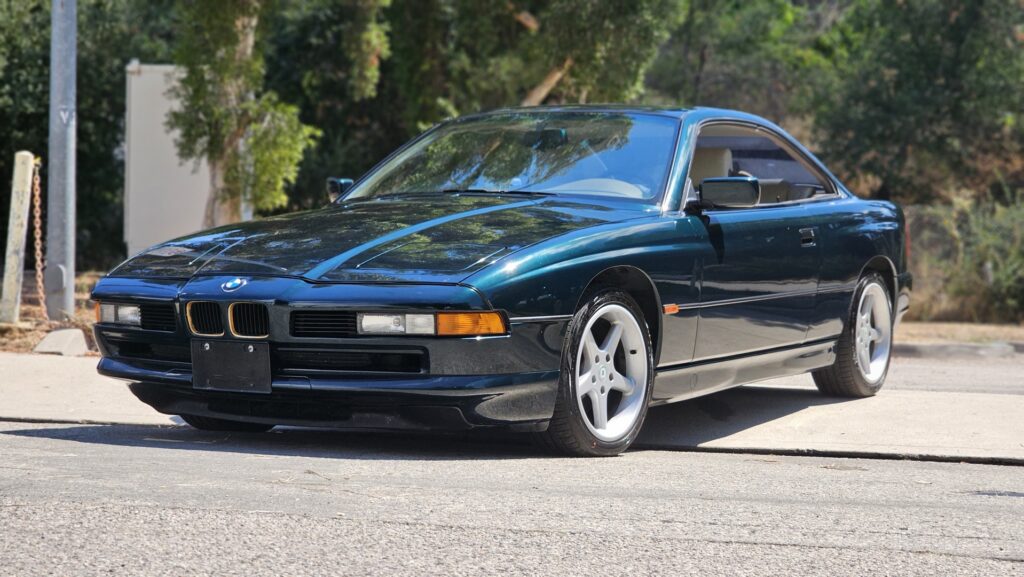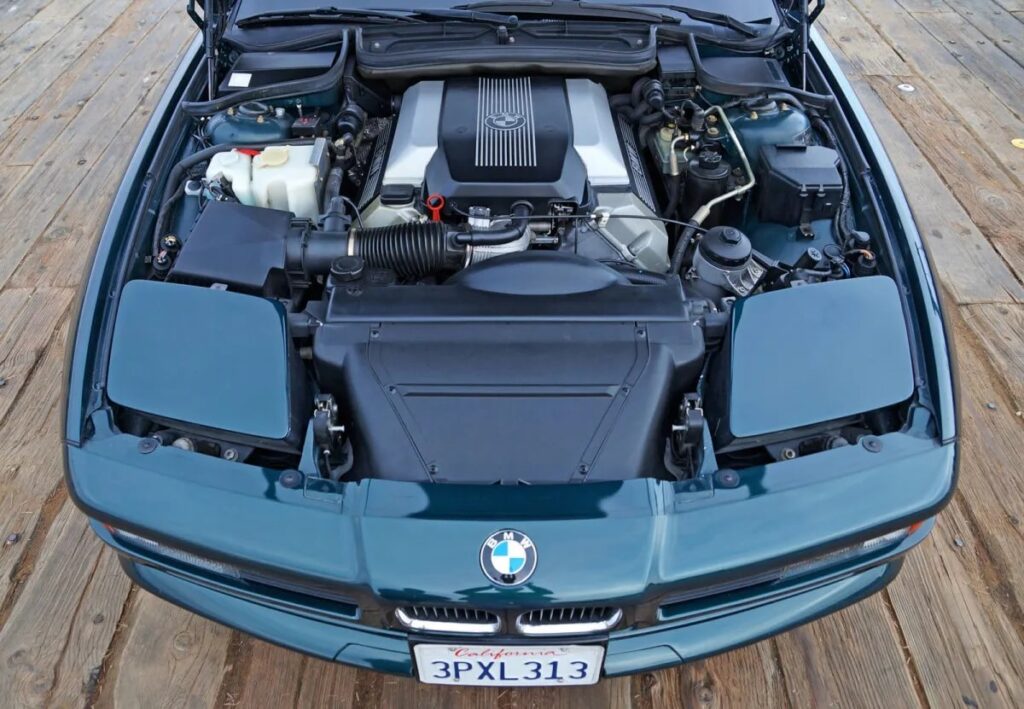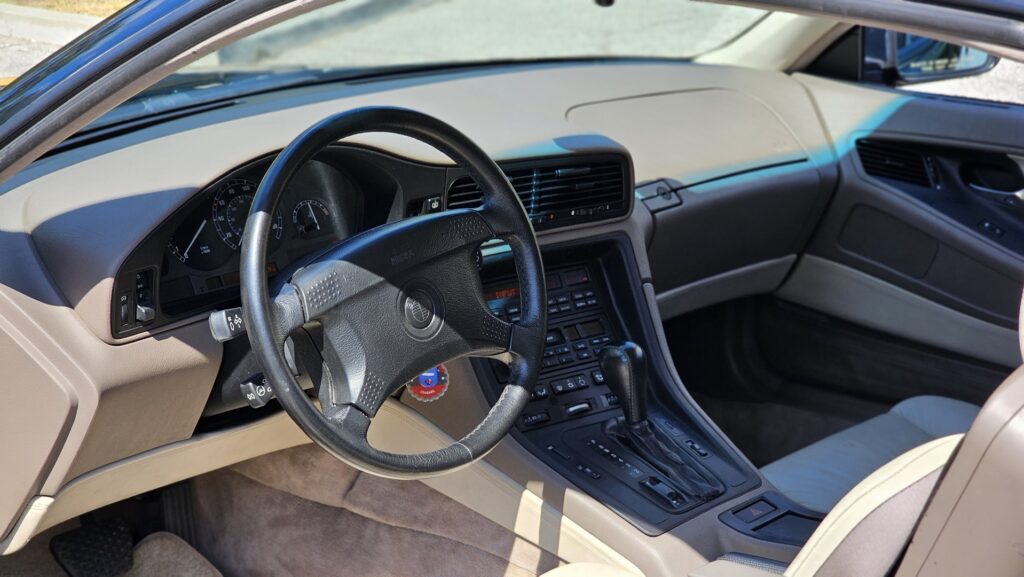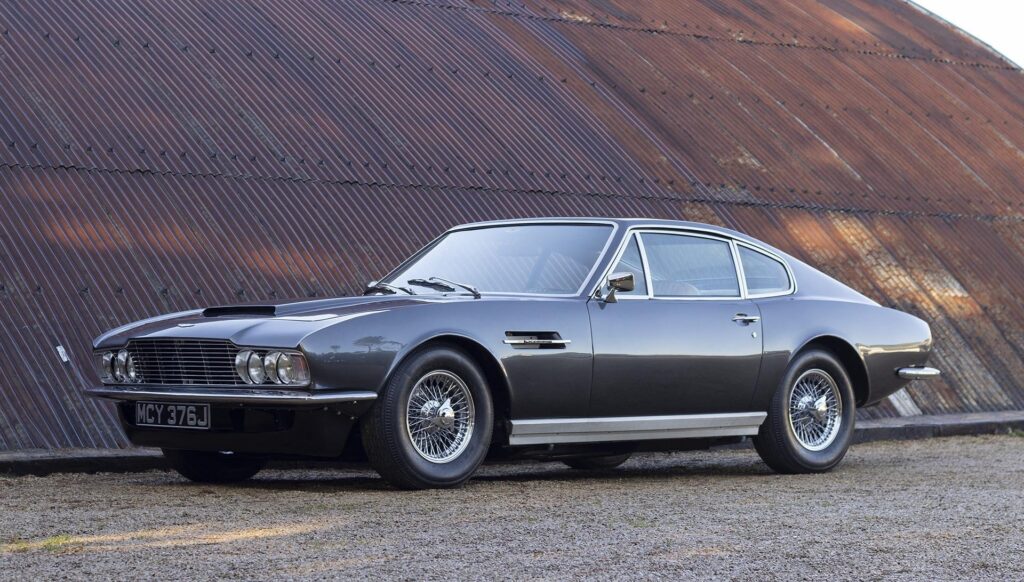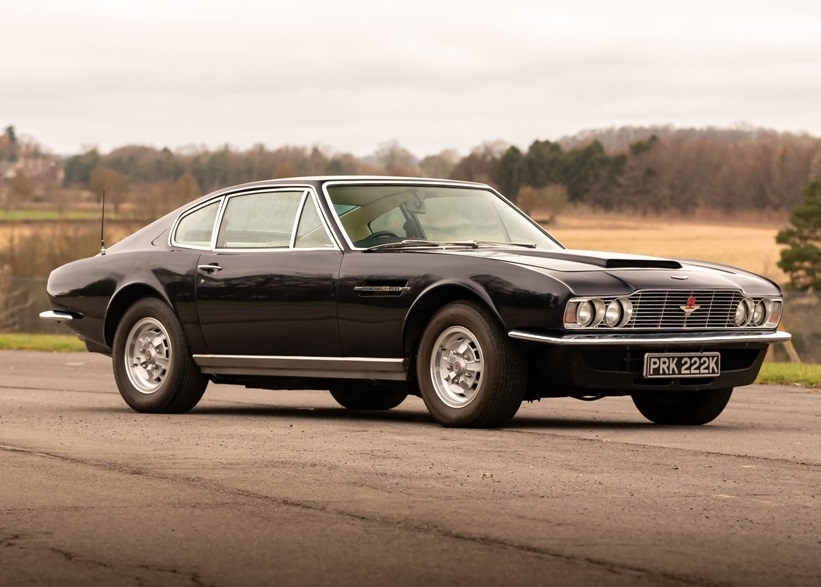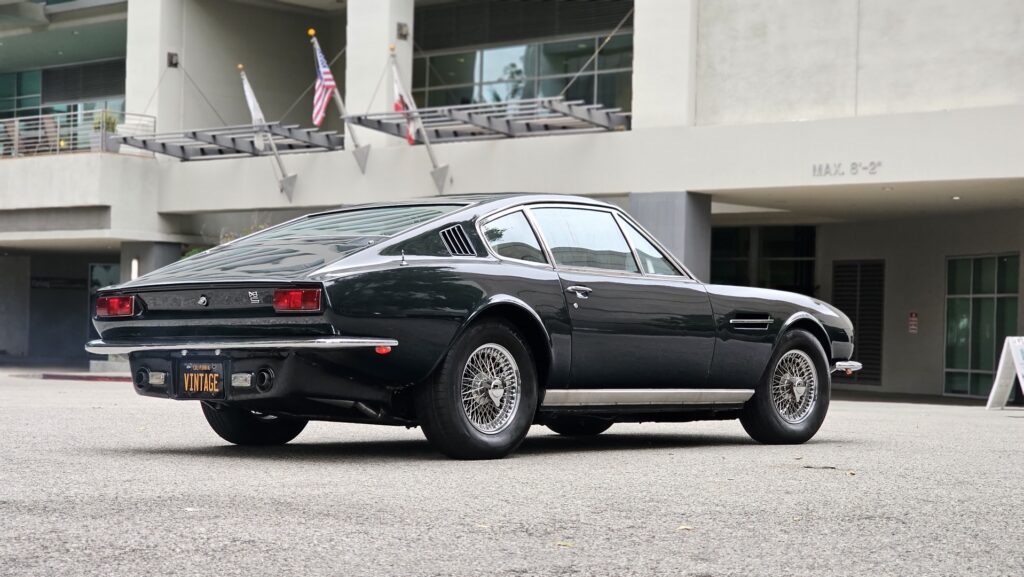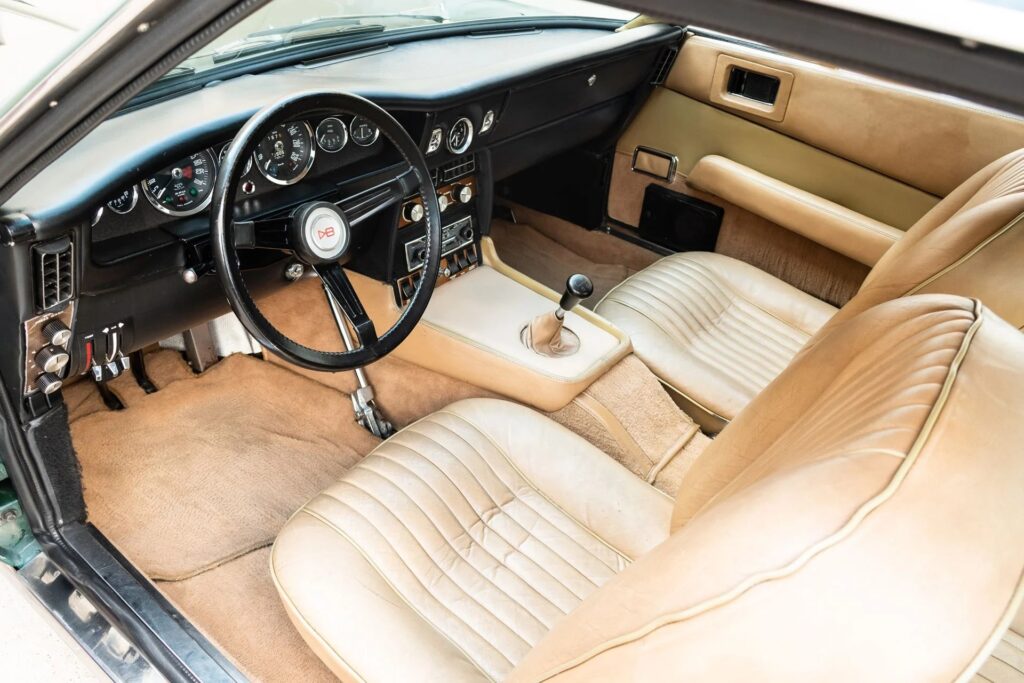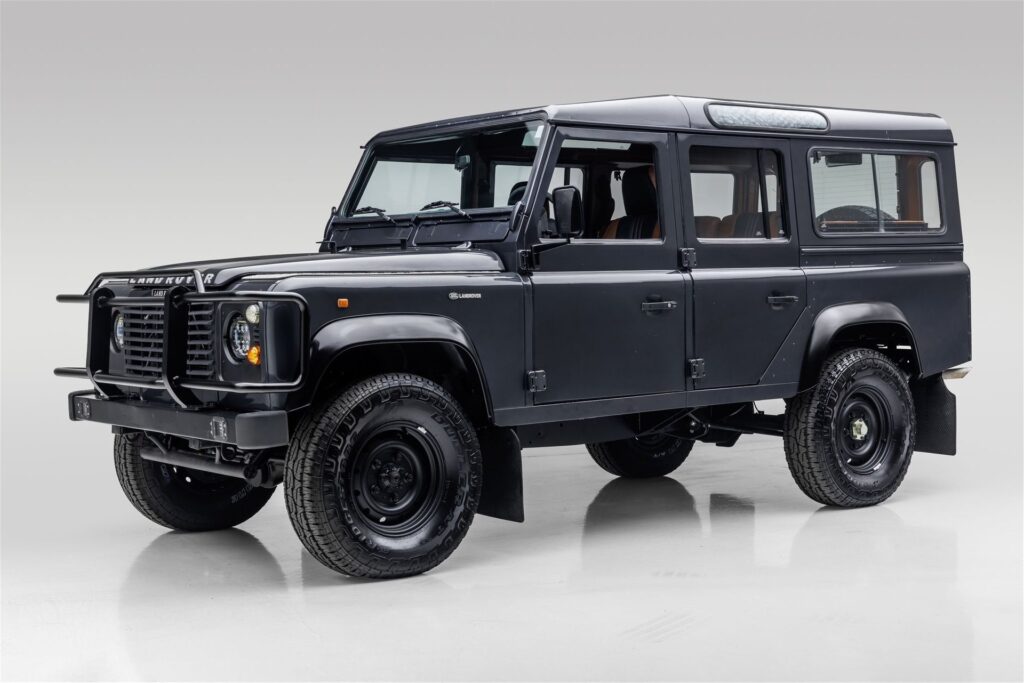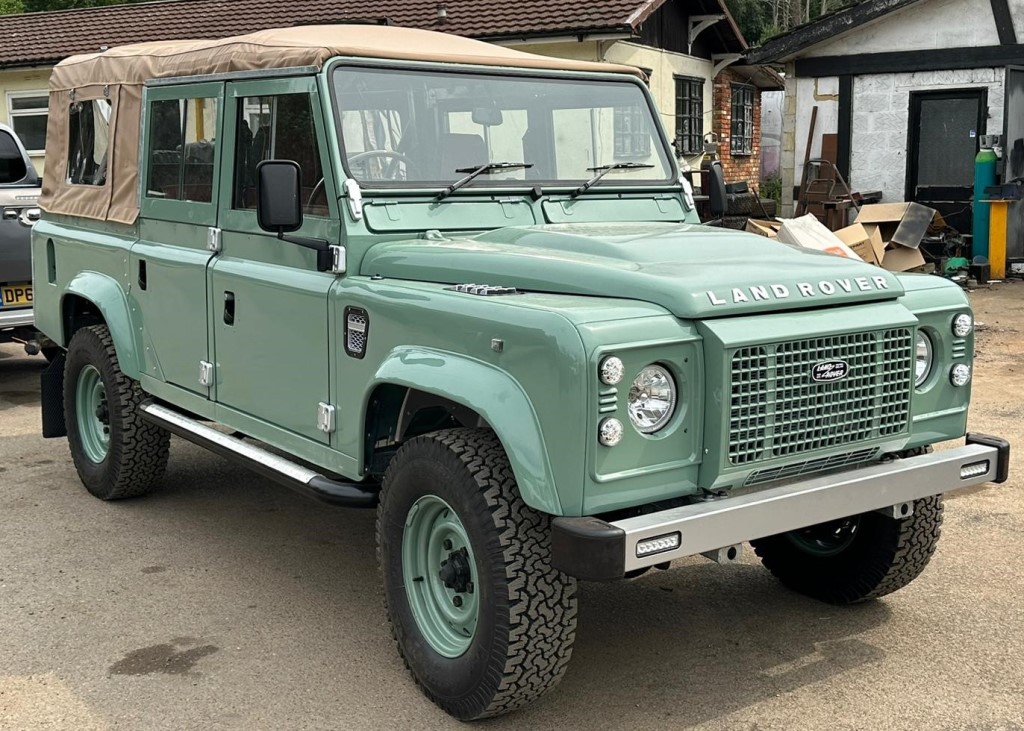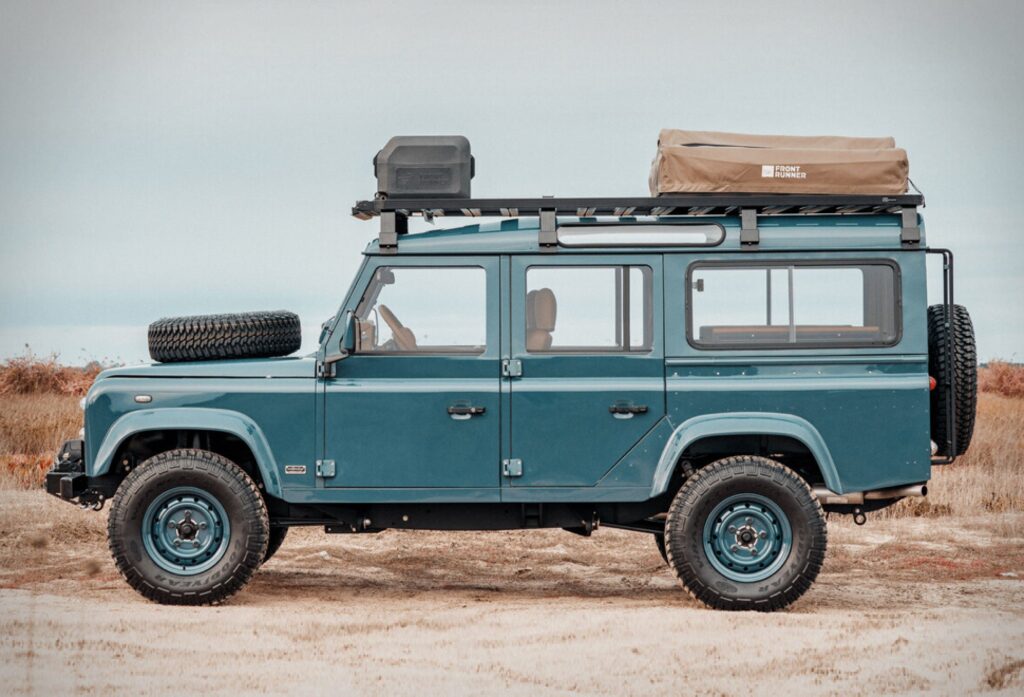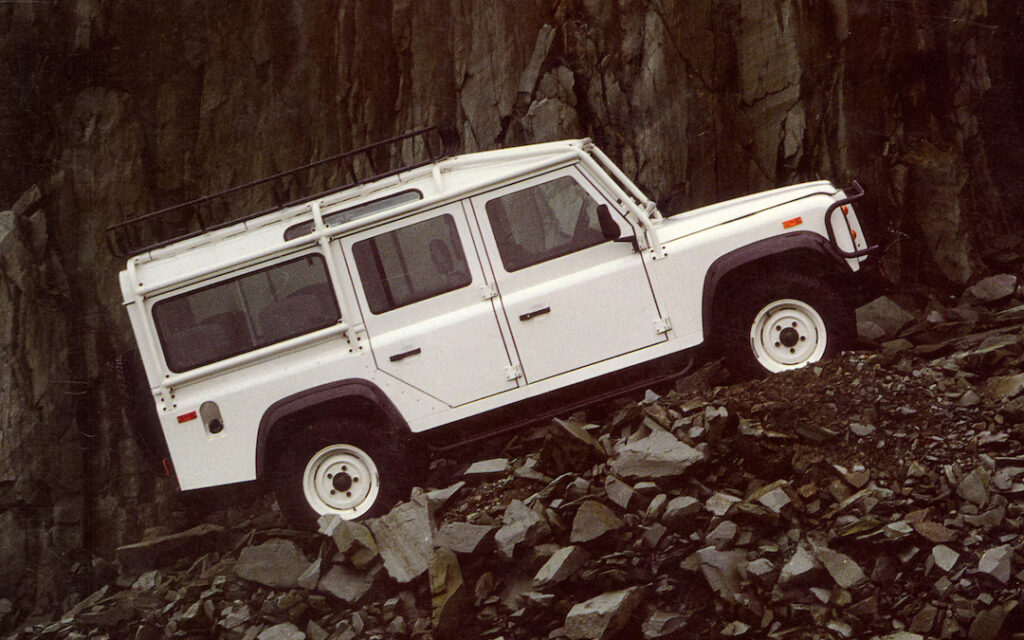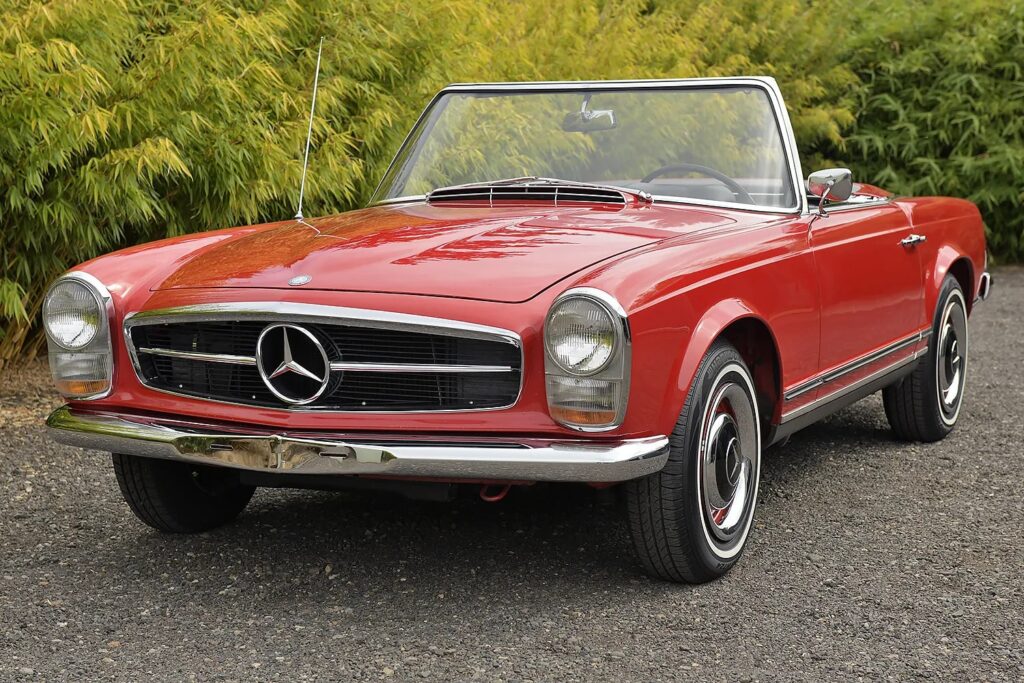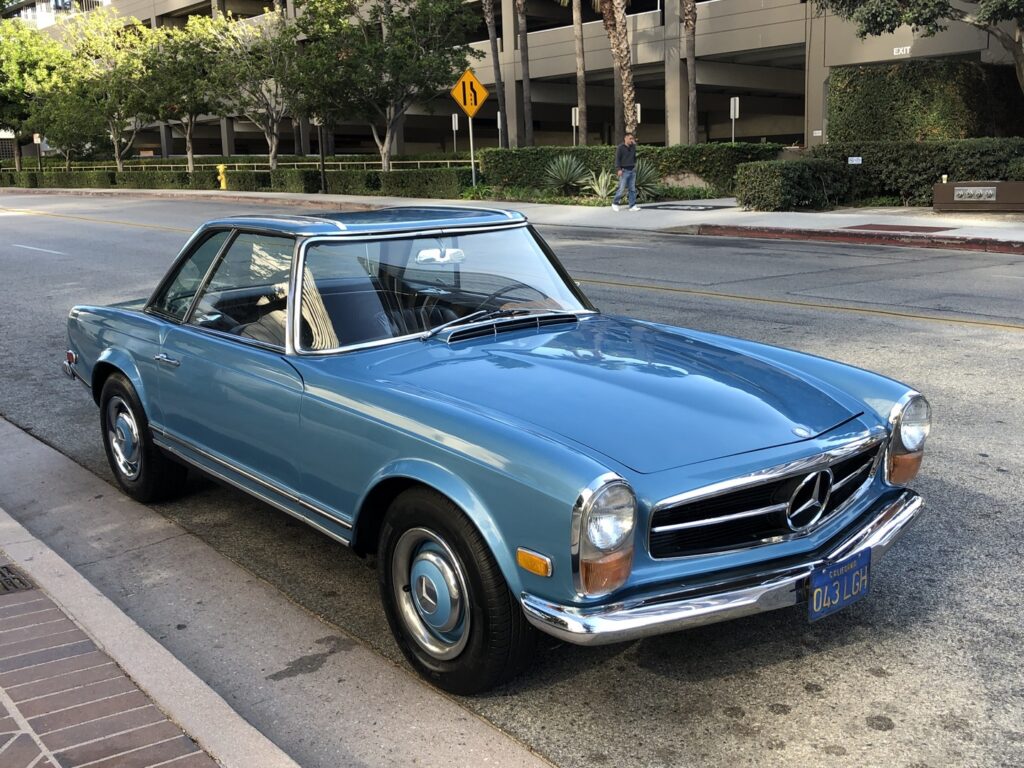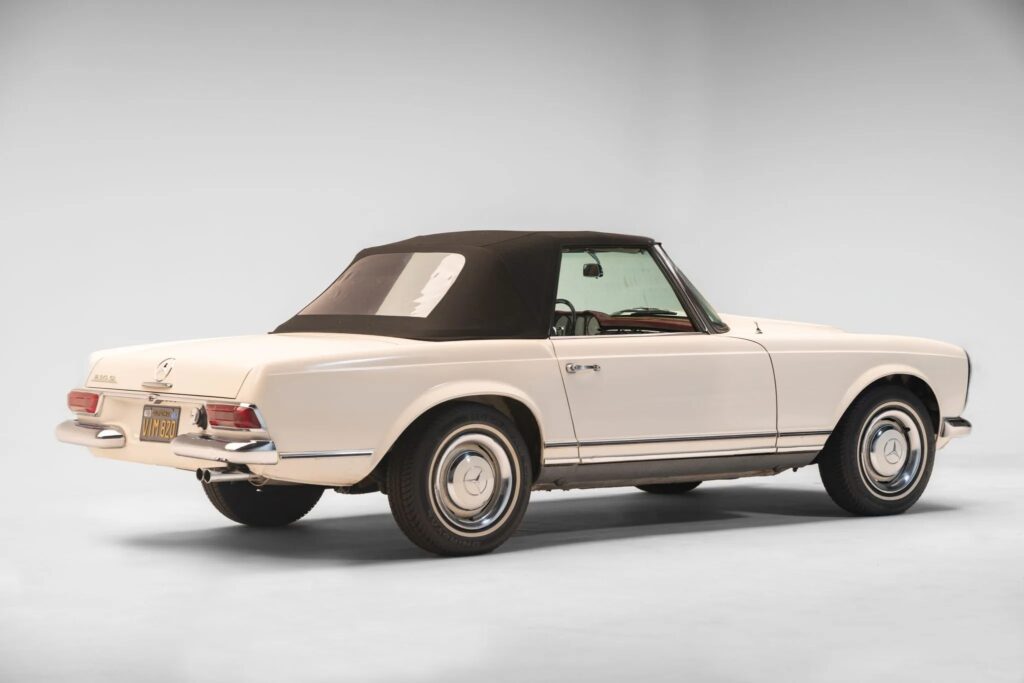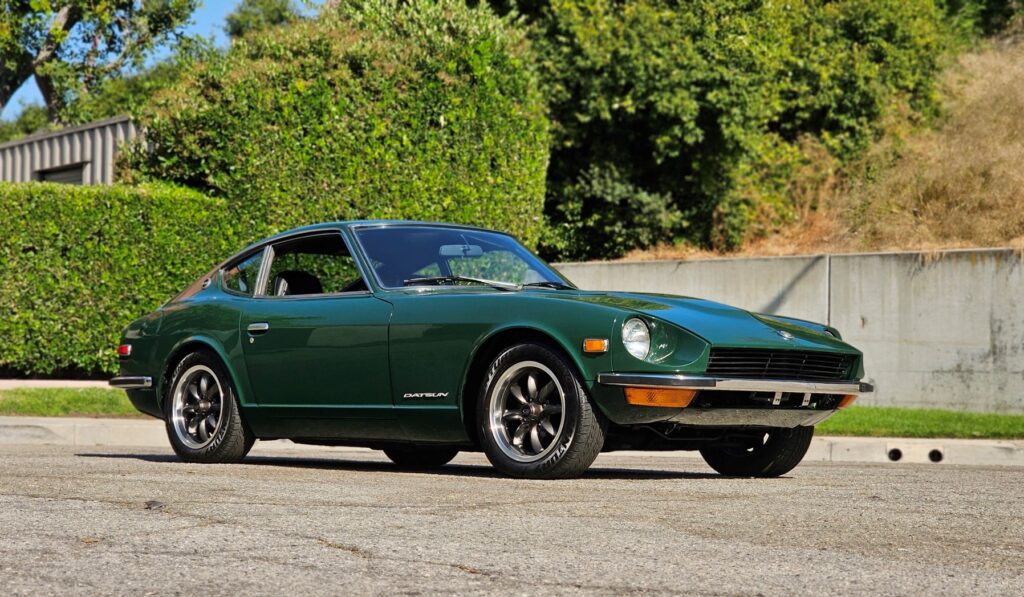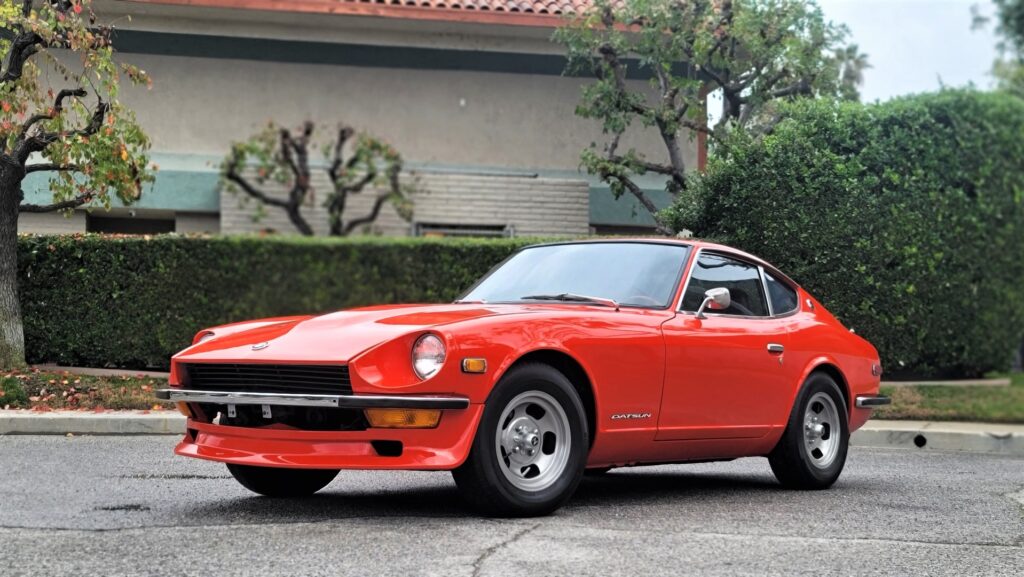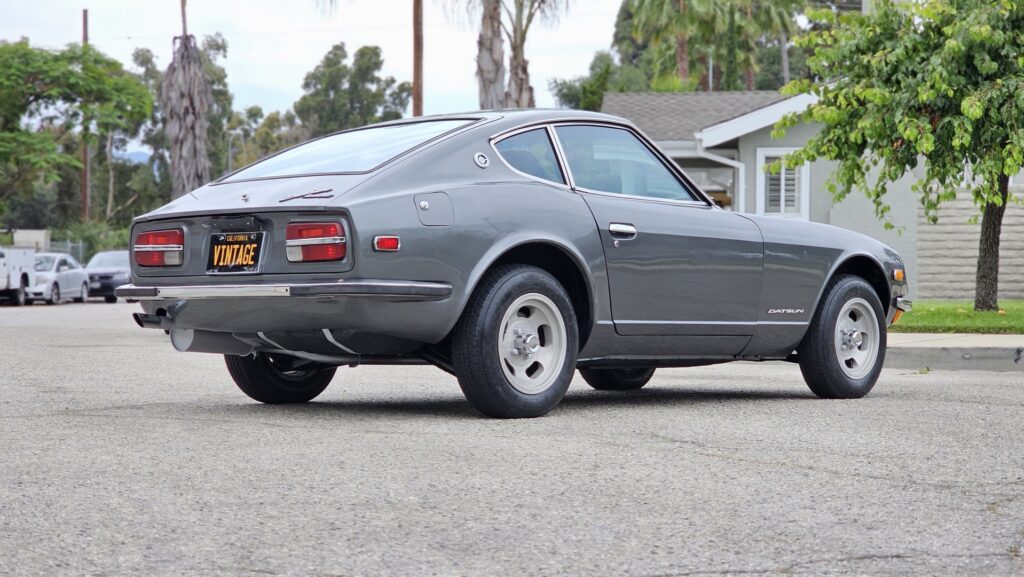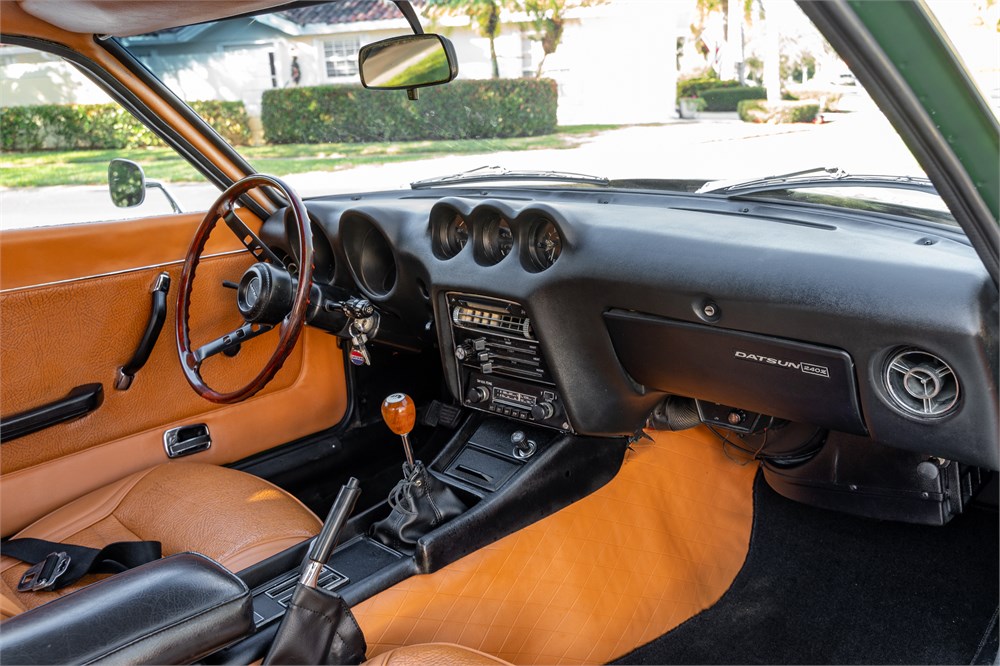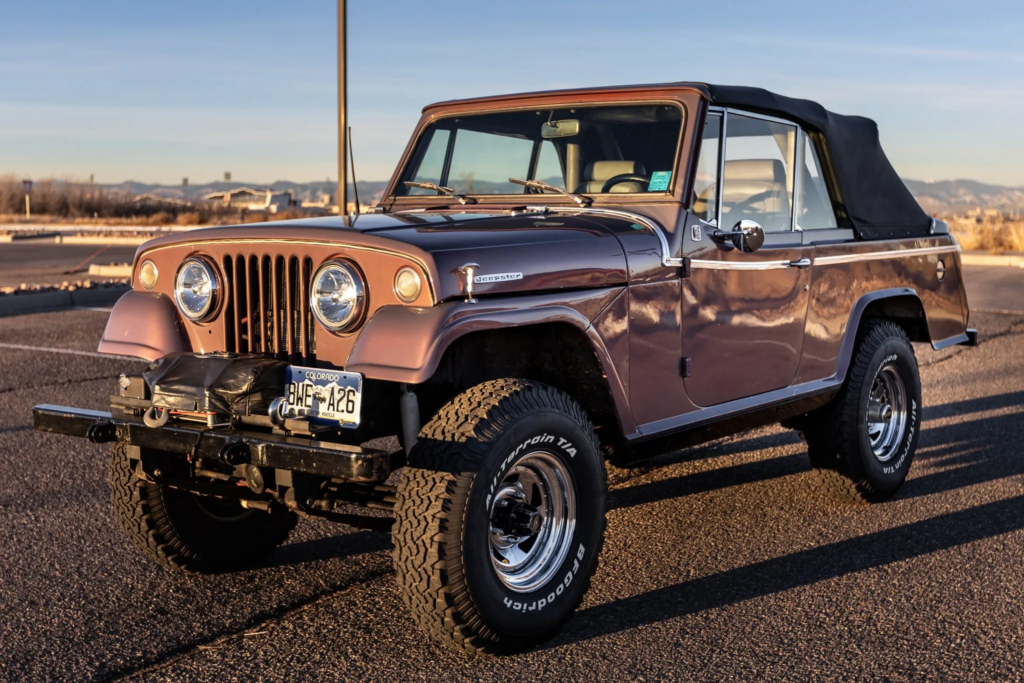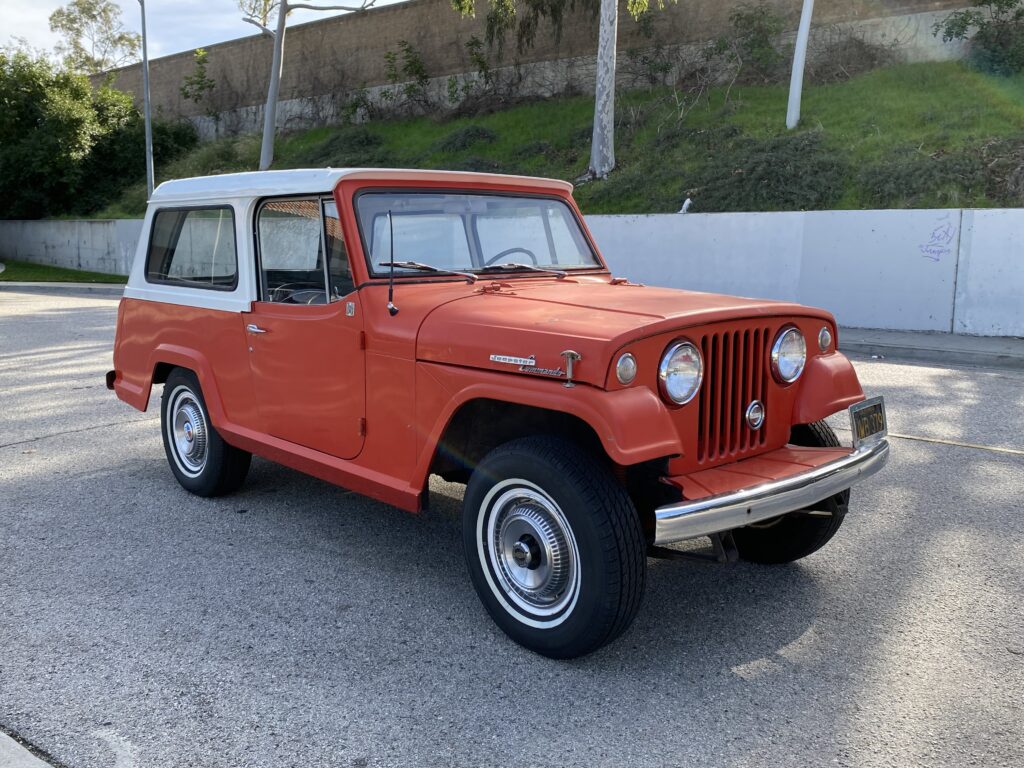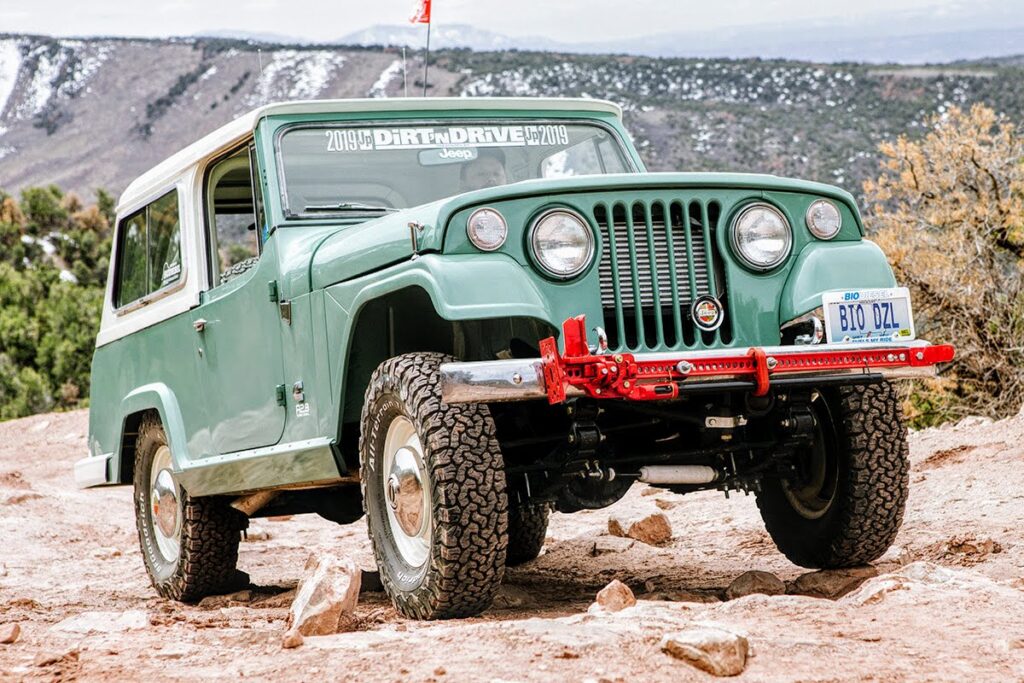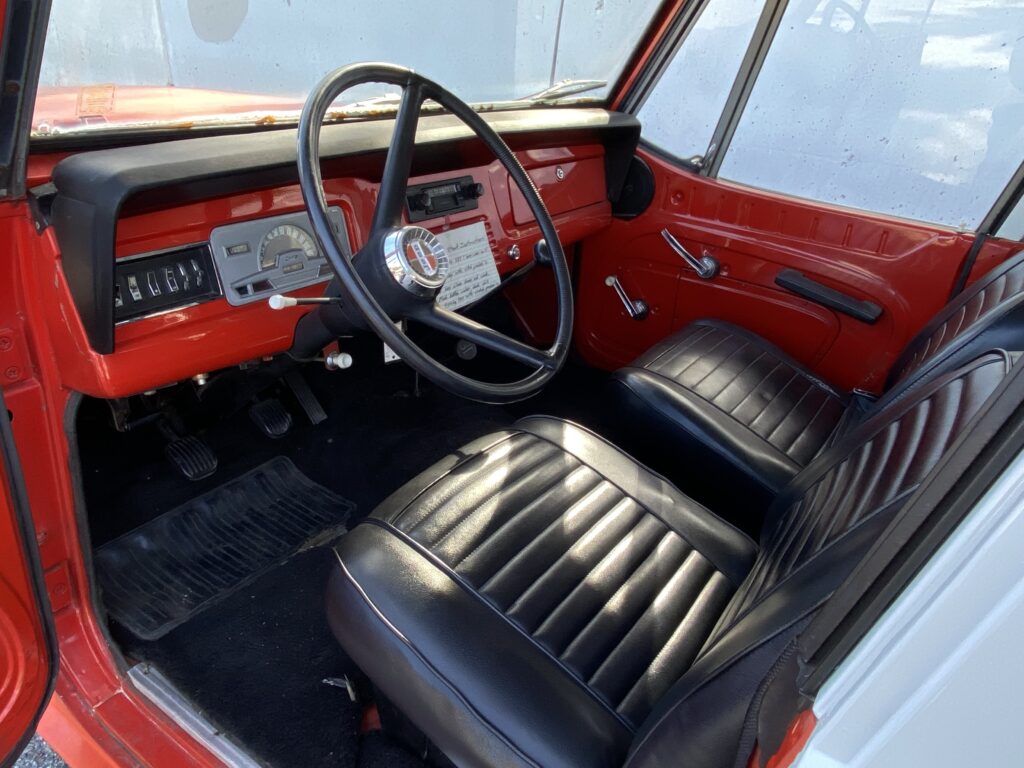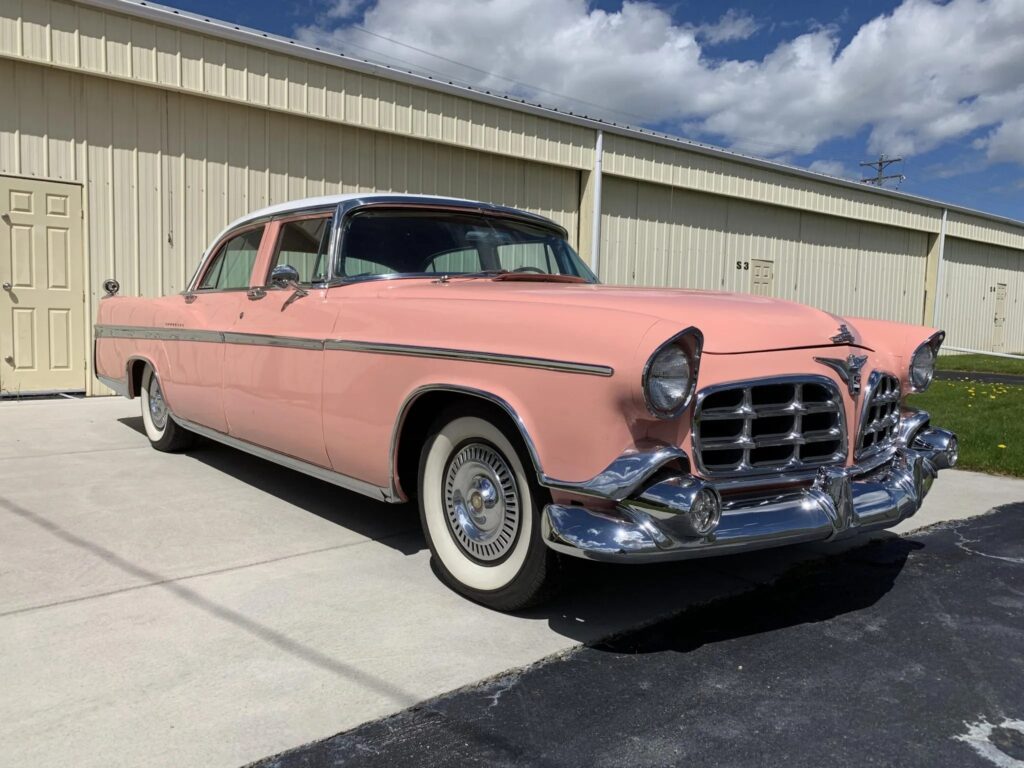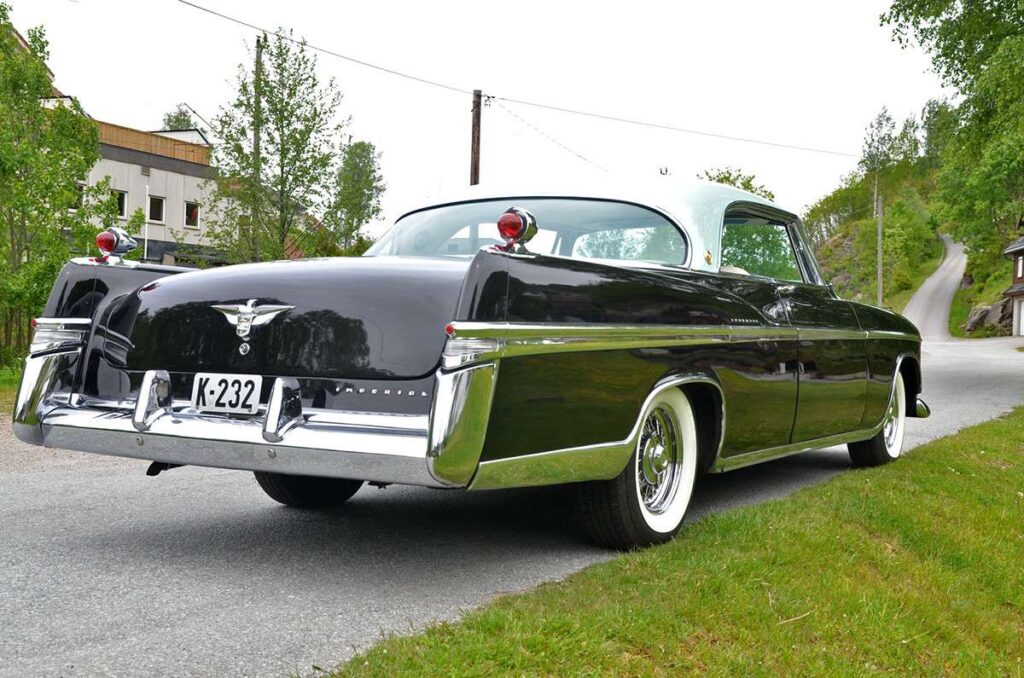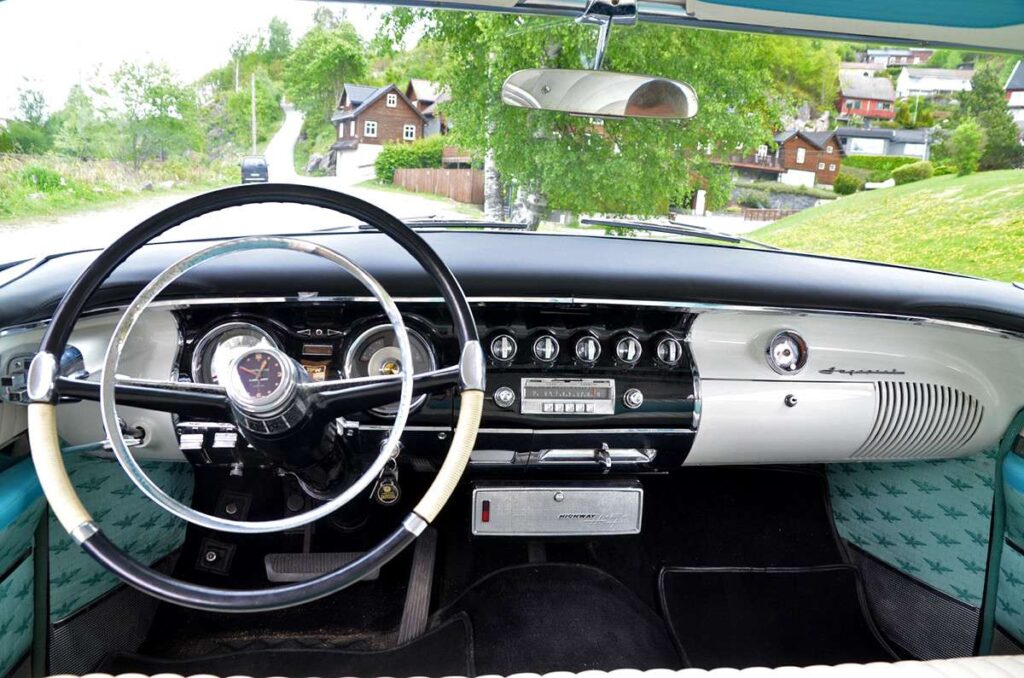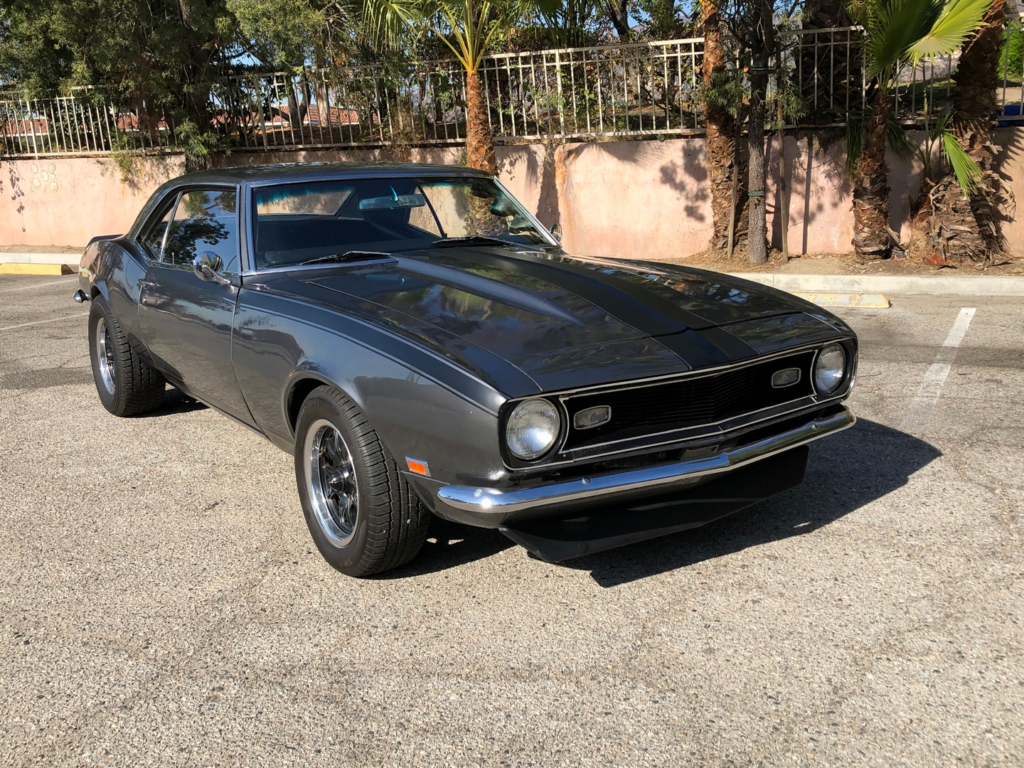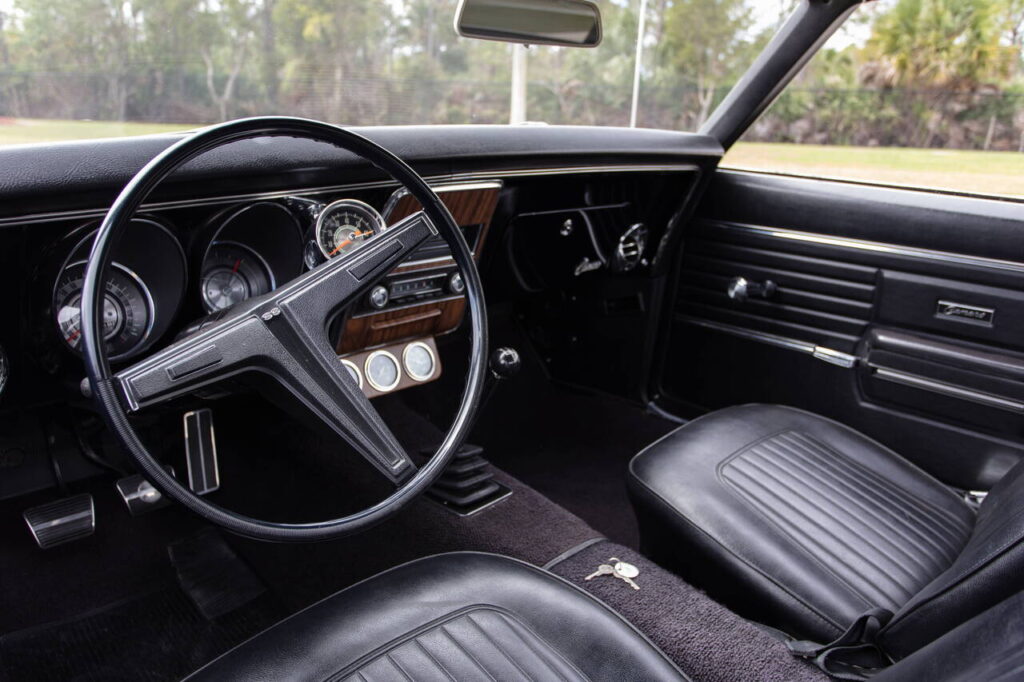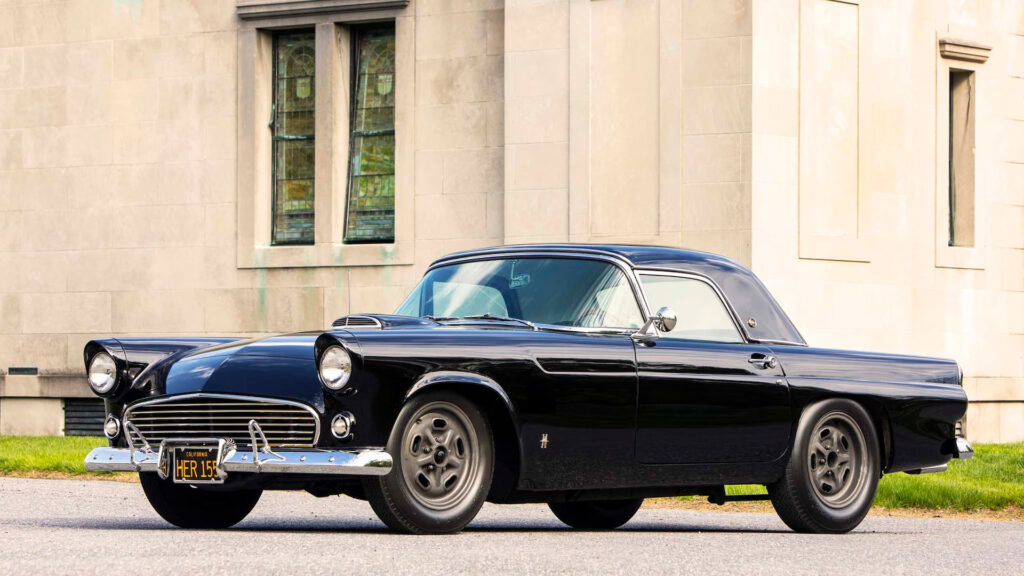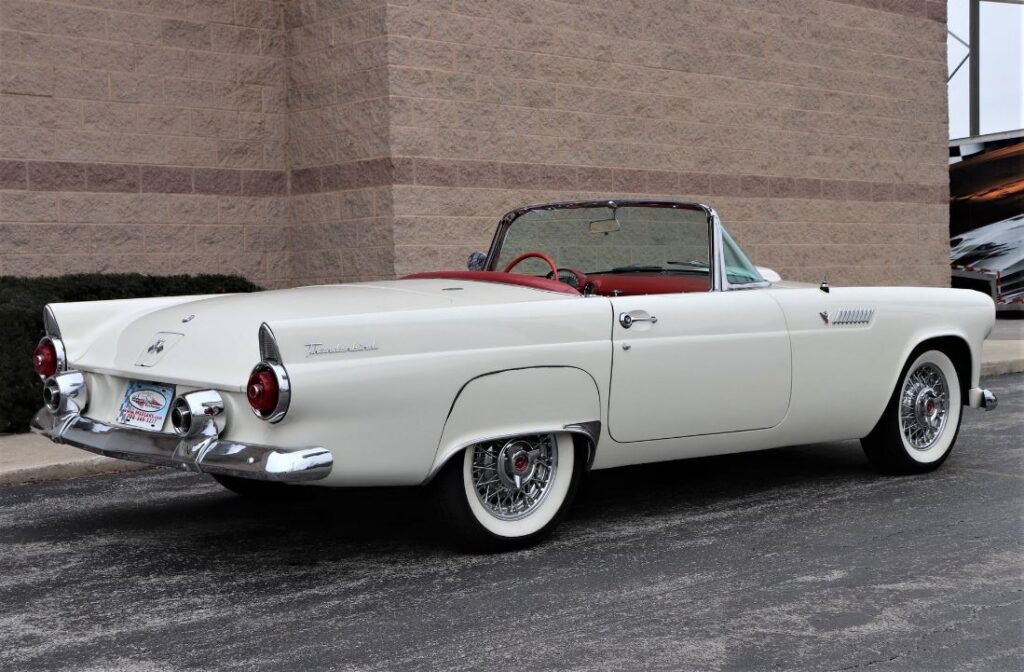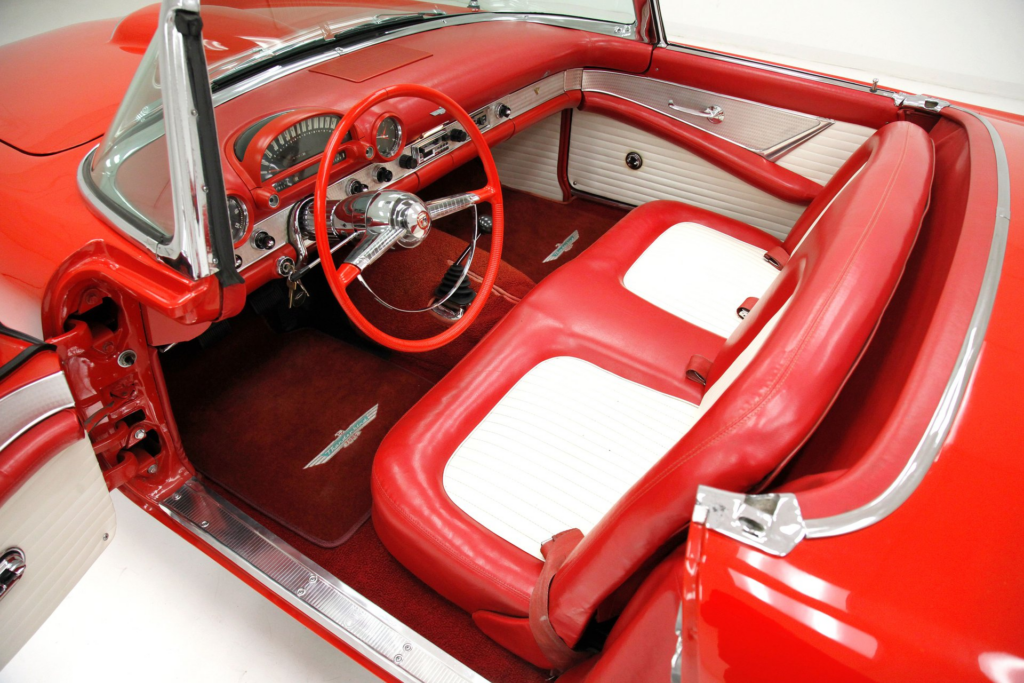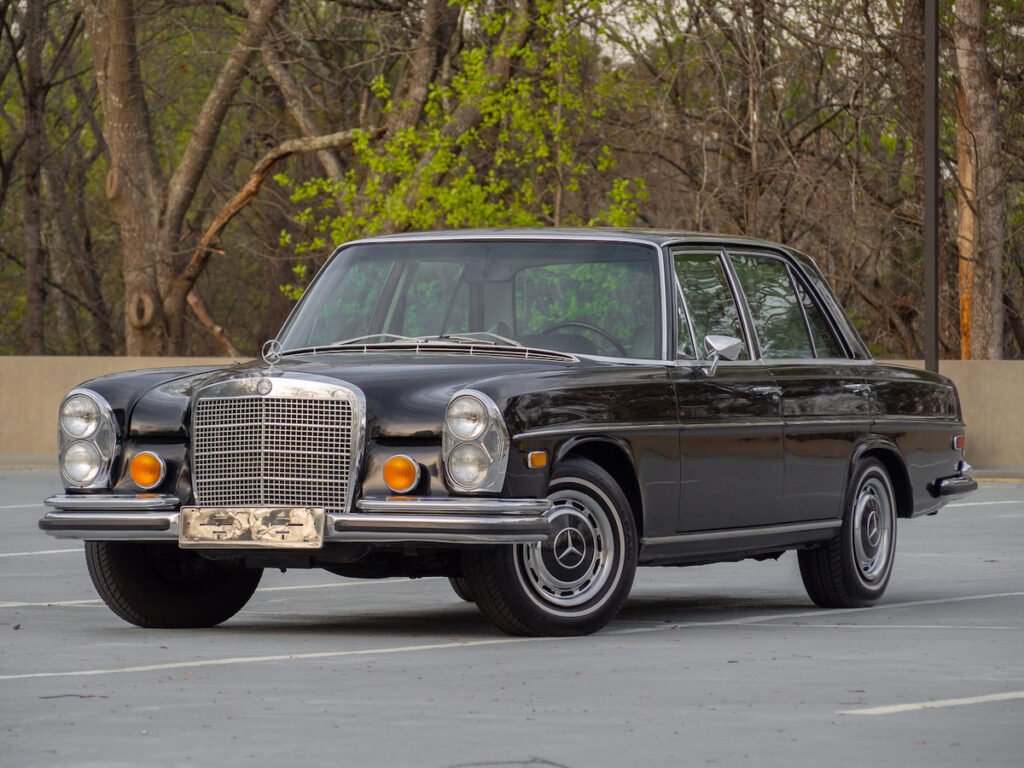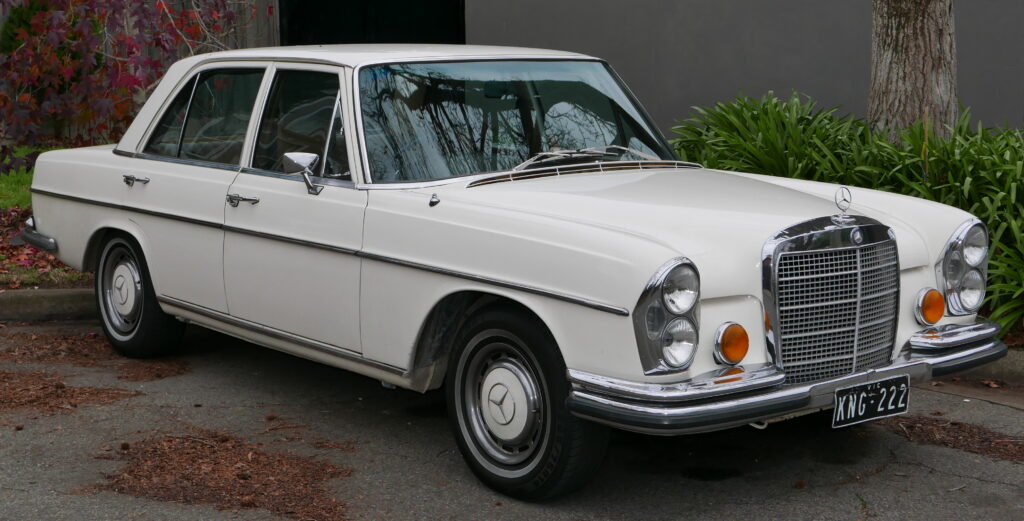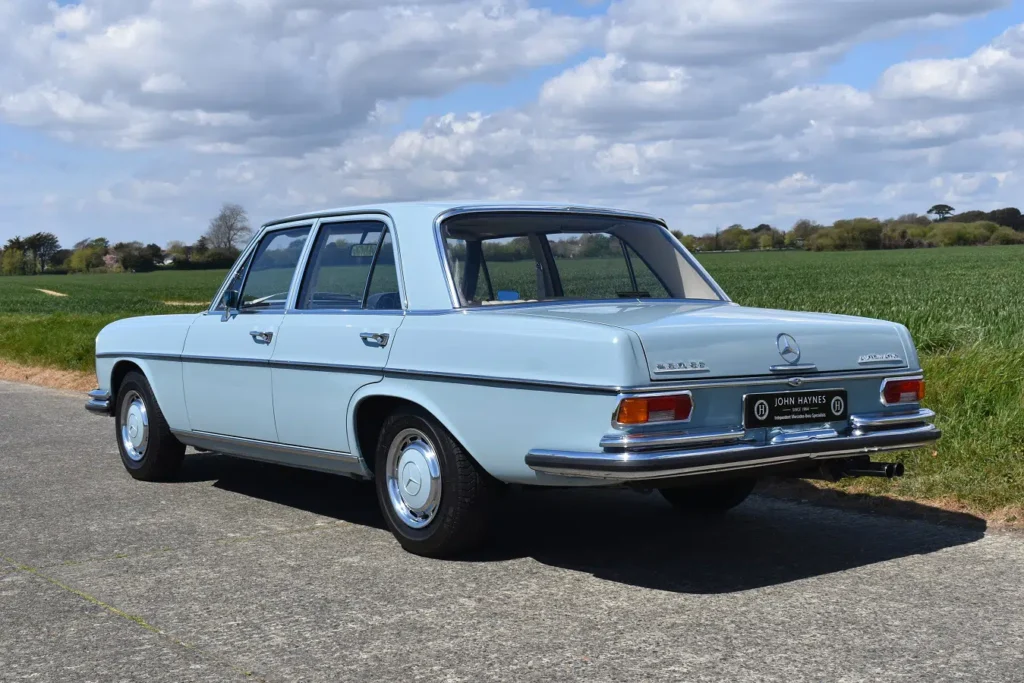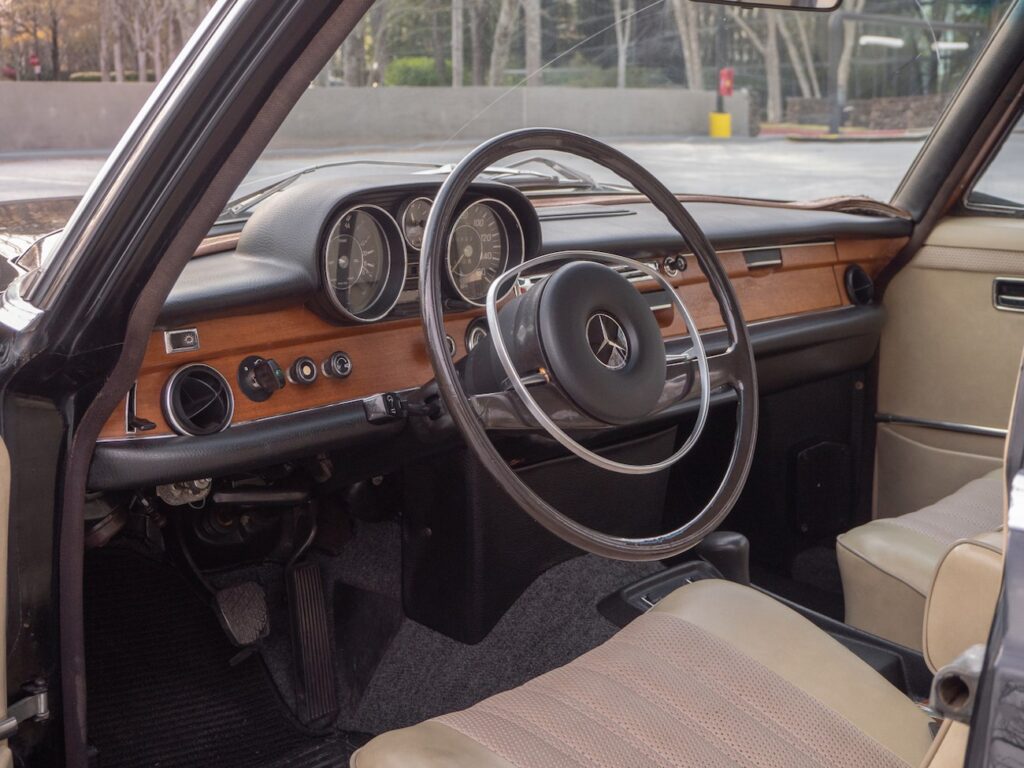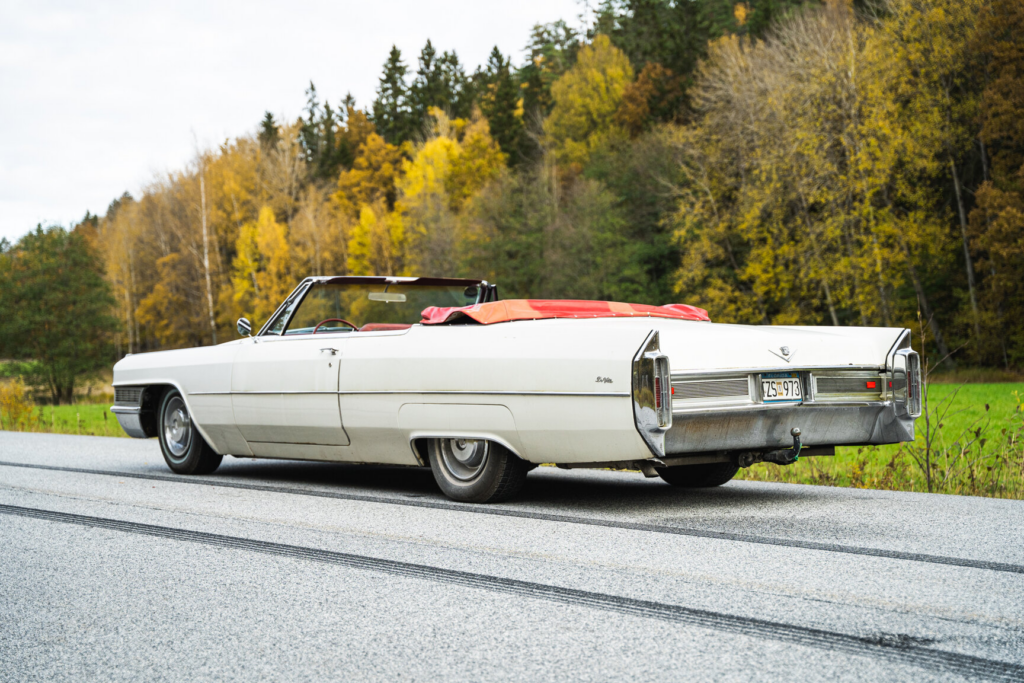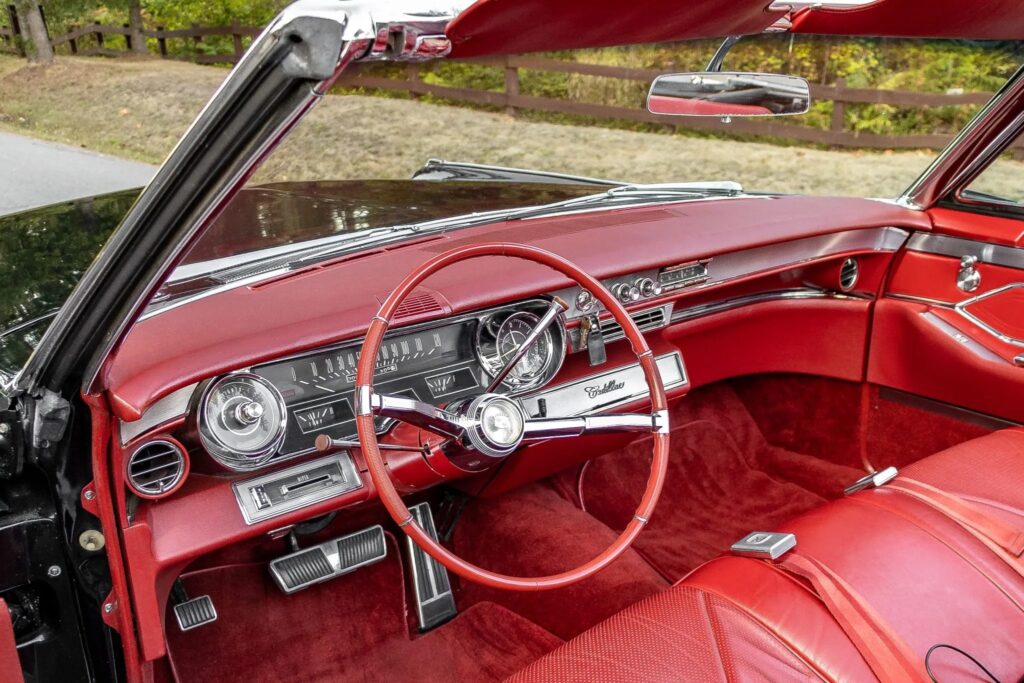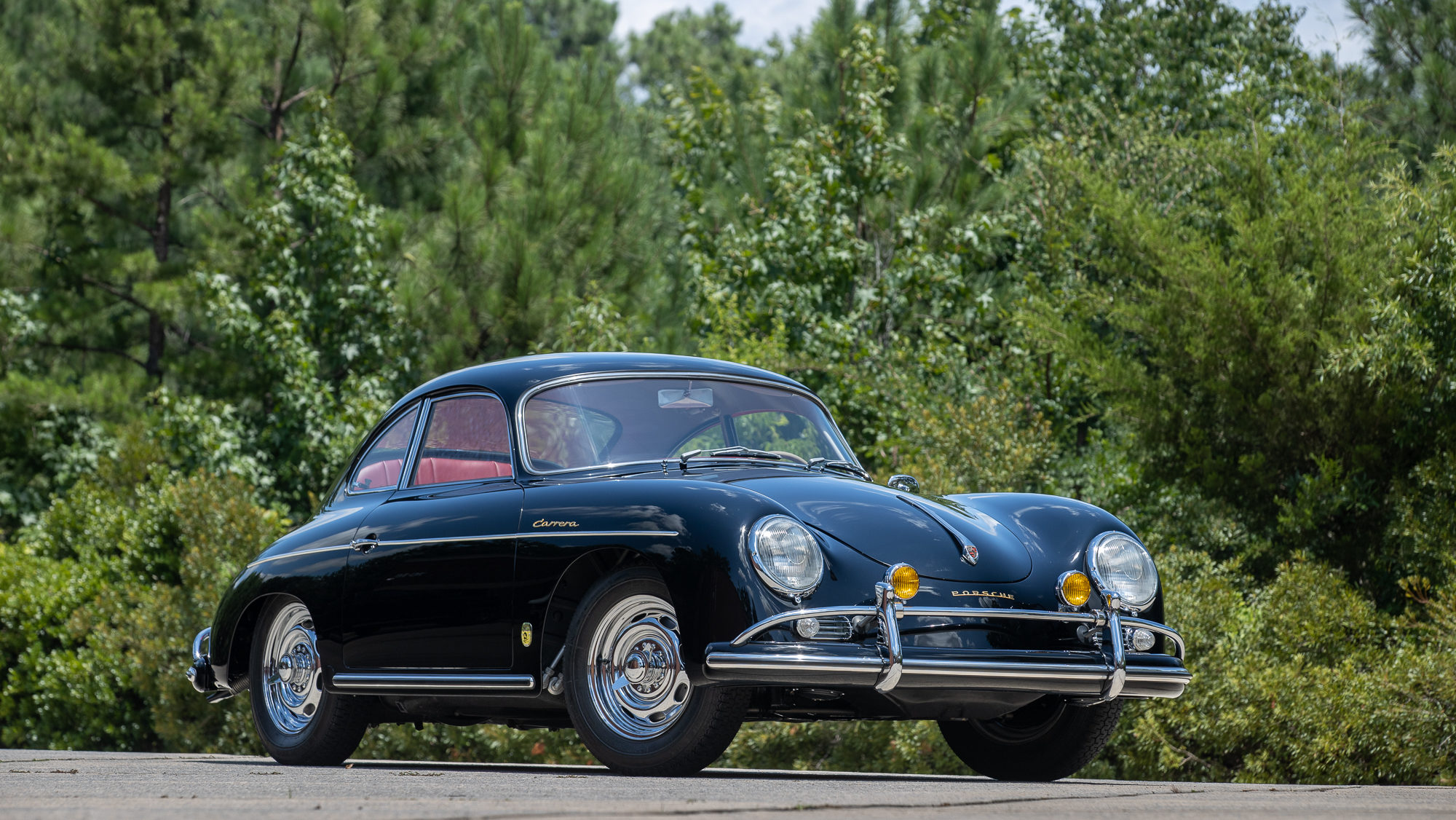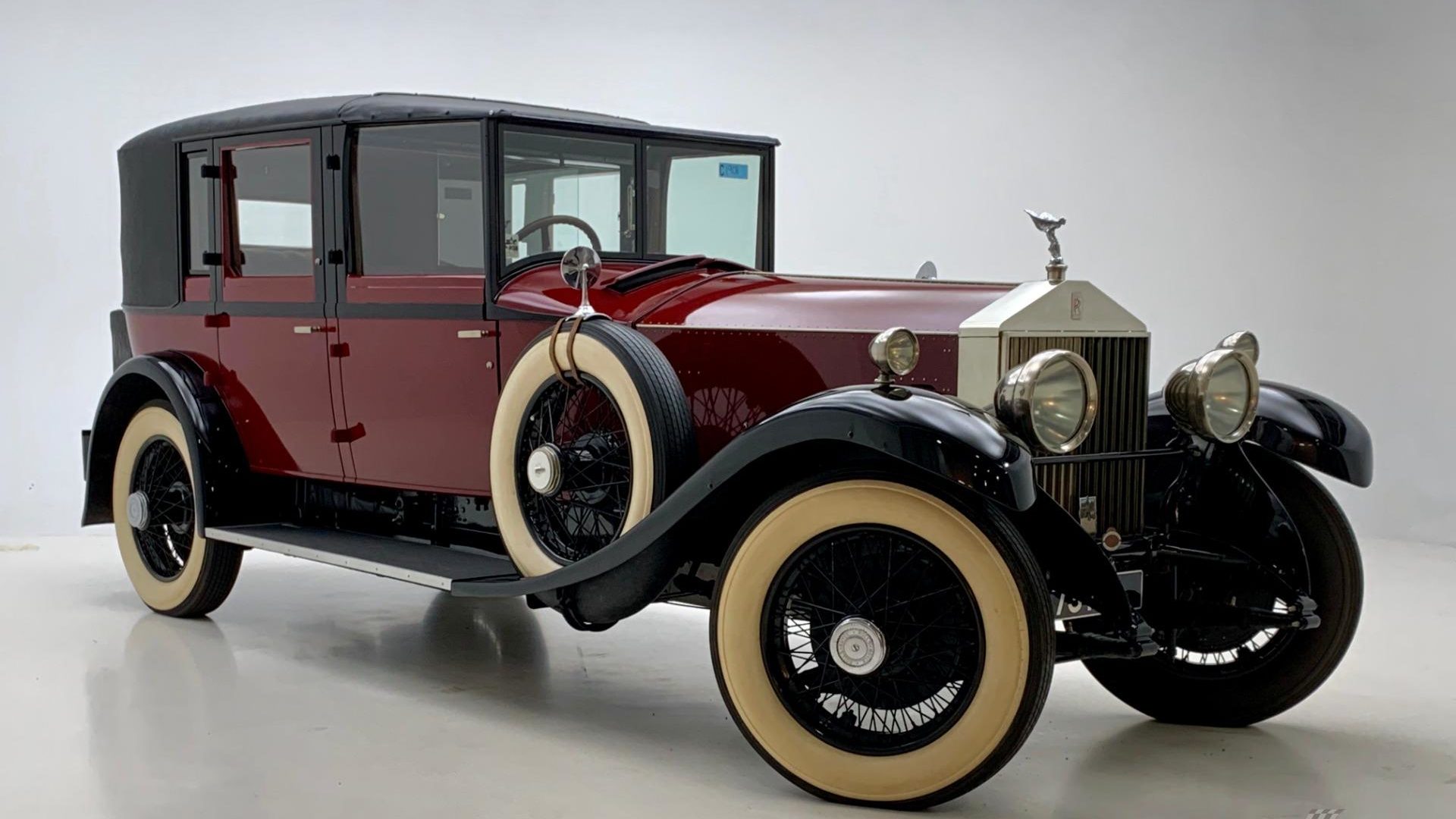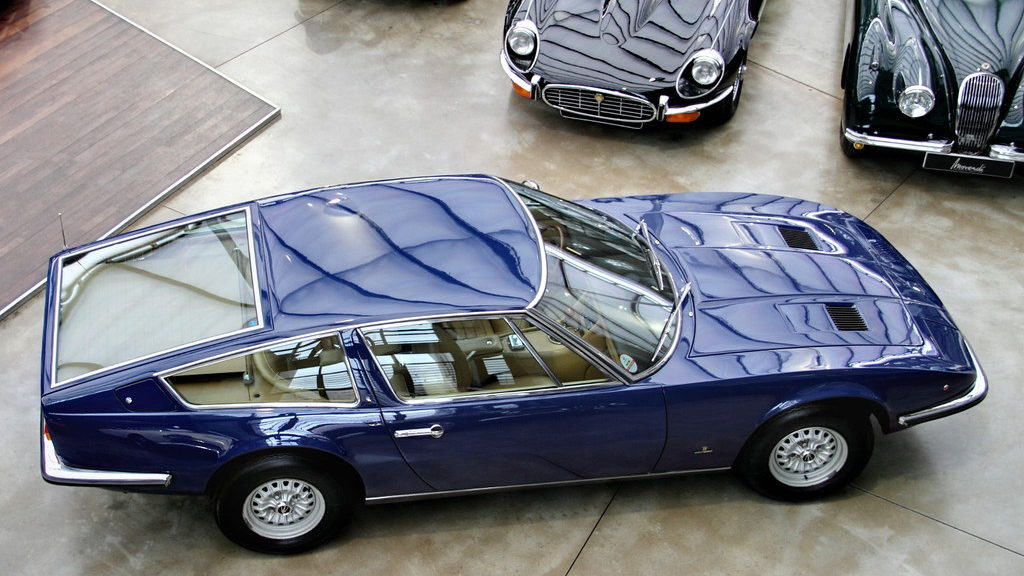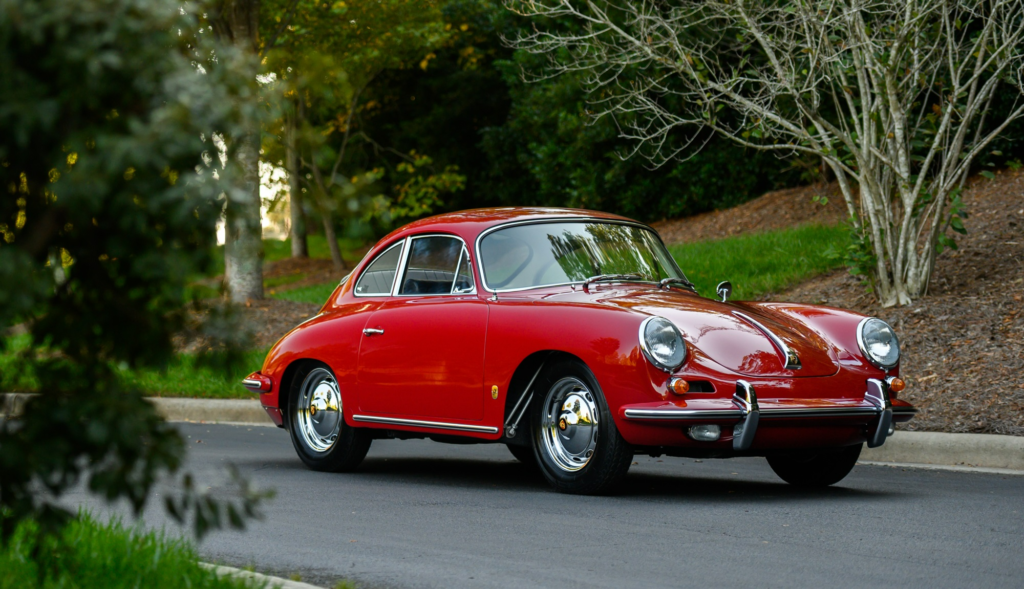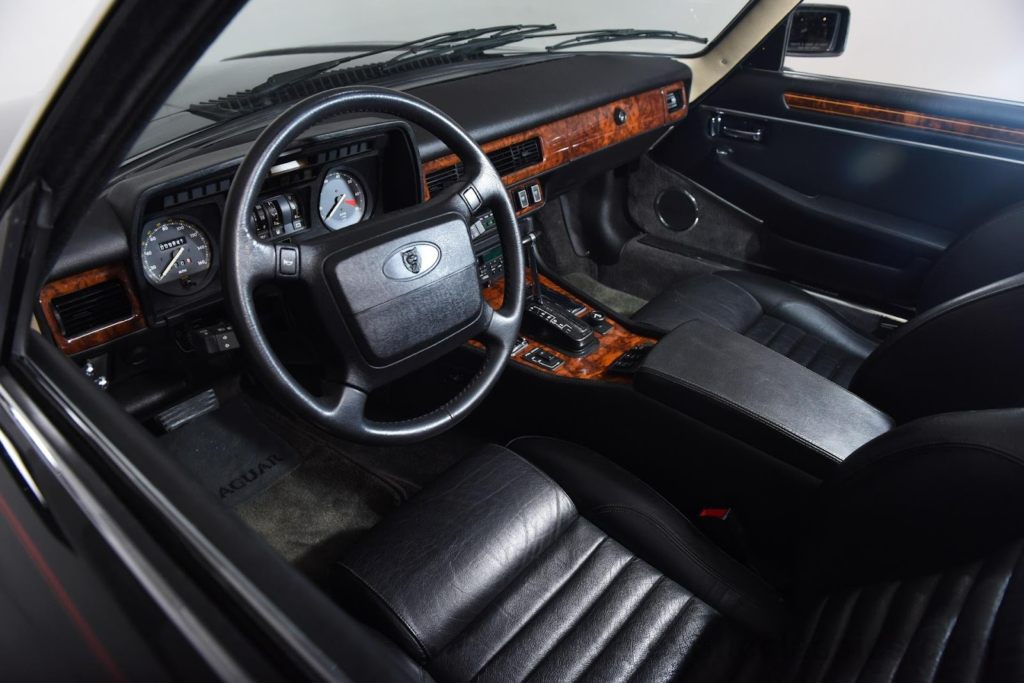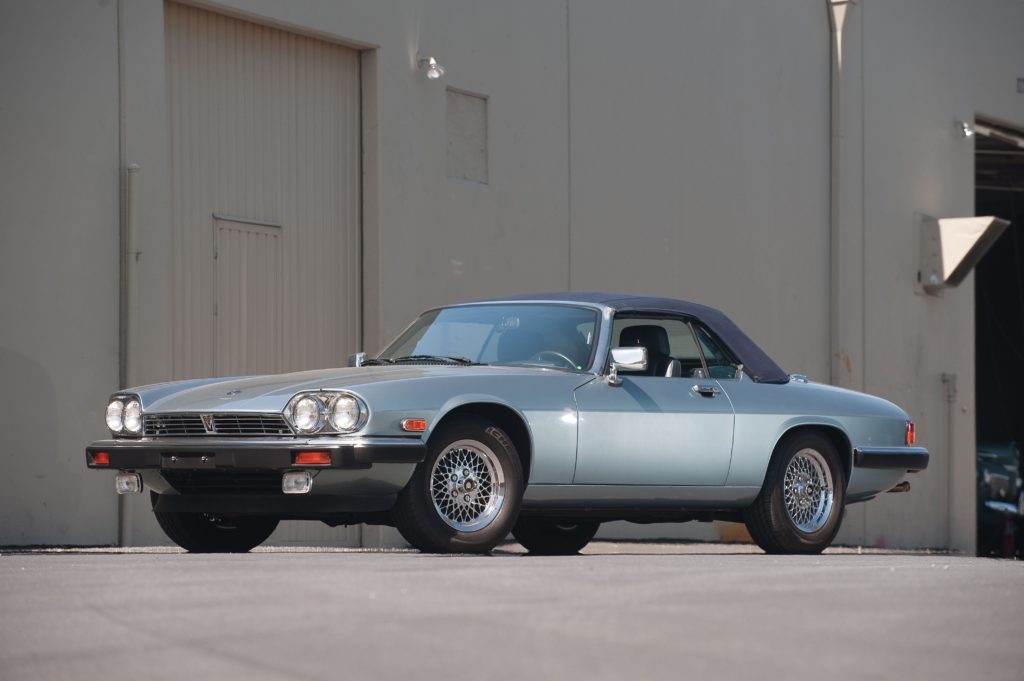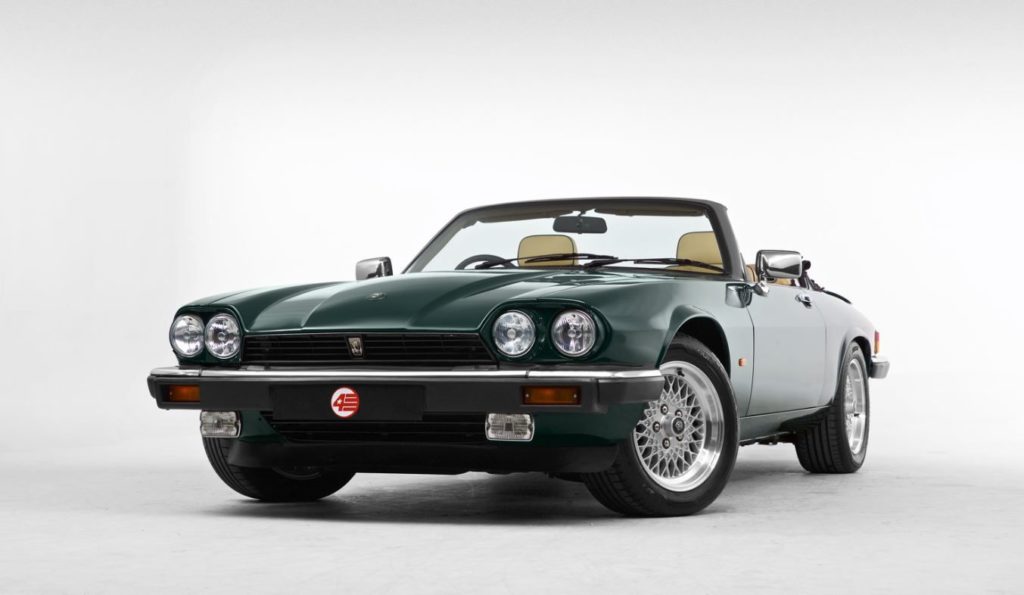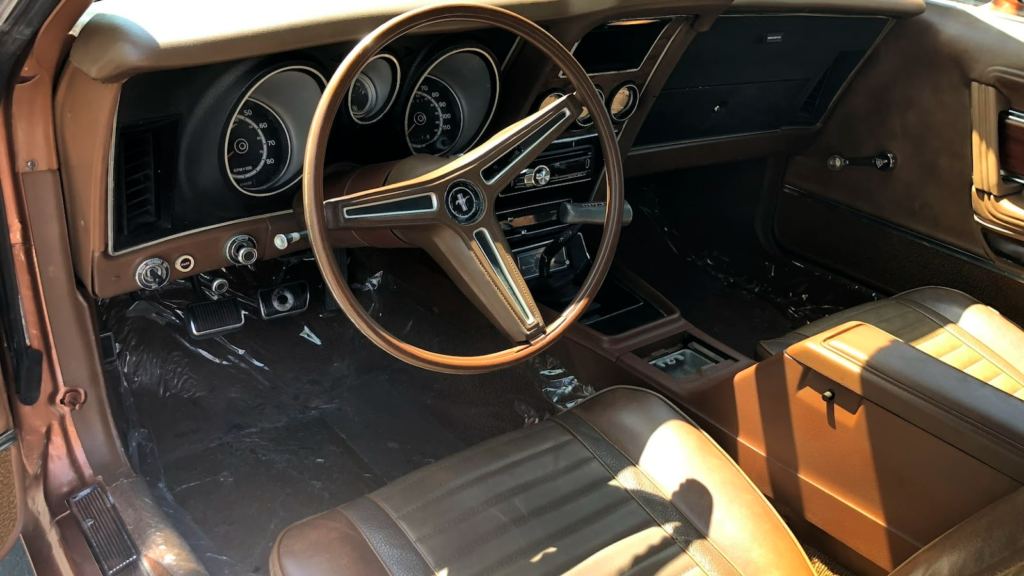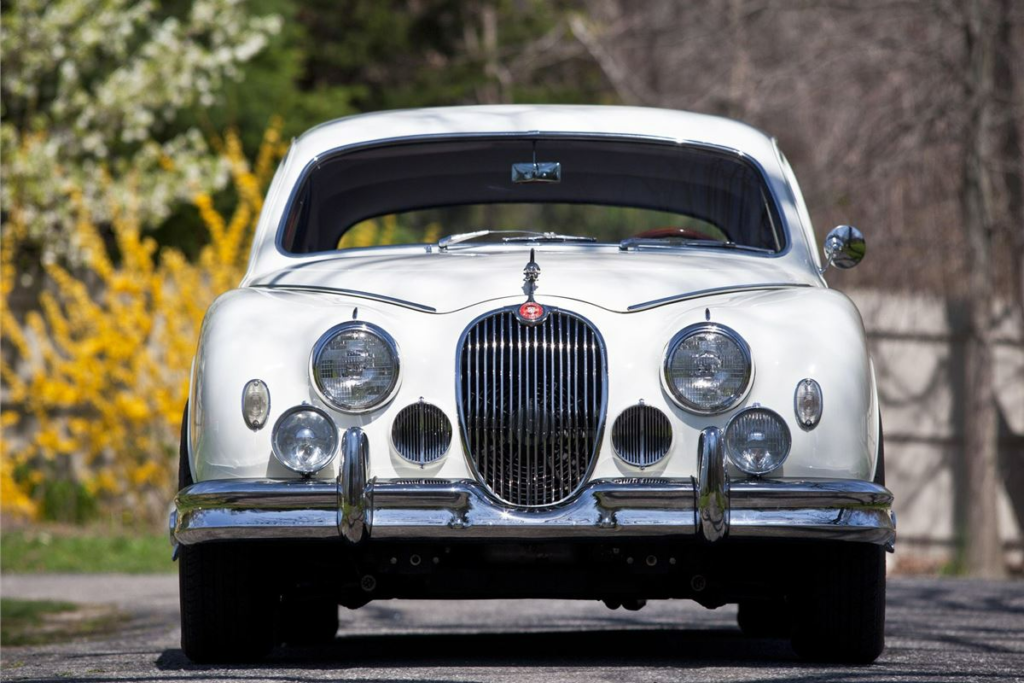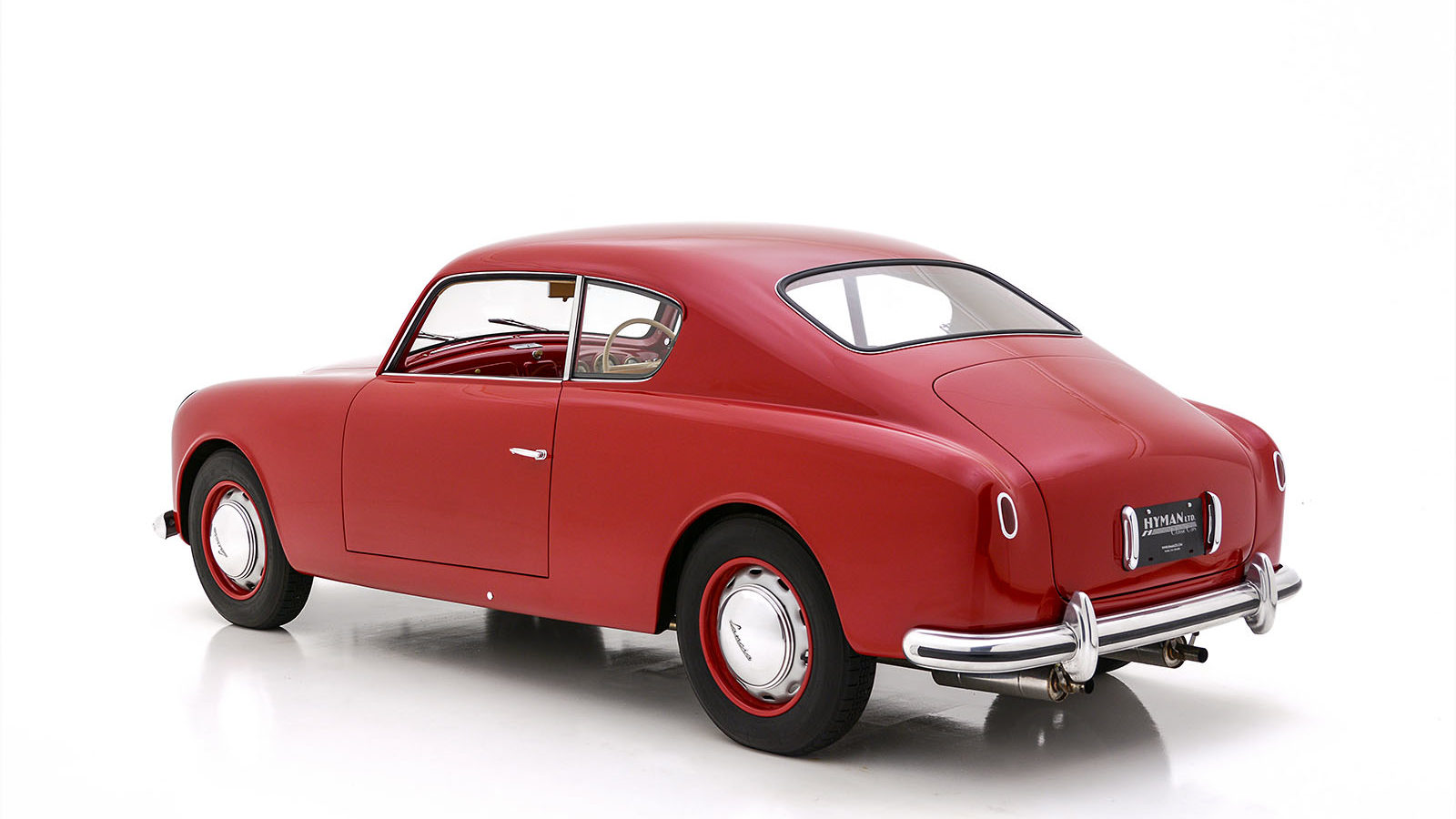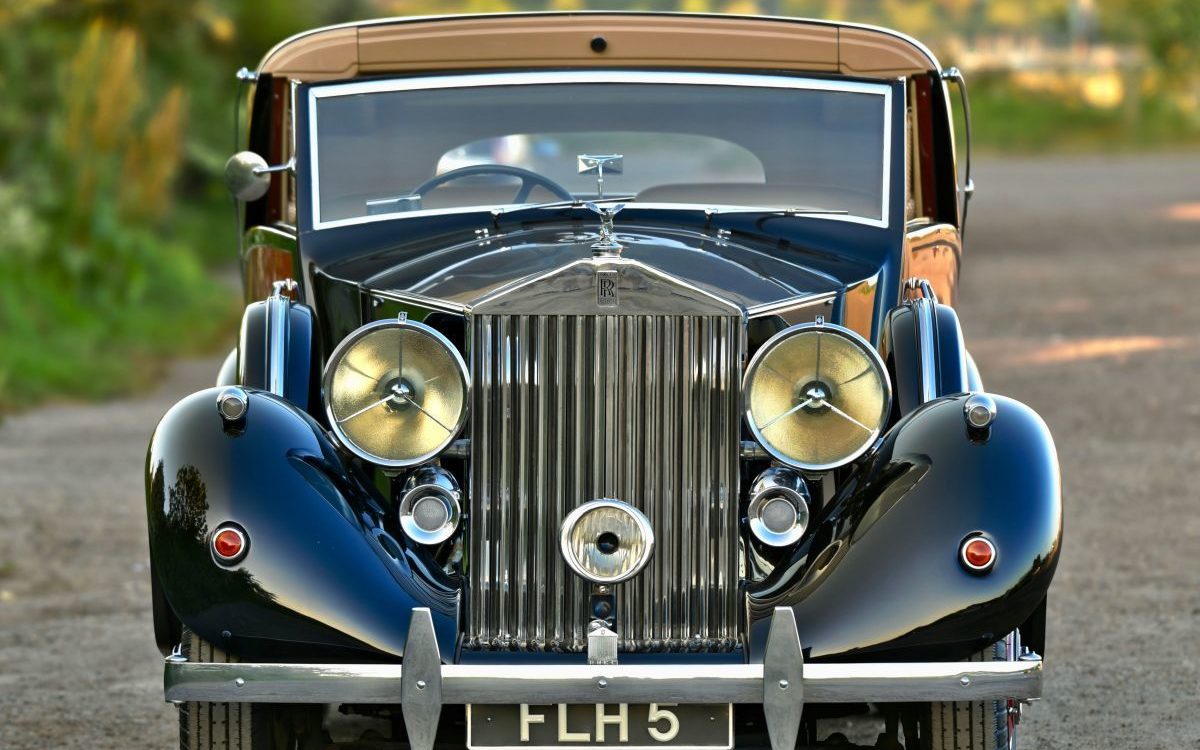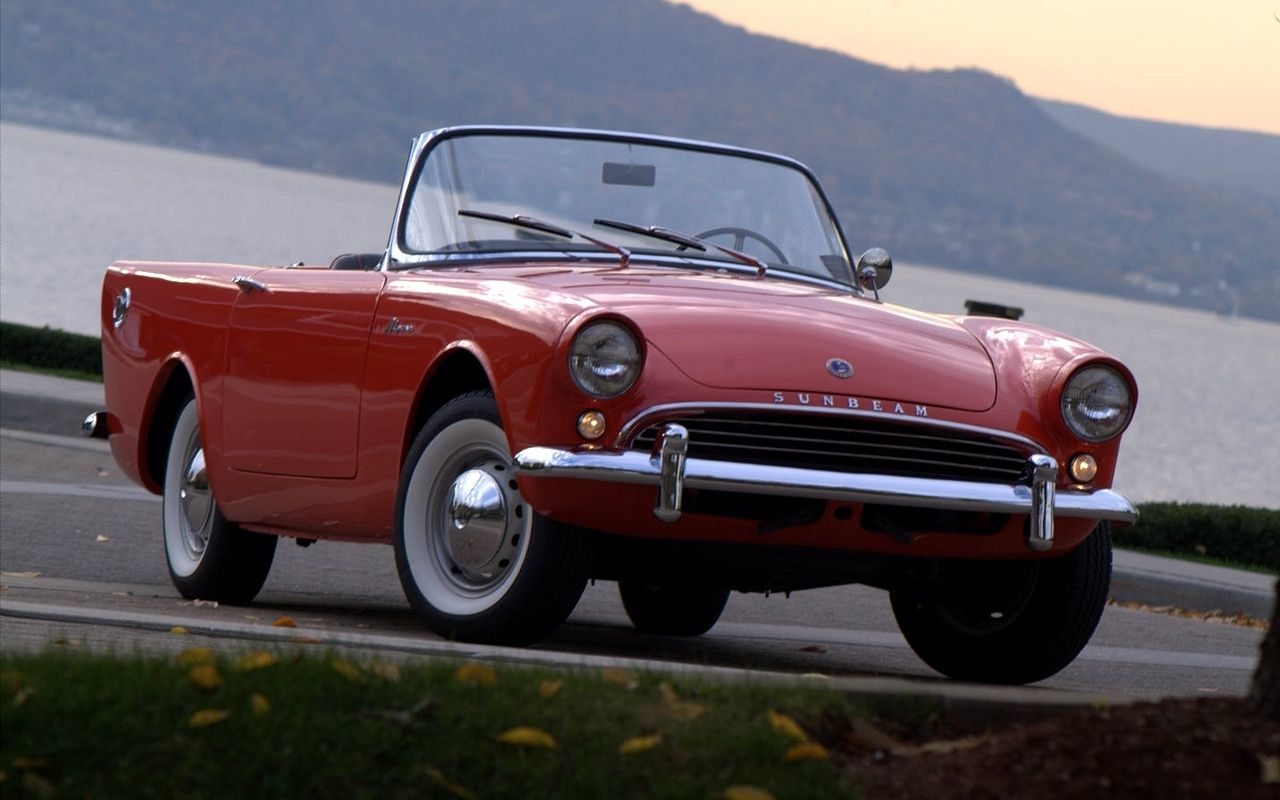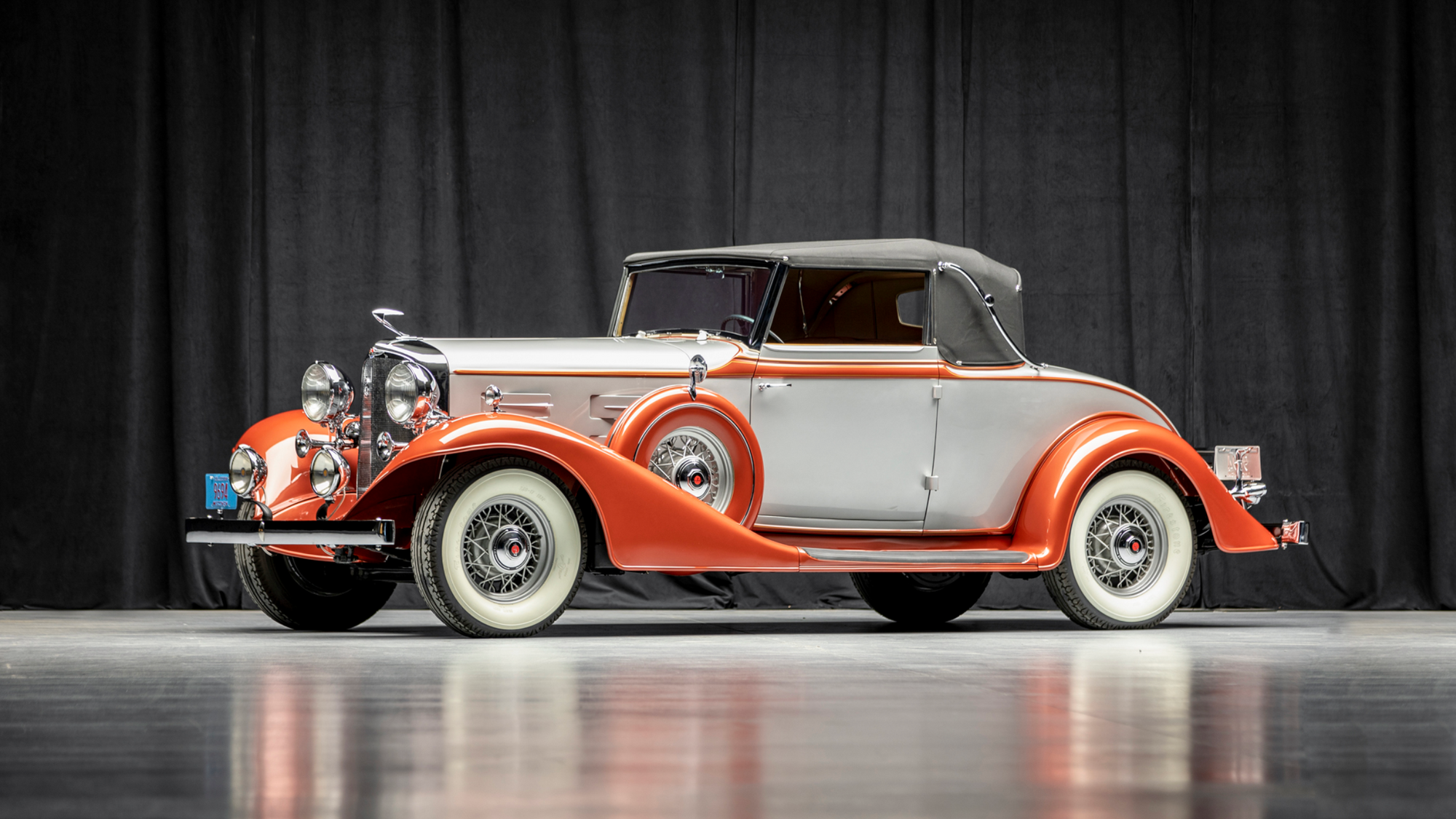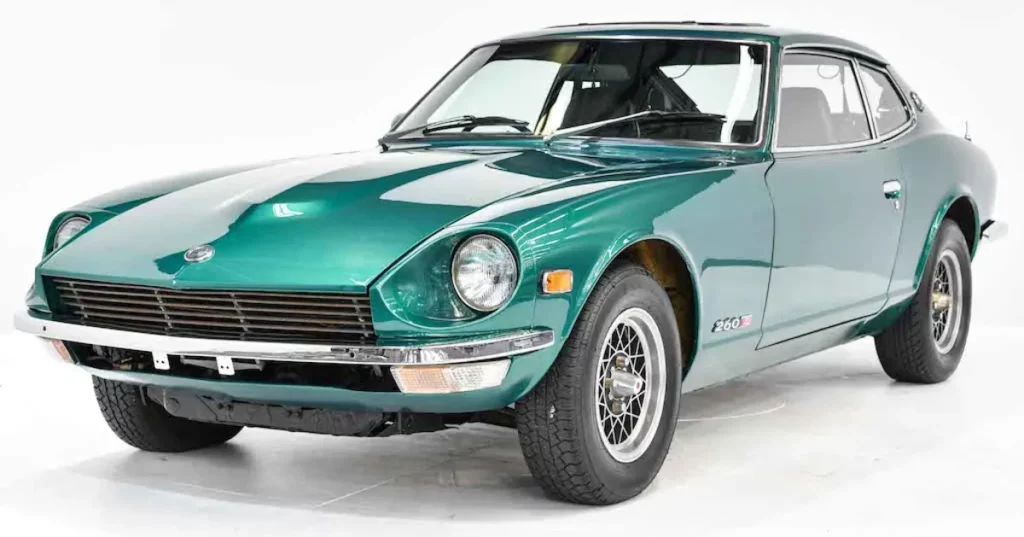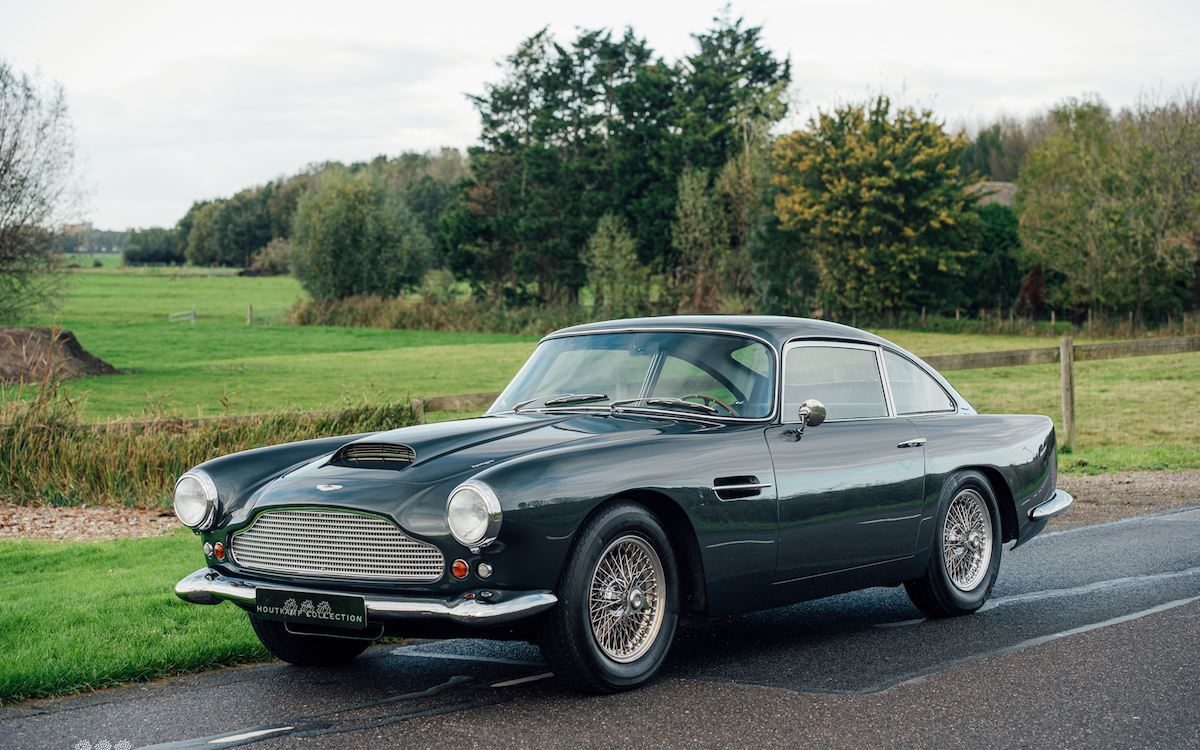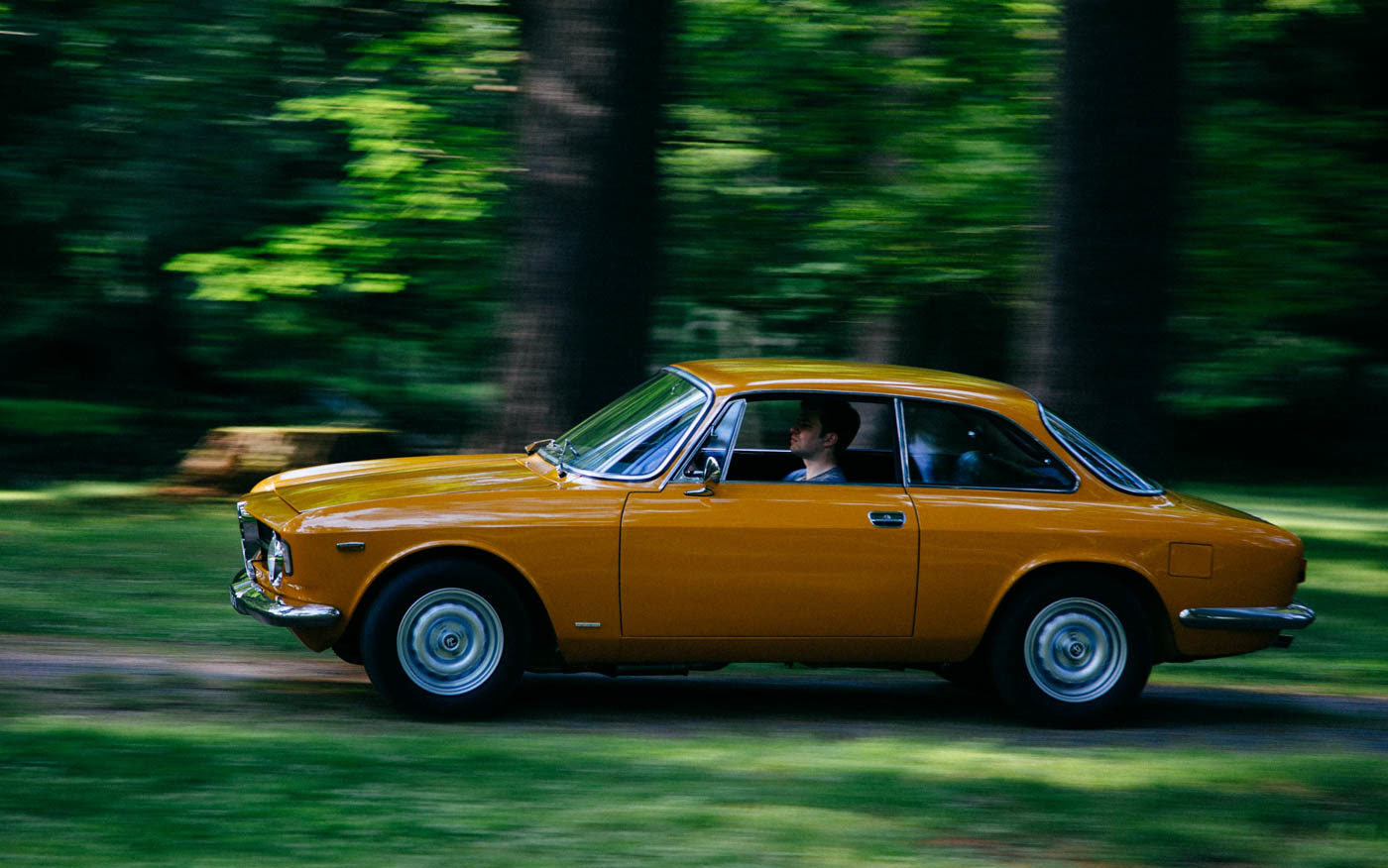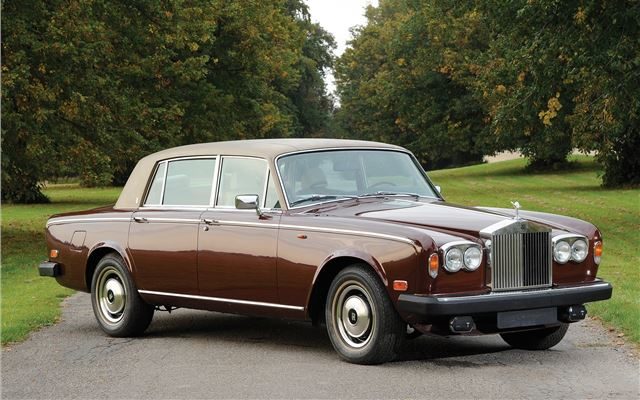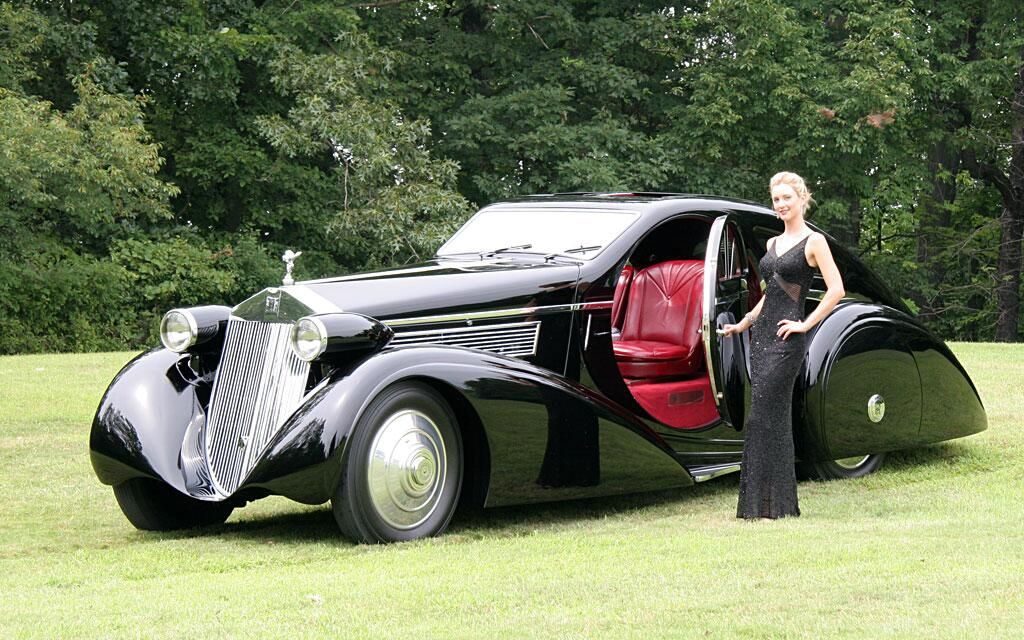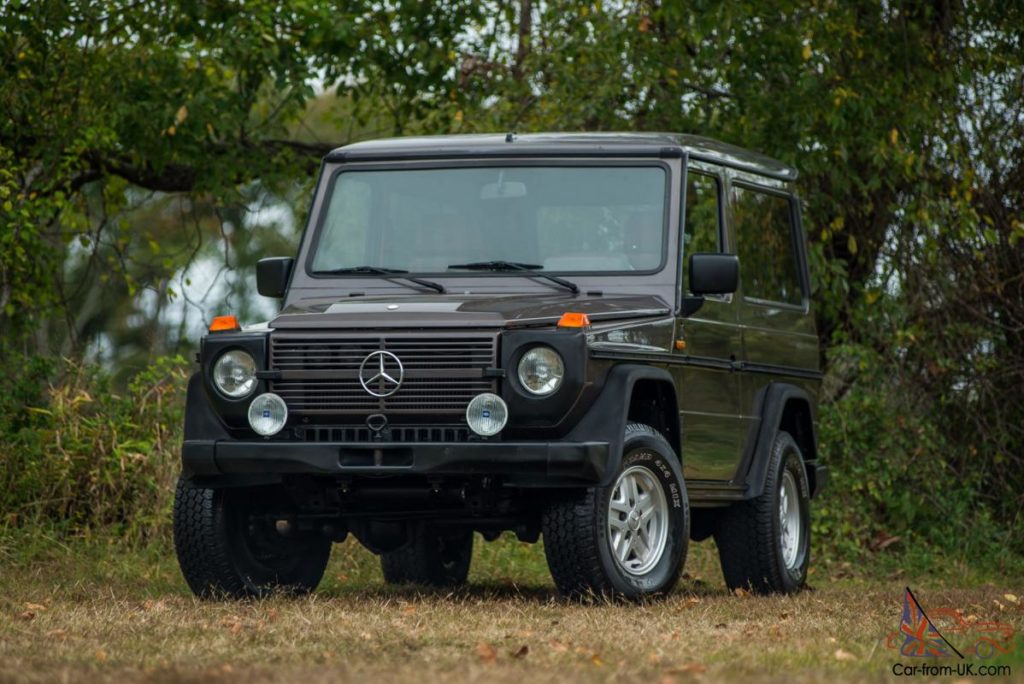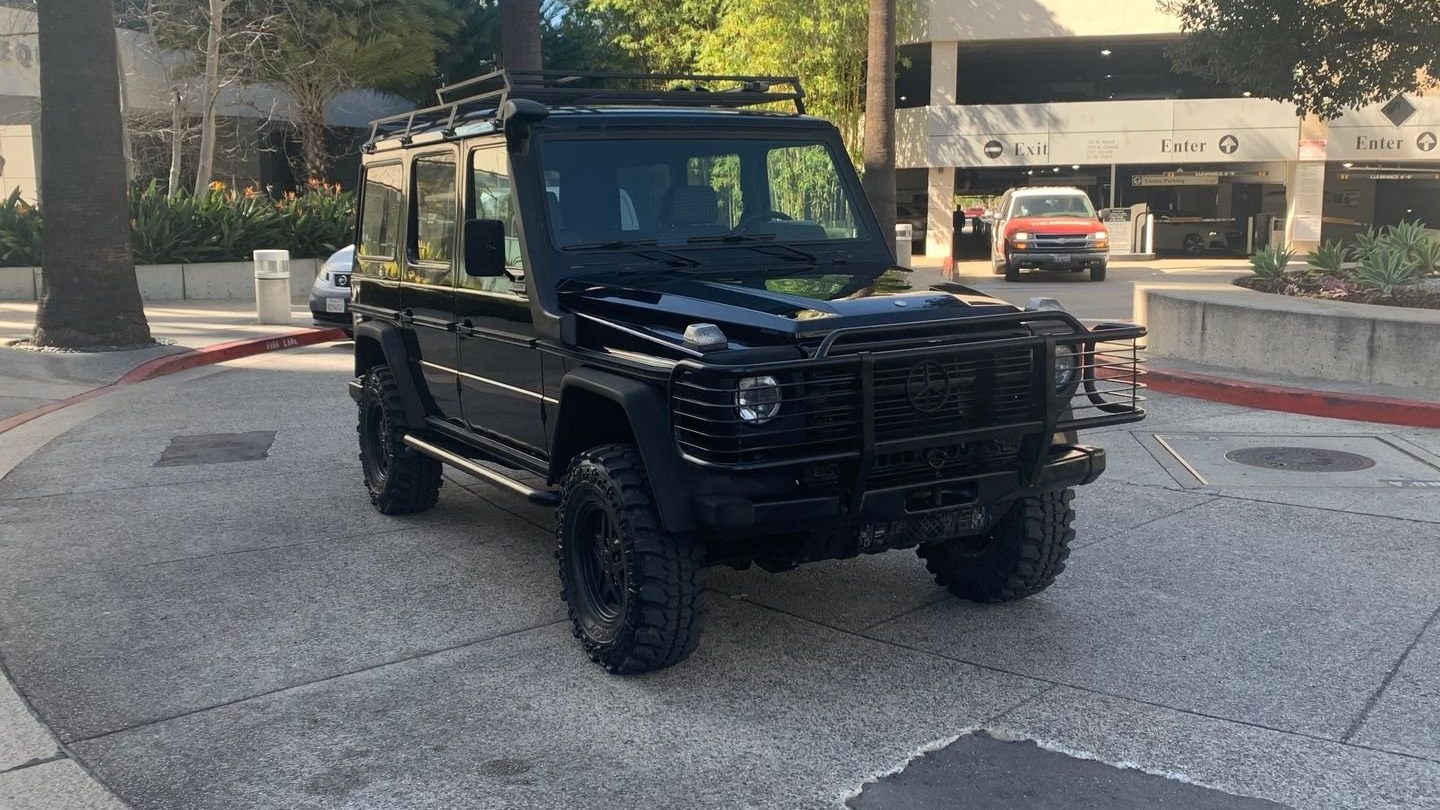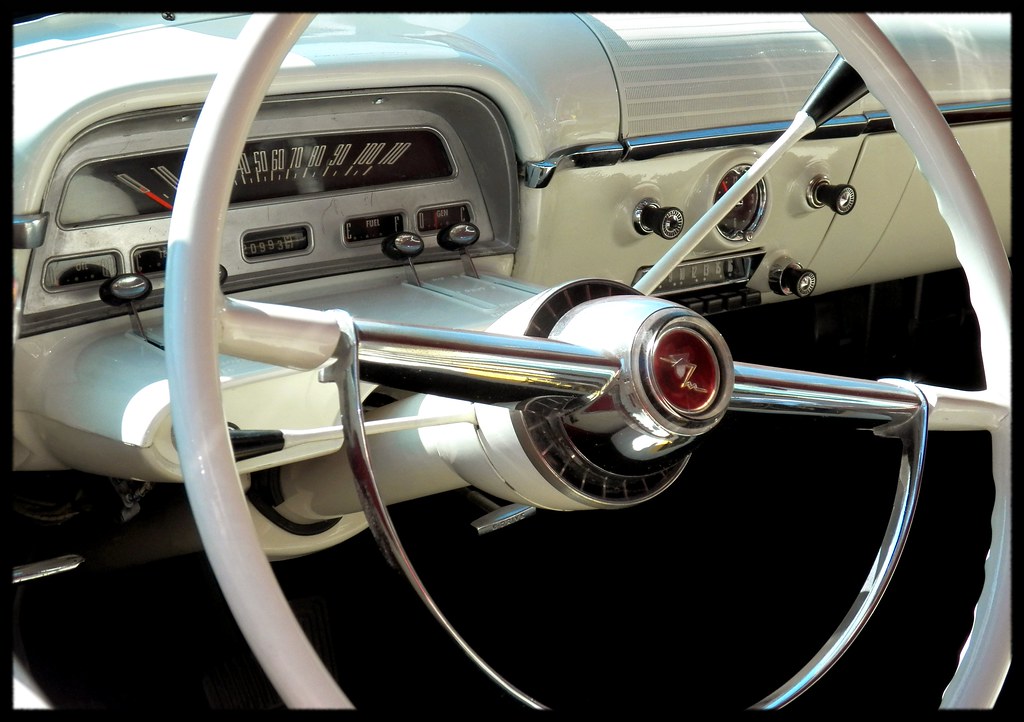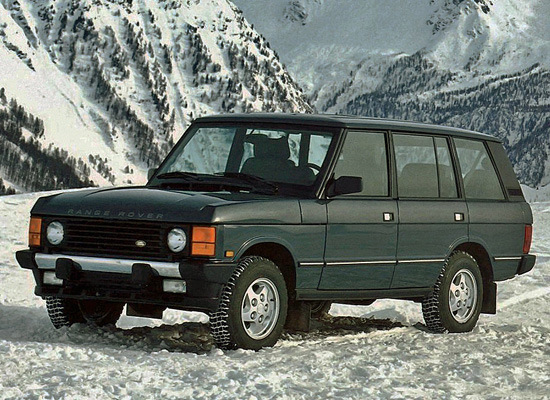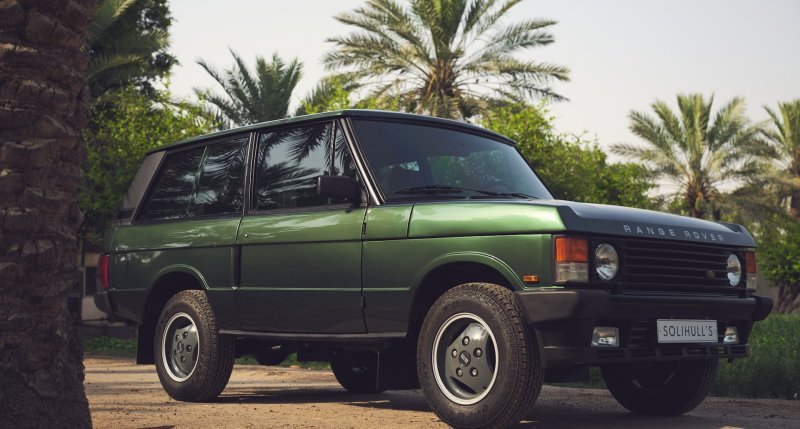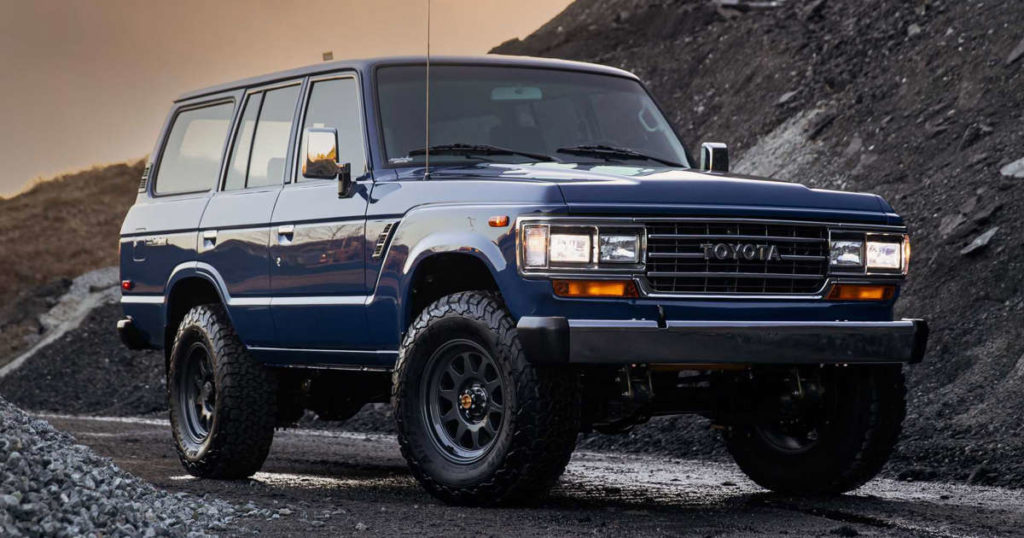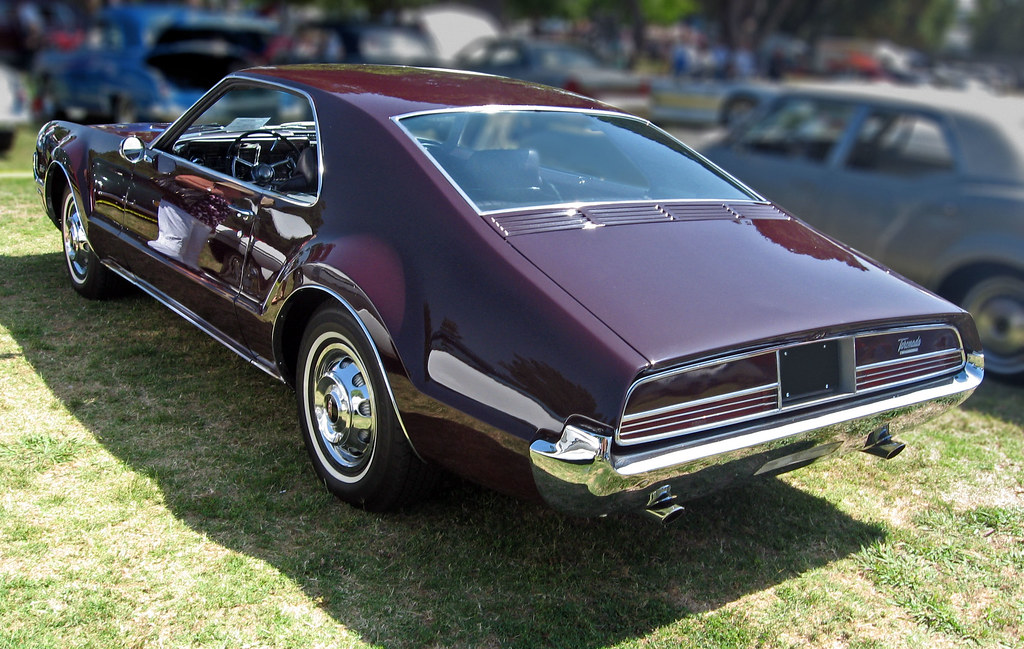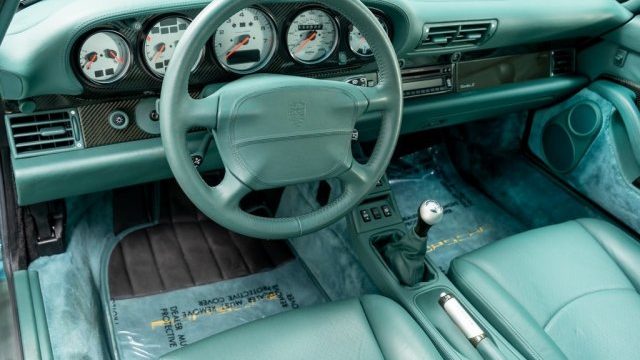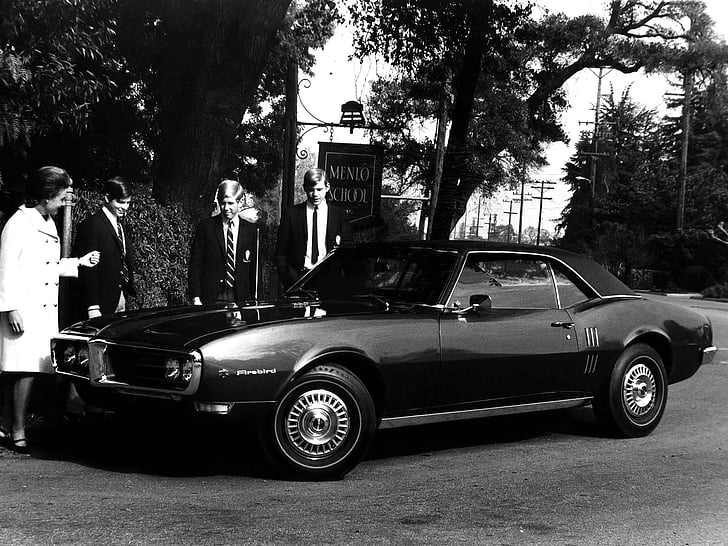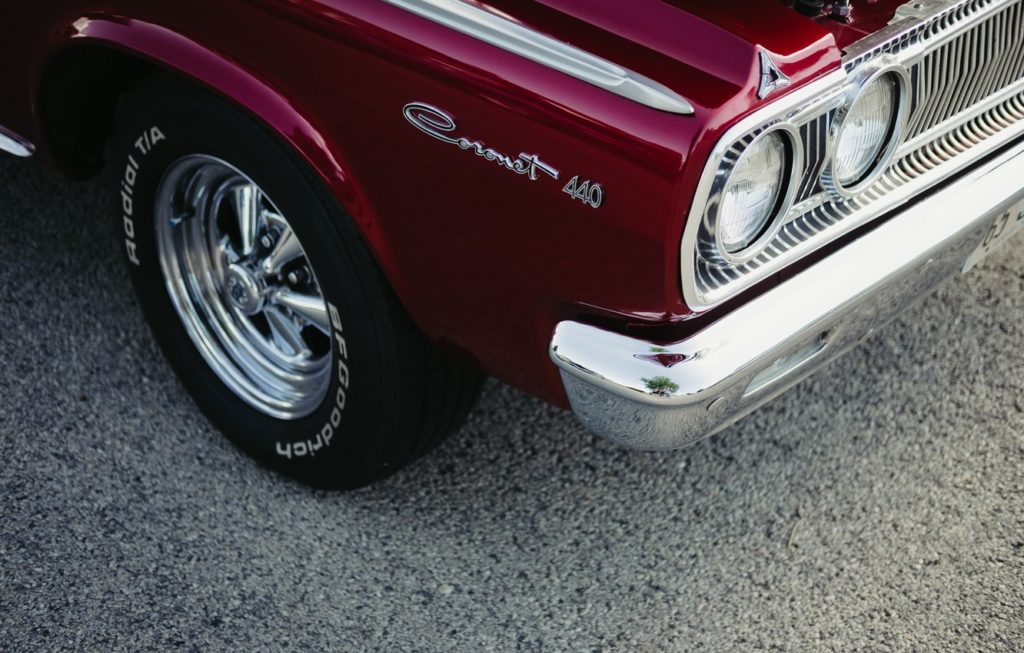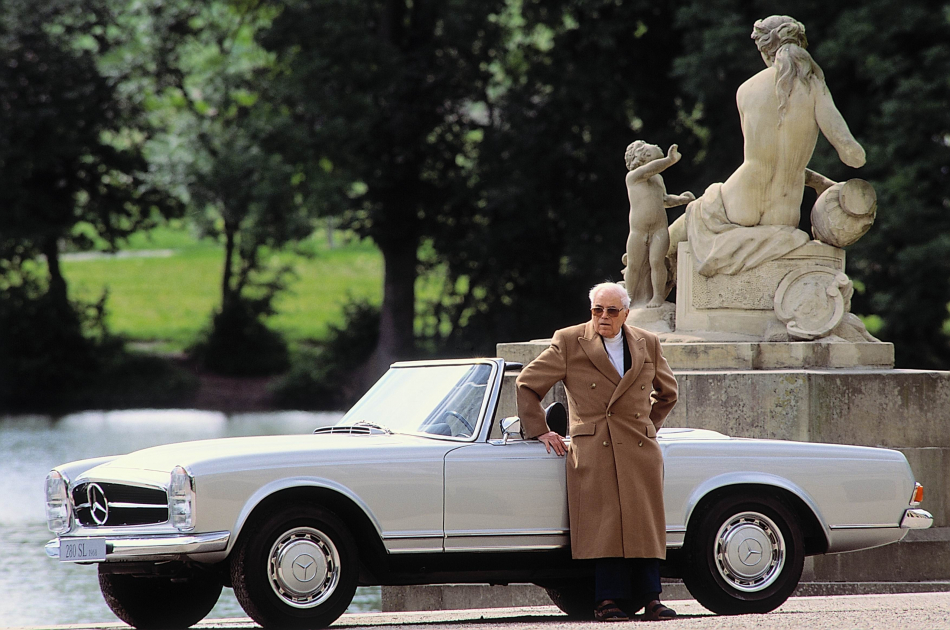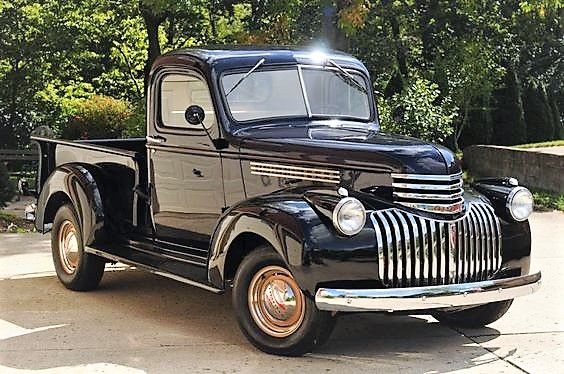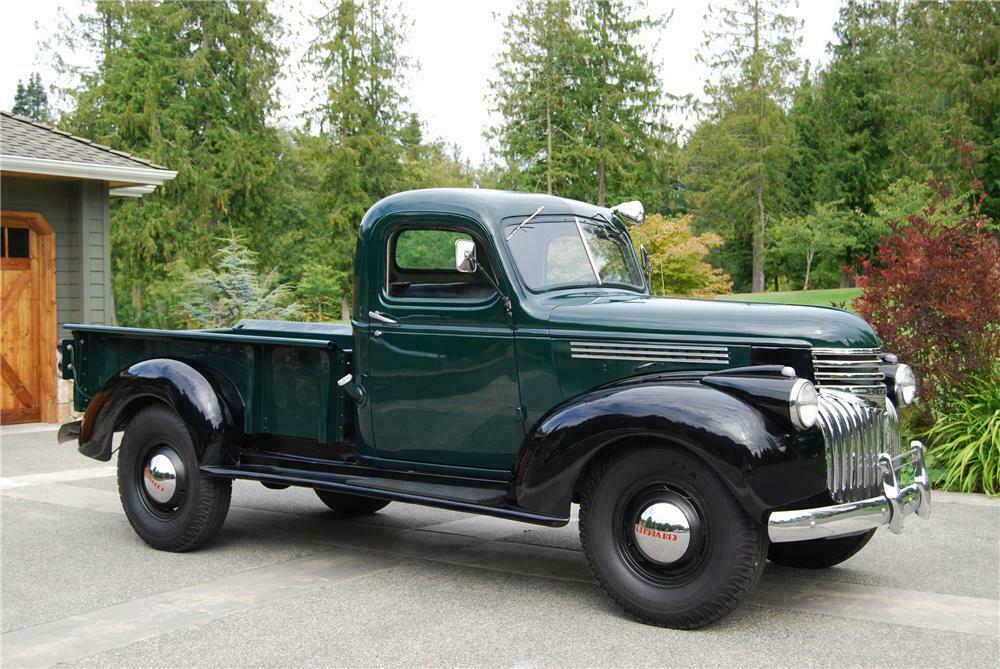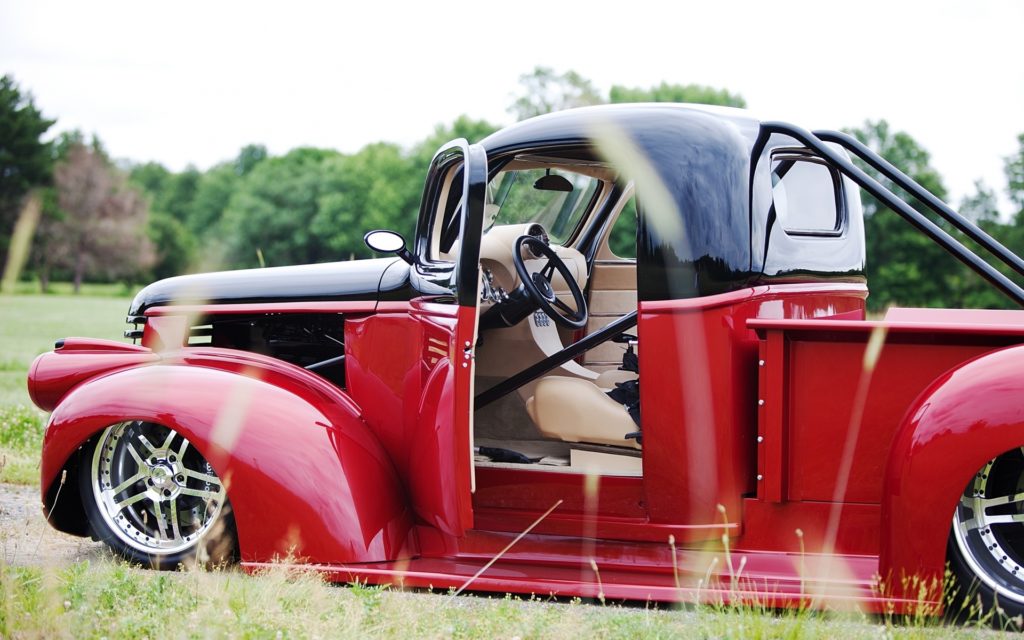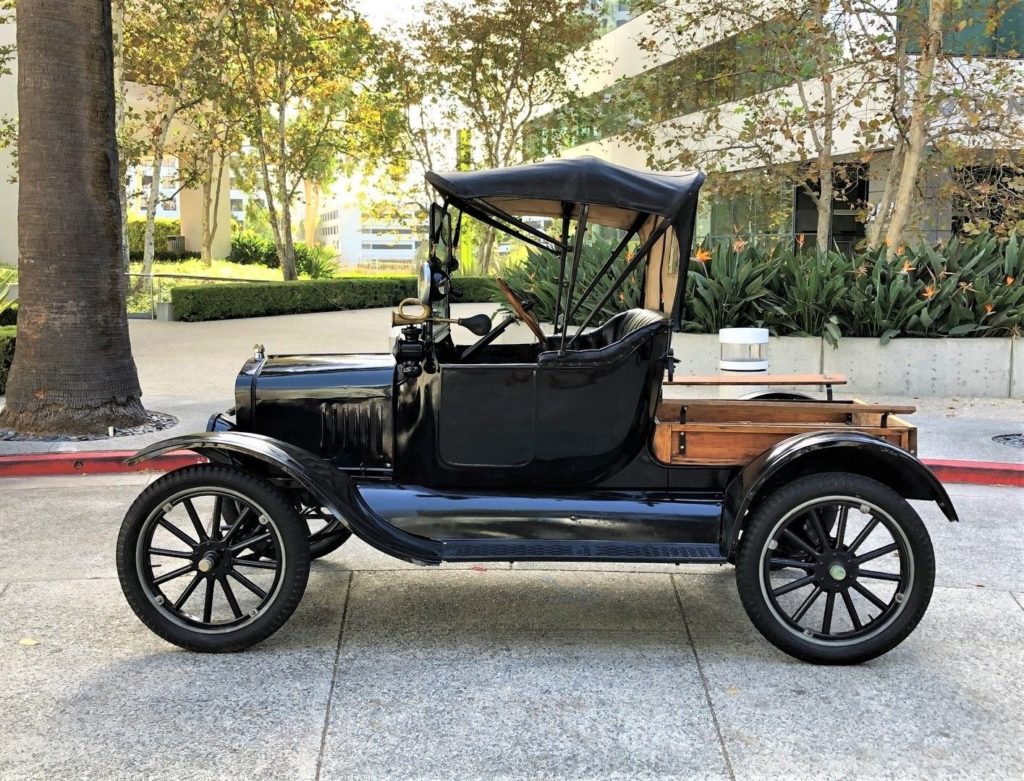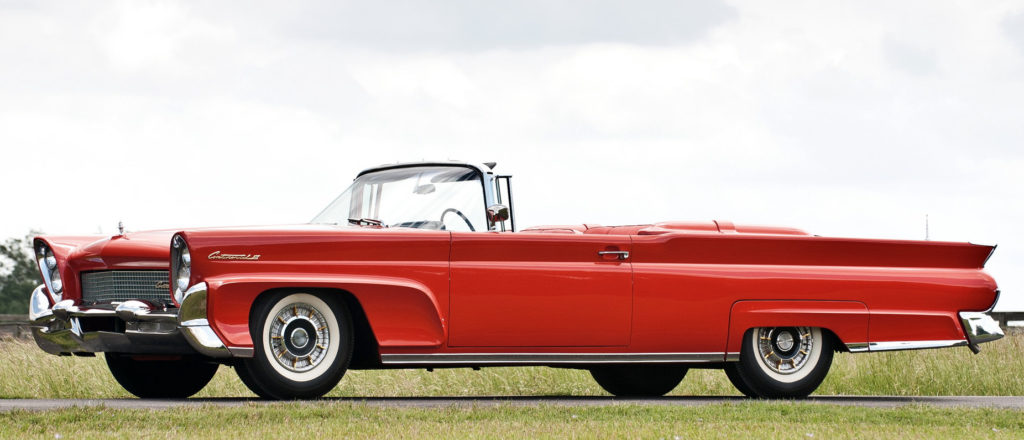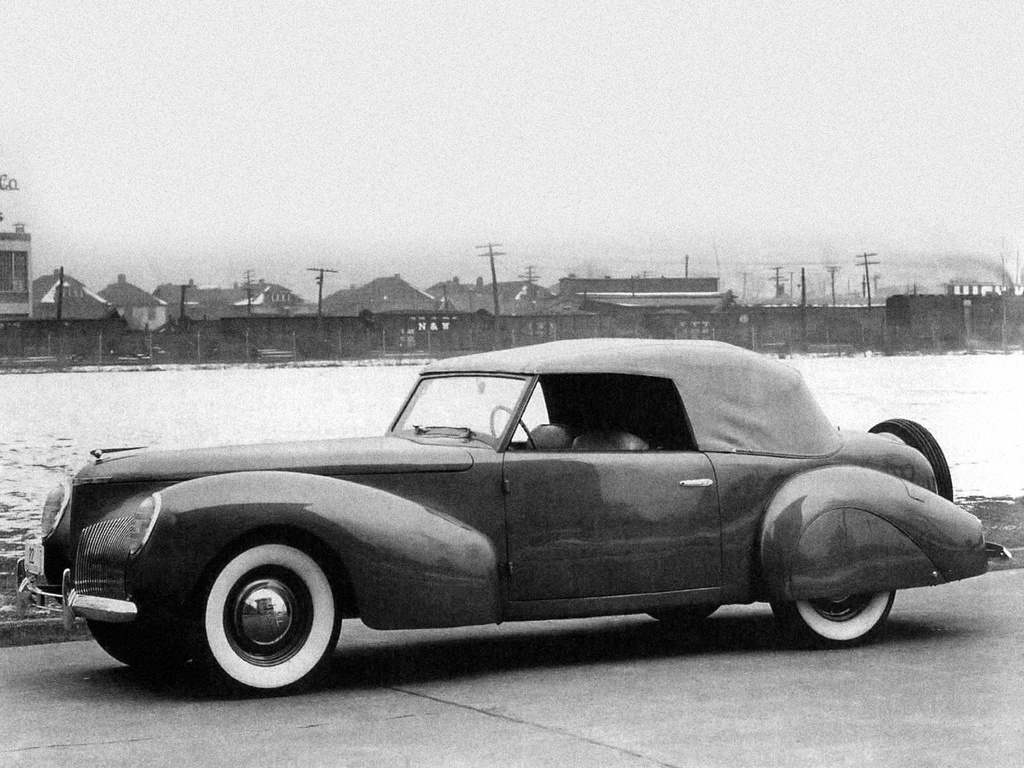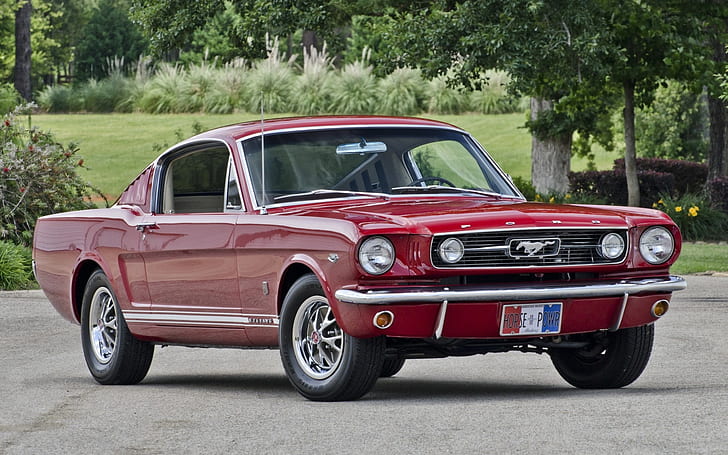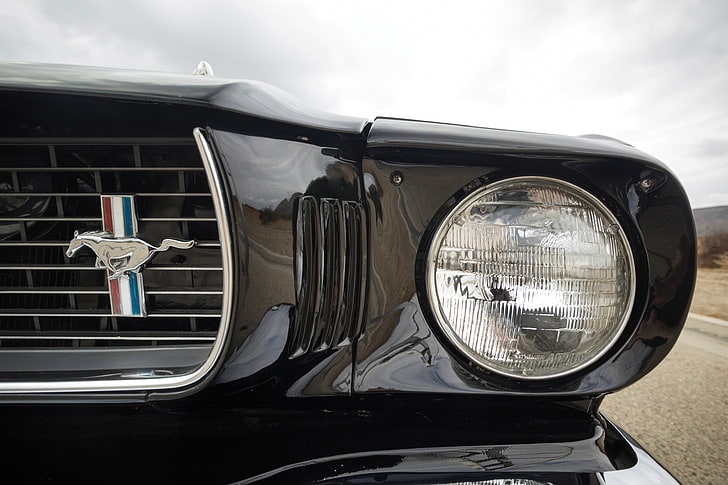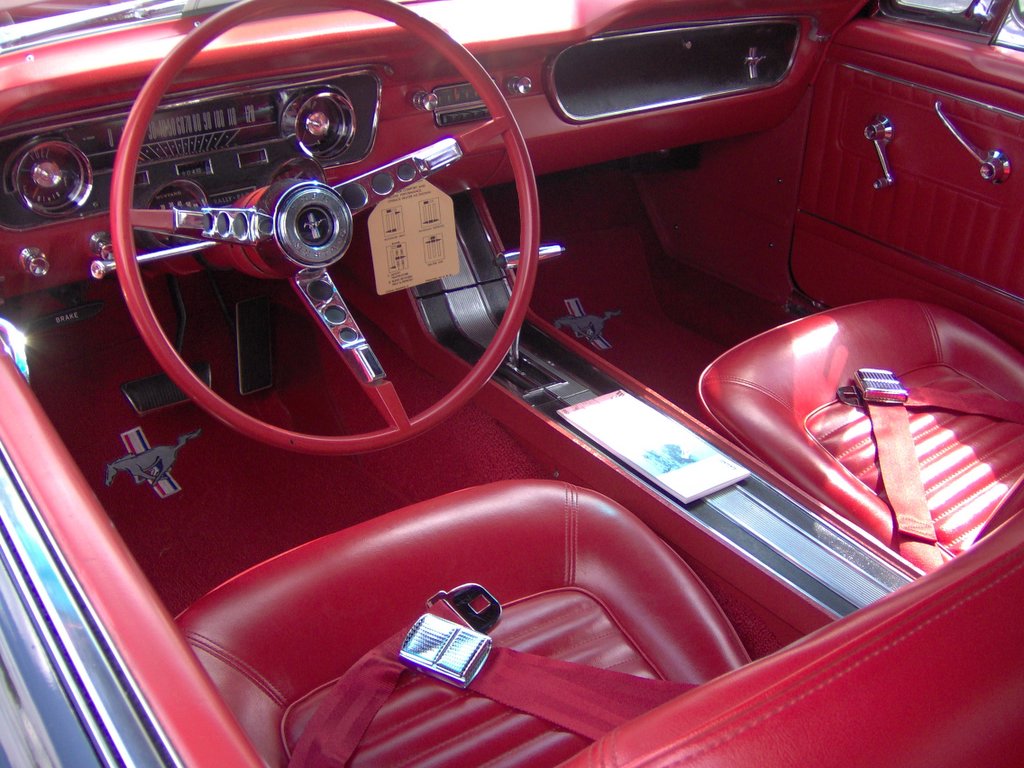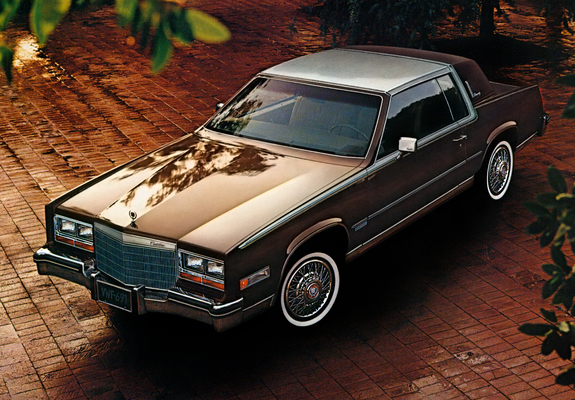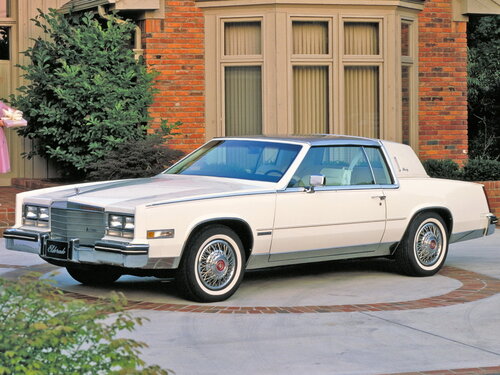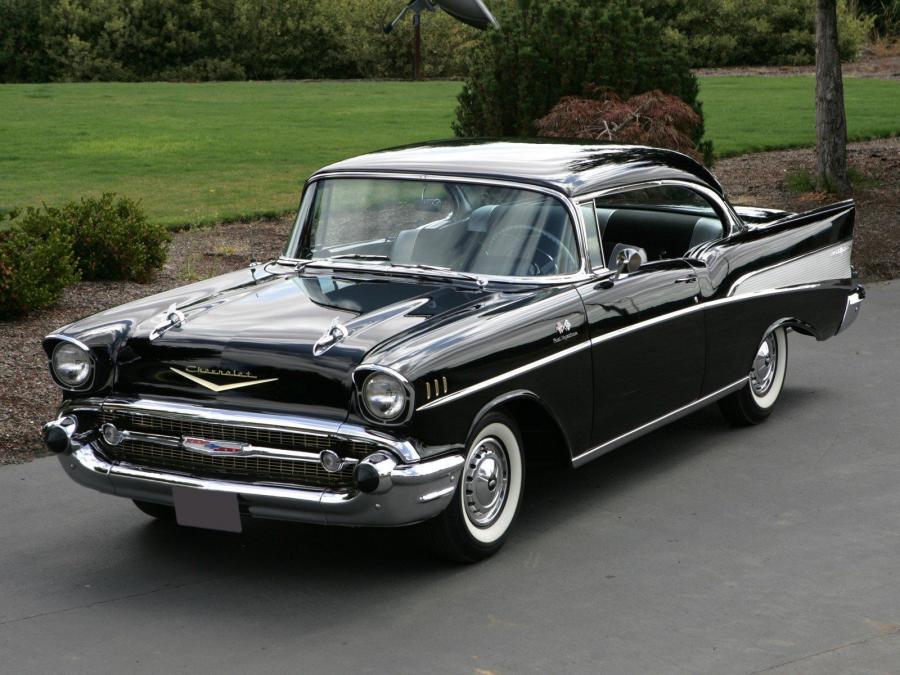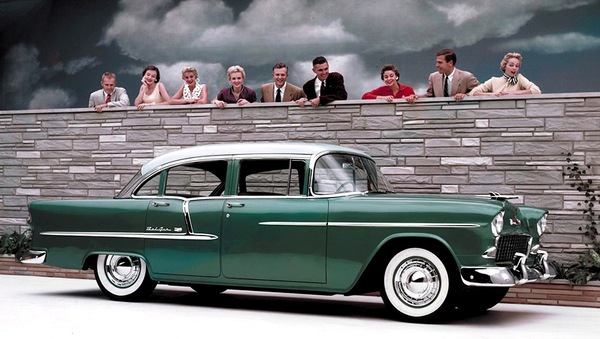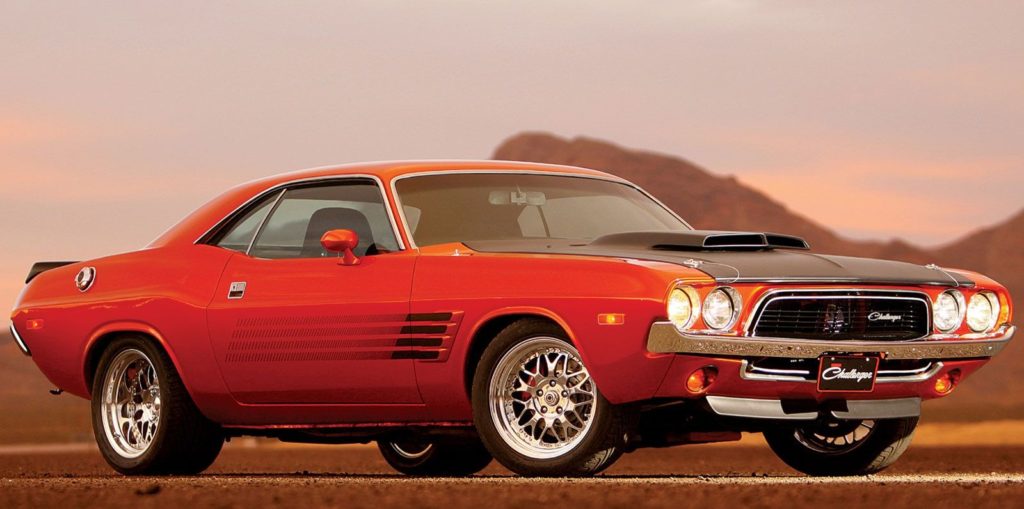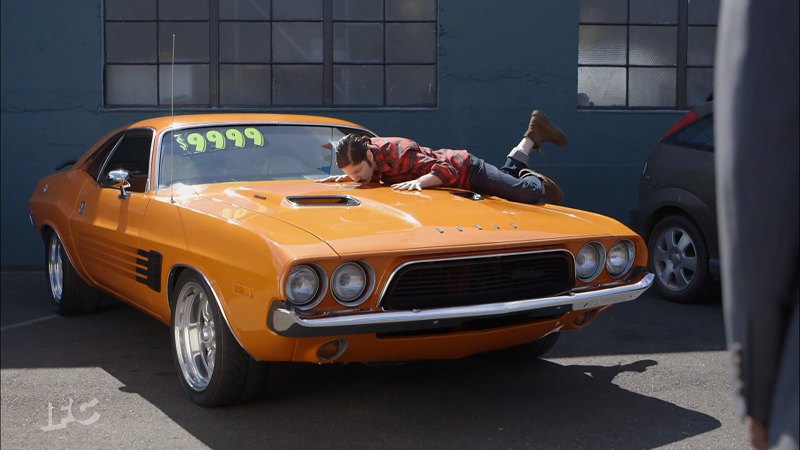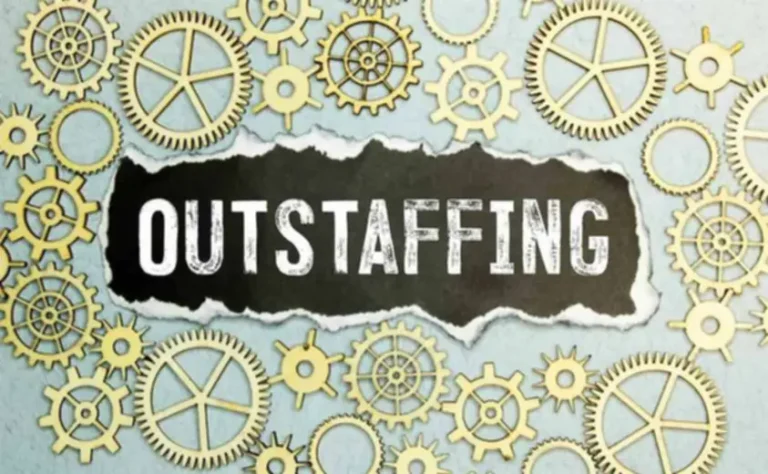The late 1970s marked a turning point for American luxury cars, with automakers moving away from massive, fuel-hungry sedans toward more refined and technologically advanced designs. At the forefront of this shift was the 1979 Cadillac Seville, a car that perfectly blended Cadillac’s legendary comfort with European-inspired sophistication. With its sleek, angular styling, fuel-injected V8 engine, and a level of luxury unmatched in its class, the Seville became an instant status symbol. Whether cruising through city streets or parked outside an upscale venue, it exuded an air of exclusivity and modern elegance that appealed to a new generation of discerning buyers.
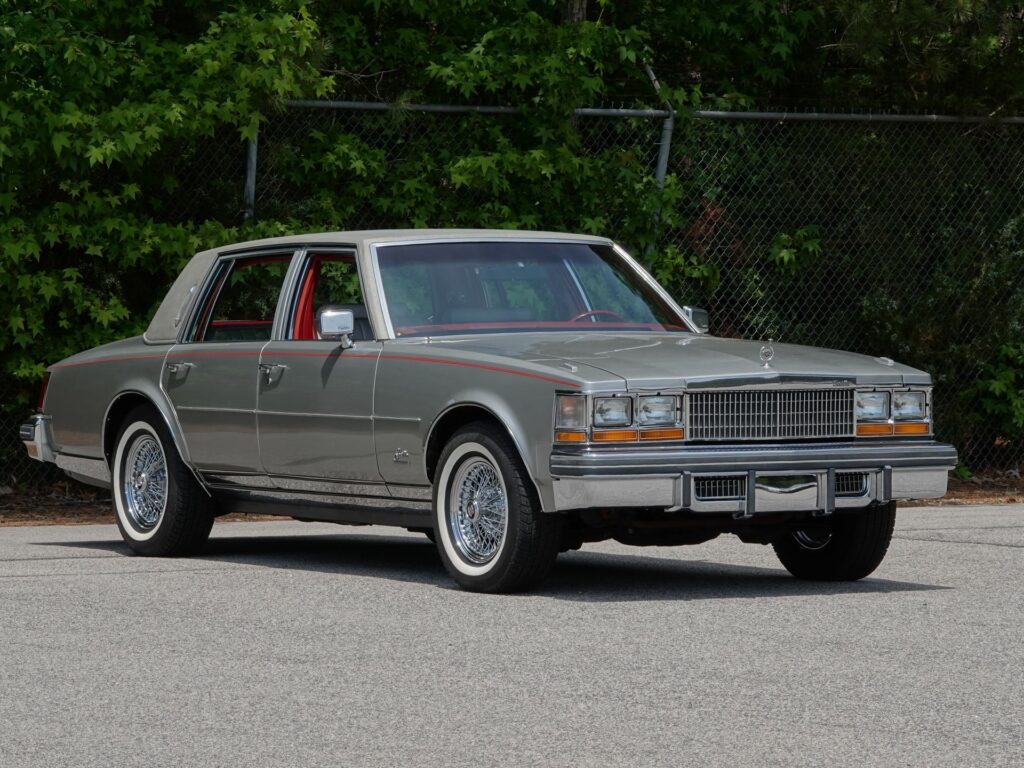
The 1979 Cadillac Seville was powered by a 5.7-liter (350 cubic inch) V8 engine, delivering 170 horsepower and 270 lb-ft of torque. This was paired with a 3-speed Turbo Hydra-Matic automatic transmission, ensuring a smooth and effortless driving experience. The Seville featured a rear-wheel-drive (RWD) layout, with an available fuel-injected V8, making it one of the most advanced luxury sedans of its time. Weighing approximately 4,100 lbs (1,860 kg), the Seville balanced performance with Cadillac’s signature plush ride quality, offering both comfort and capability.
The Origins
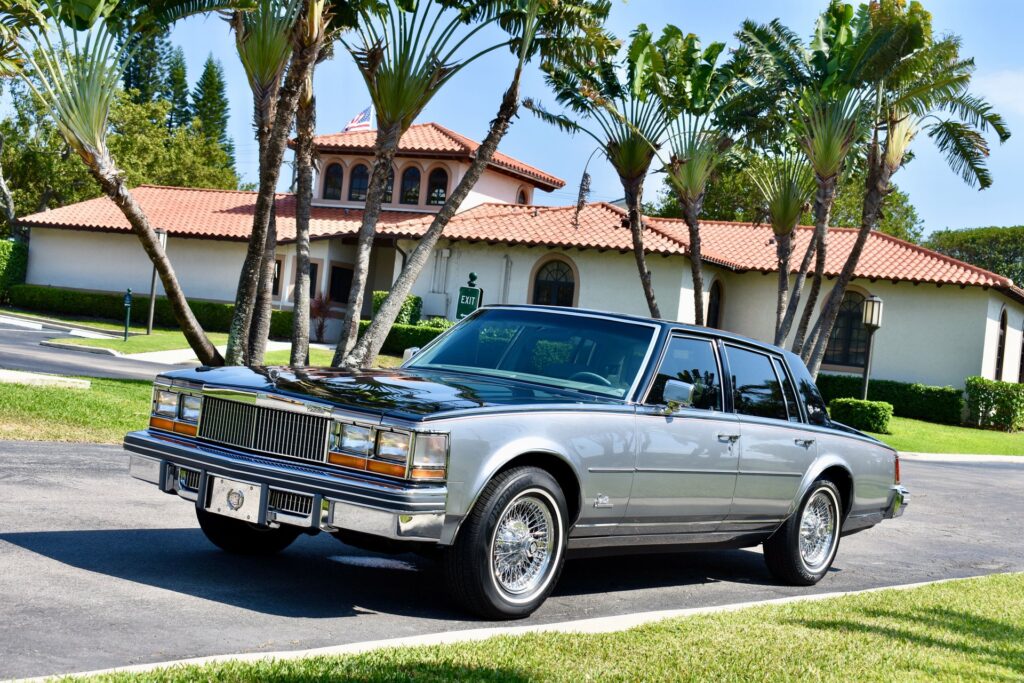
By the mid-1970s, Cadillac recognized a shift in consumer preferences. While traditional full-sized Cadillac’s like the Eldorado and Fleetwood remained popular, there was an increasing demand for a more compact, fuel-efficient luxury car that could compete with European models from Mercedes-Benz and BMW. In response, Cadillac introduced the Seville in 1975, positioning it as a more refined and sophisticated alternative to traditional American luxury sedans.
Unlike its larger Cadillac siblings, the Seville was built on a modified GM X-body platform, giving it a more agile and composed ride. It featured fuel injection, a first for Cadillac, improving both performance and efficiency. The car’s angular design, upright grille, and formal roofline took inspiration from European luxury sedans, making it a standout in the American market. The Seville was designed to attract younger, more affluent buyers who appreciated a blend of American luxury and European refinement.
By 1979, the Seville had firmly established itself as Cadillac’s high-end mid-size luxury sedan, setting new standards for technology, comfort, and sophistication.
The 1979 Model Year
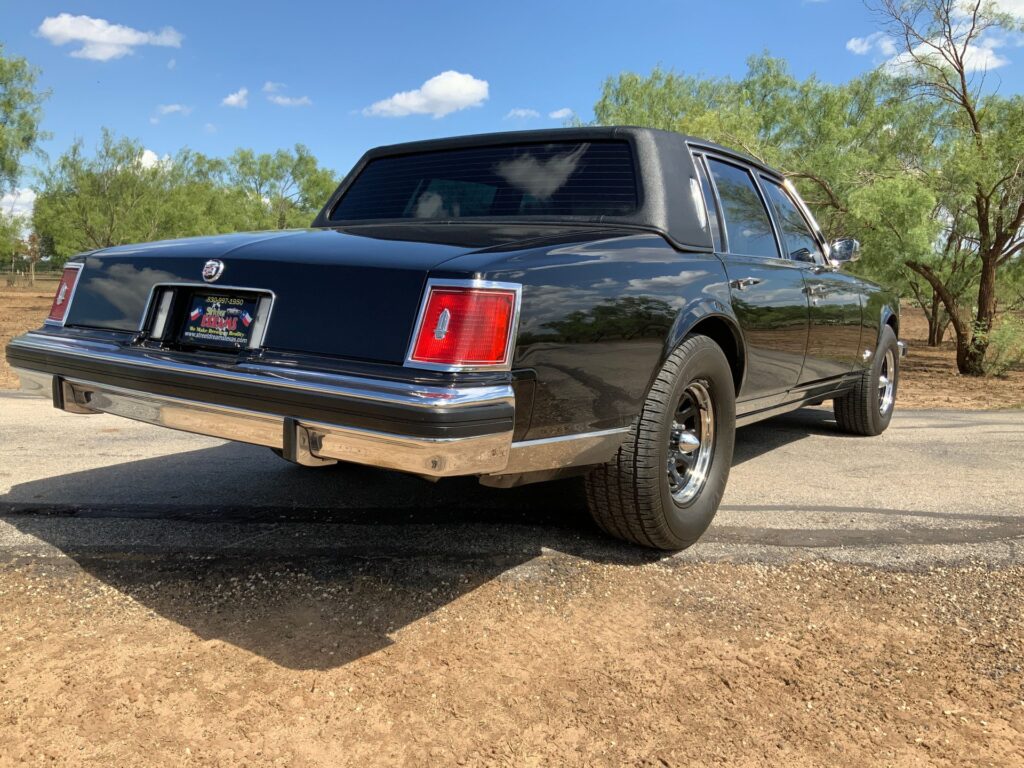
The 1979 Cadillac Seville was the final model year of the first-generation Seville before Cadillac introduced a radical redesign for 1980. This year’s model retained all the luxurious features that made the Seville a standout, while introducing minor refinements to its design and performance.
The standard 5.7-liter V8 came equipped with electronic fuel injection (EFI), a cutting-edge feature at the time, ensuring improved fuel economy and smoother throttle response. For select markets, Cadillac also offered an Oldsmobile-sourced 5.7-liter diesel V8, making the Seville one of the first American luxury cars available with a diesel engine.
Inside, the Seville continued to offer plush leather upholstery, real wood trim, and state-of-the-art electronic features such as an optional digital trip computer. Cadillac also enhanced the suspension system for a more refined ride, ensuring that the Seville maintained its reputation as one of the most comfortable luxury sedans on the road.
Styling updates for 1979 were subtle, with new wheel covers, additional trim accents, and refinements to the chrome detailing, keeping the Seville’s look fresh while maintaining its signature elegance.
Did You Know?
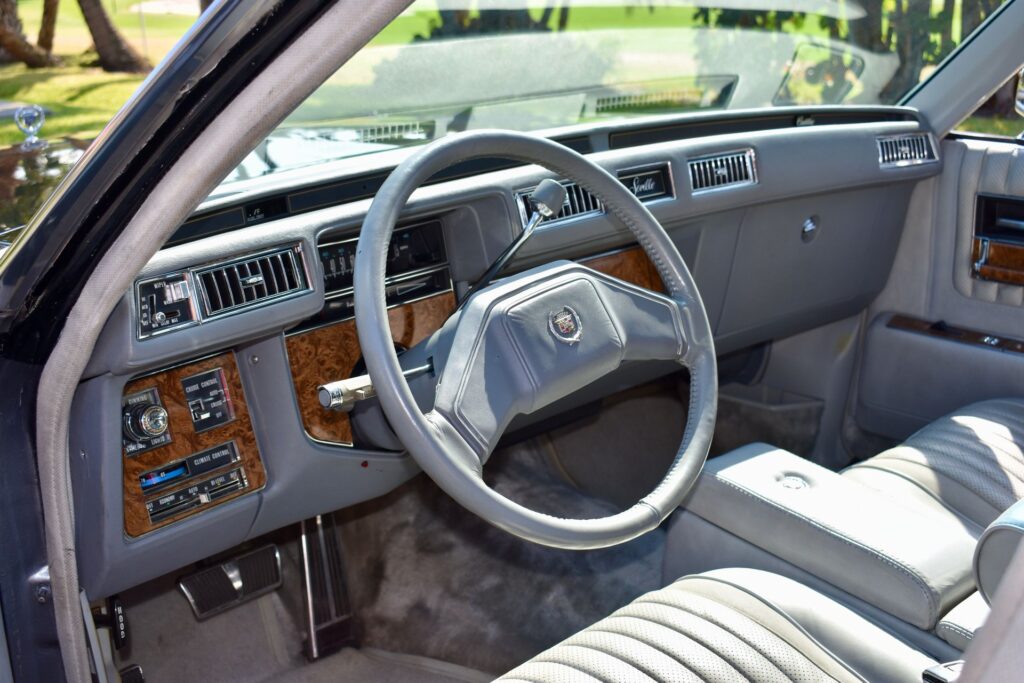
- First Fuel-Injected Cadillac: The Seville was the first Cadillac model to feature electronic fuel injection (EFI), a major innovation at the time.
- Diesel Option: Cadillac offered a 5.7L Oldsmobile diesel V8, one of the earliest diesel options in an American luxury car.
- European Influence: The Seville’s sharp, angular design was inspired by luxury brands like Rolls-Royce and Mercedes-Benz, appealing to a younger demographic.
- High-End Features: The Seville came with standard four-wheel disc brakes, power windows, and automatic climate control, setting it apart from other American cars of the time.
- Collector’s Favorite: The 1979 Seville is considered one of the most desirable first-generation models due to its refined styling and technological advancements.
Contact us if you have this or another classic car to sell or consign.
